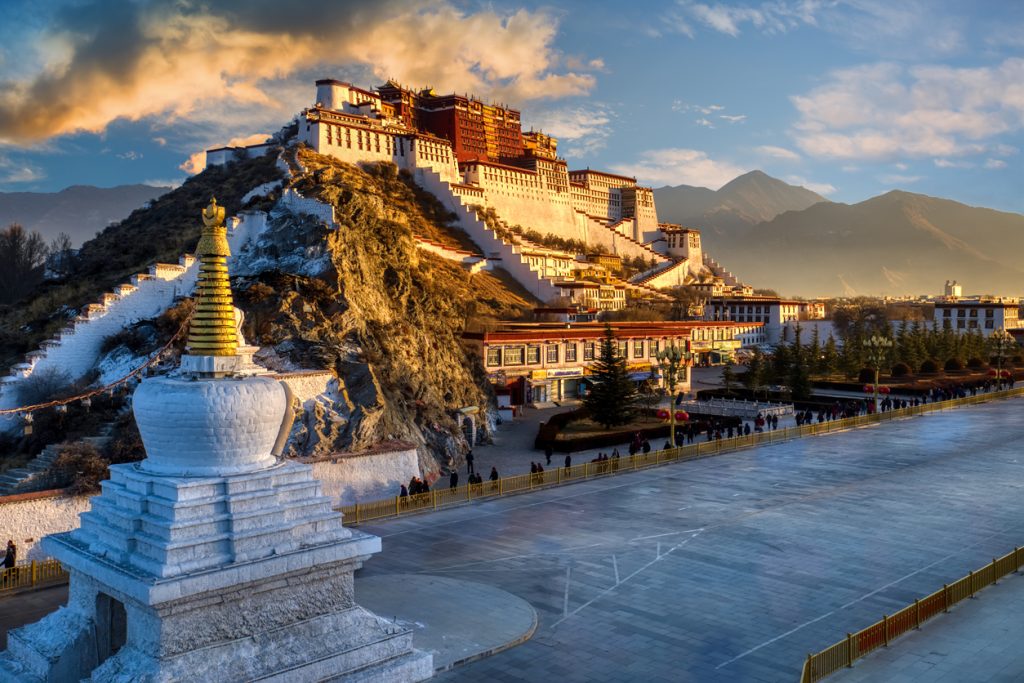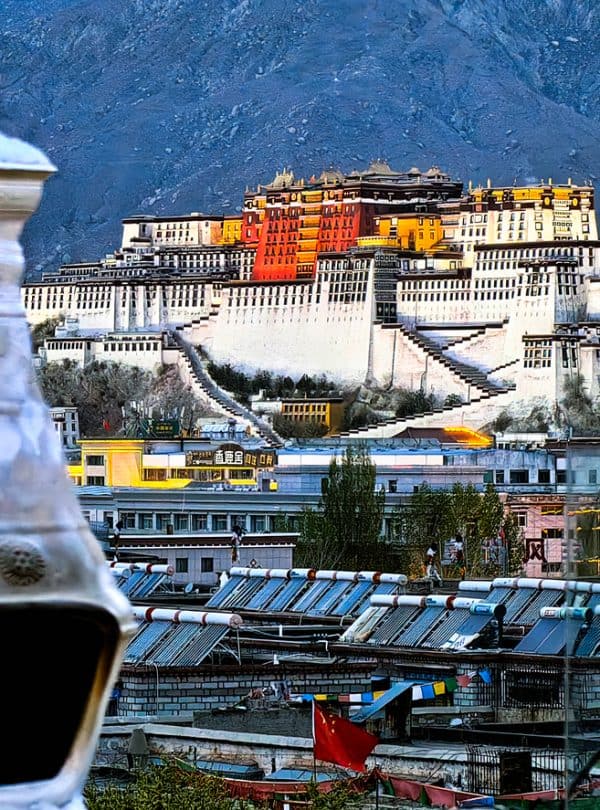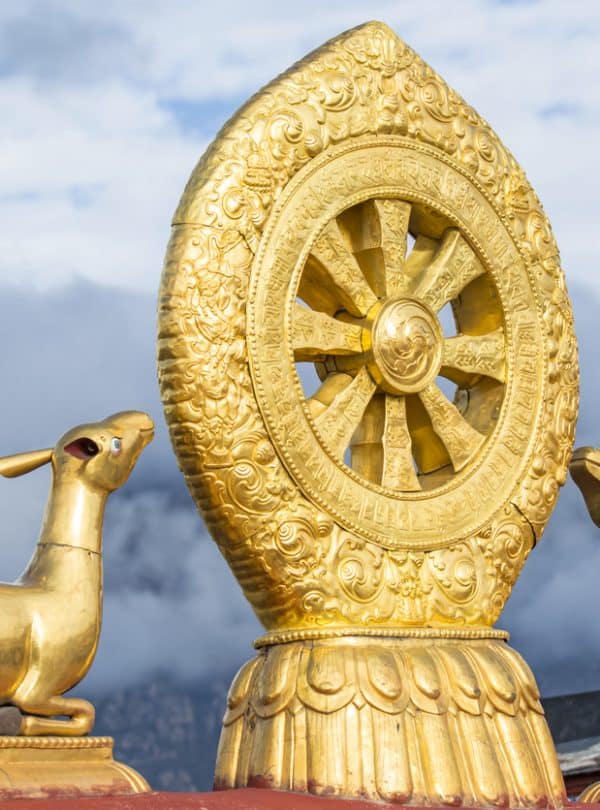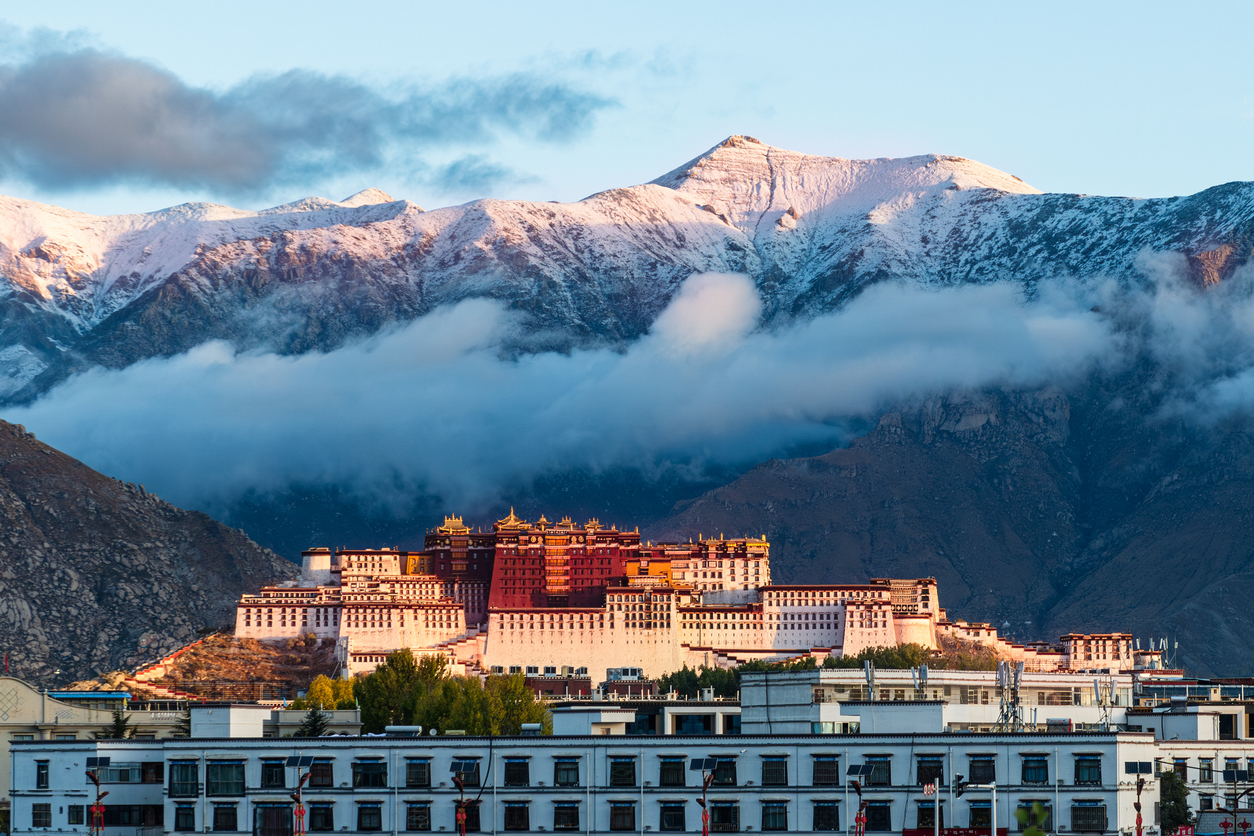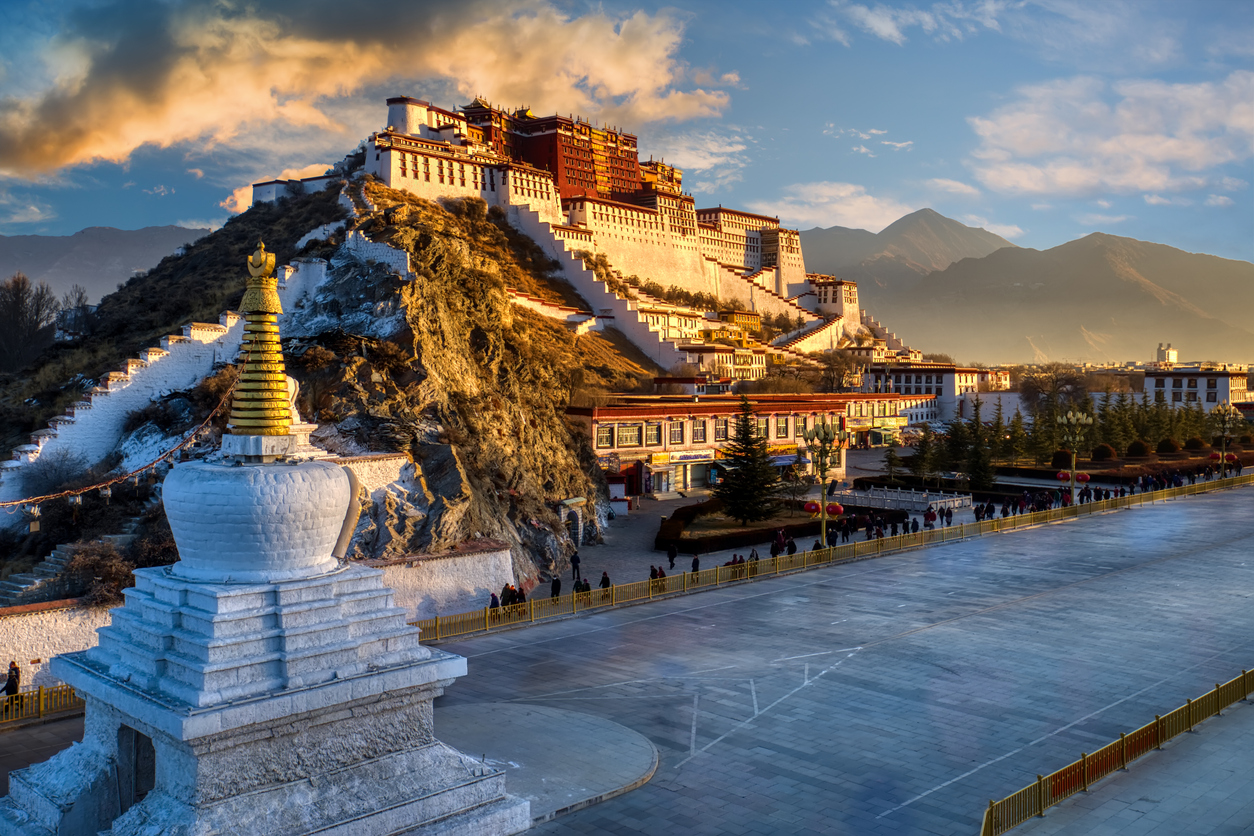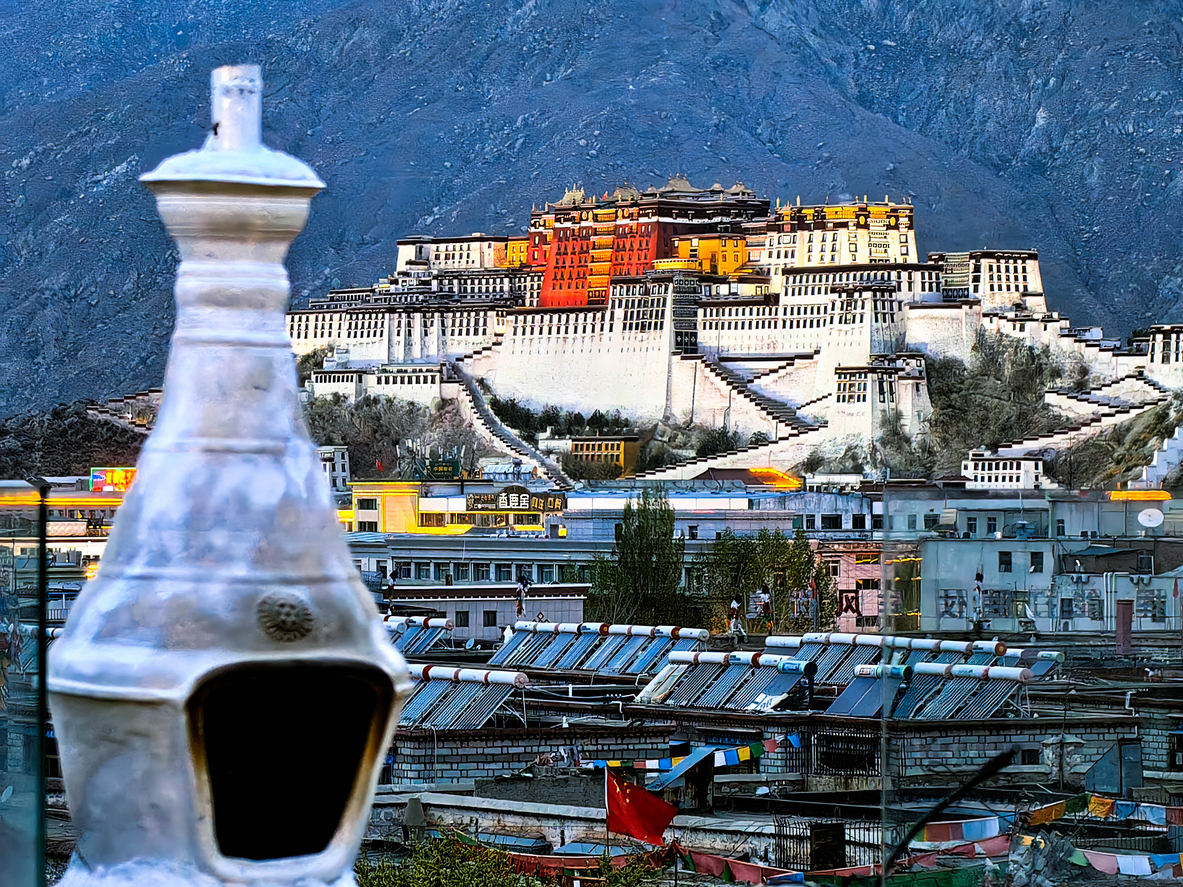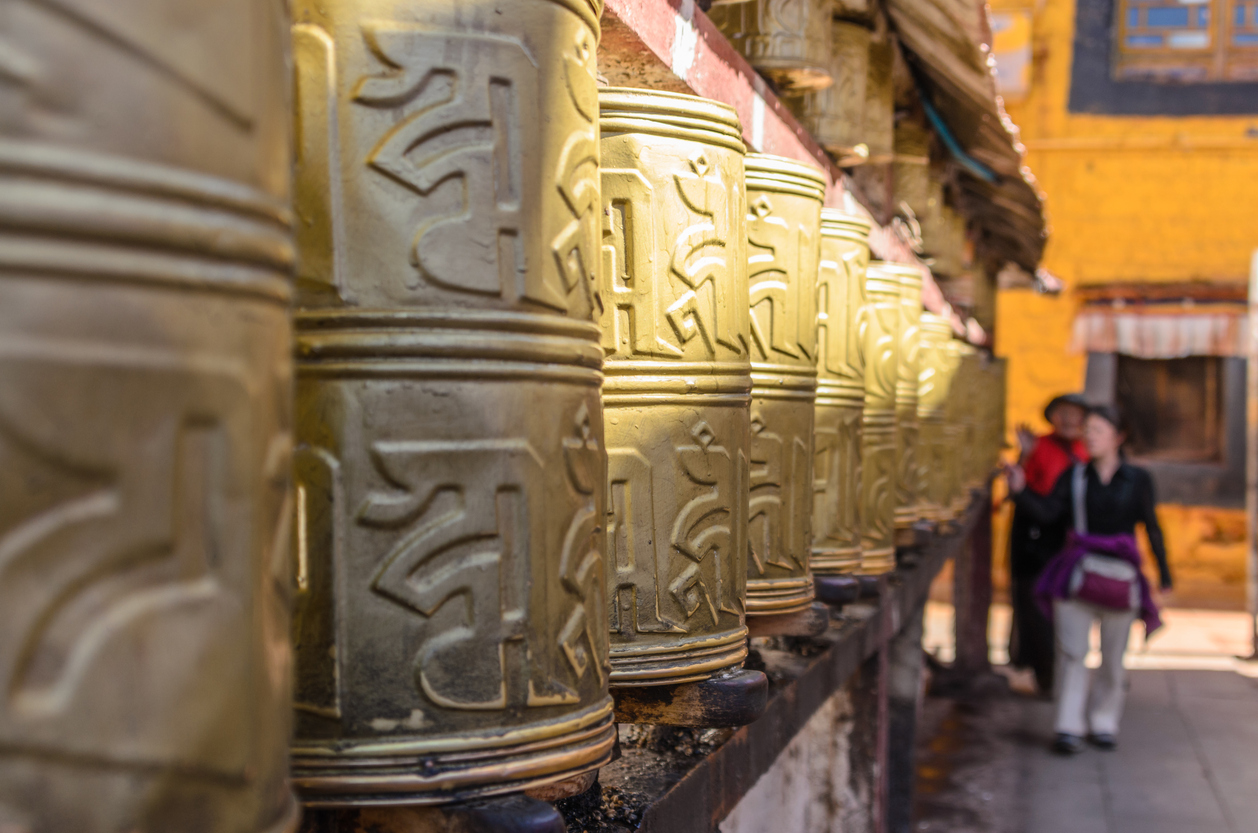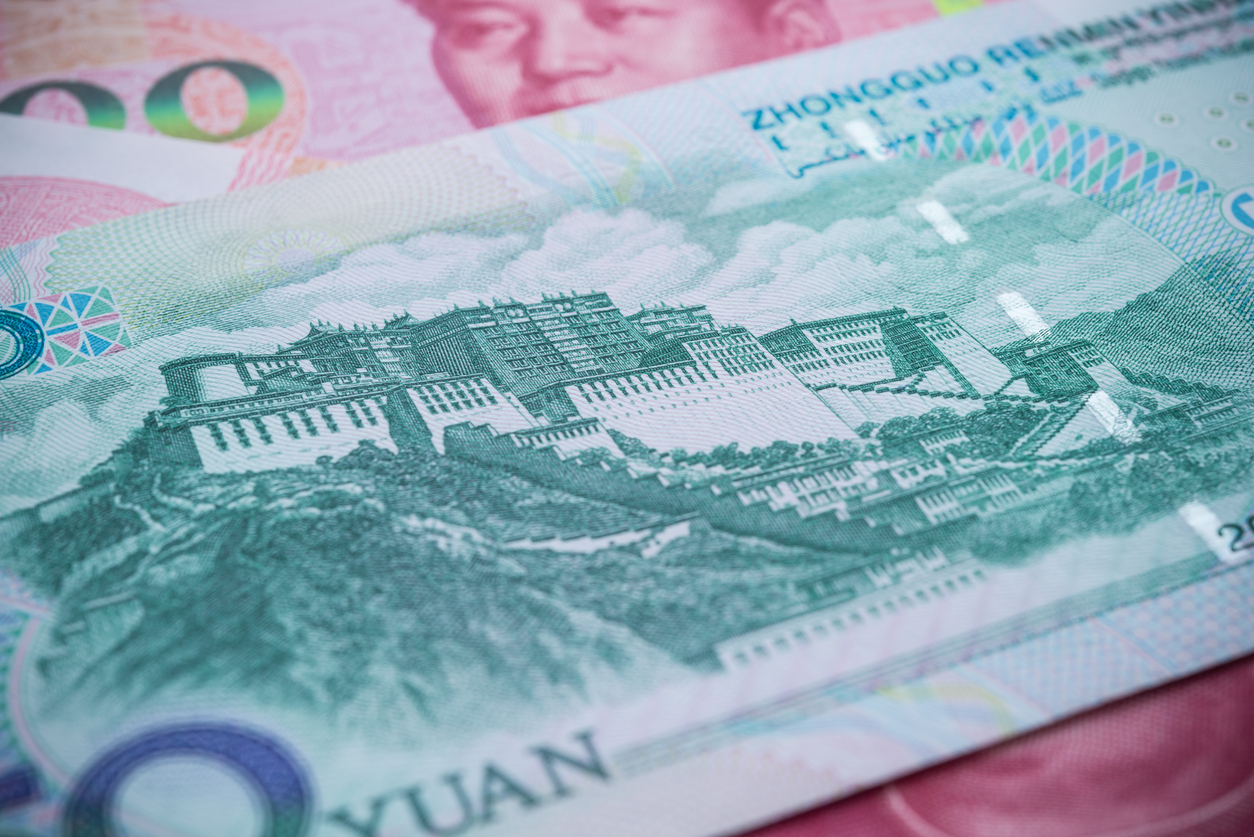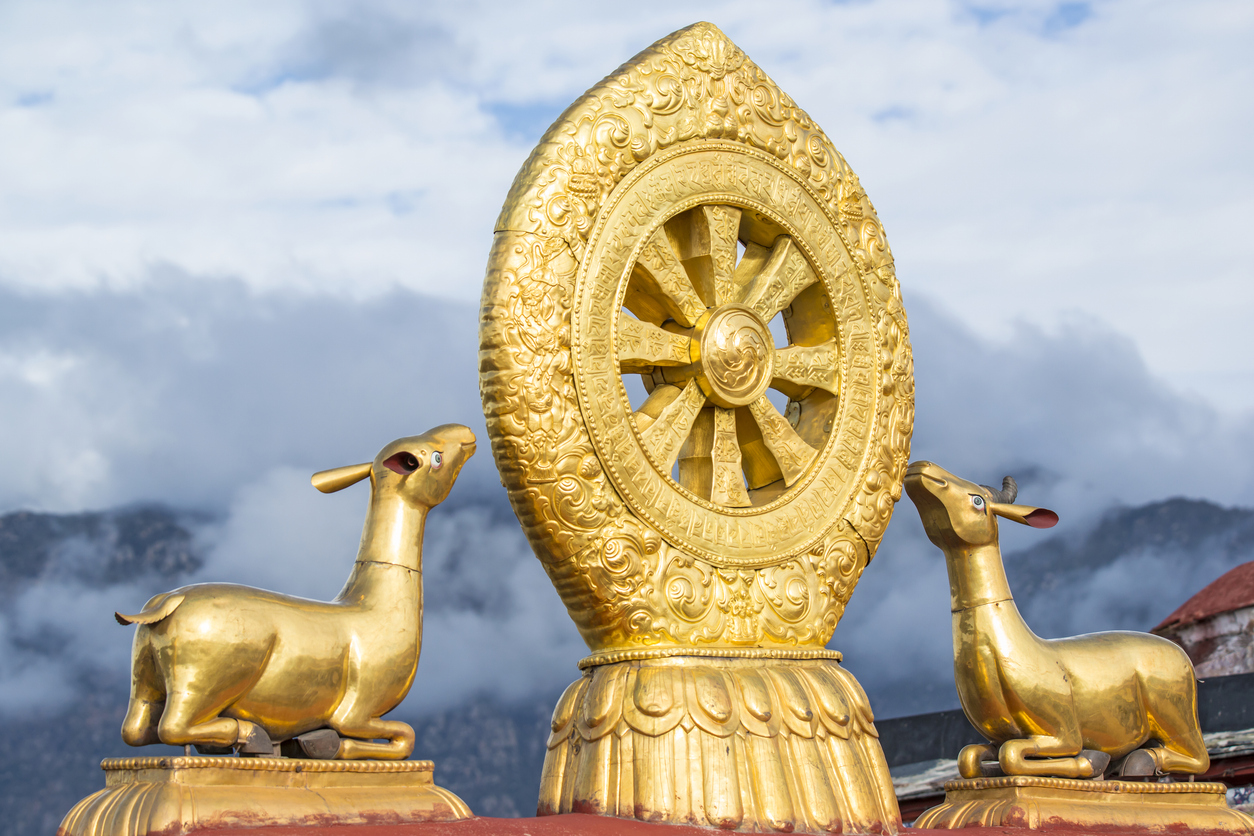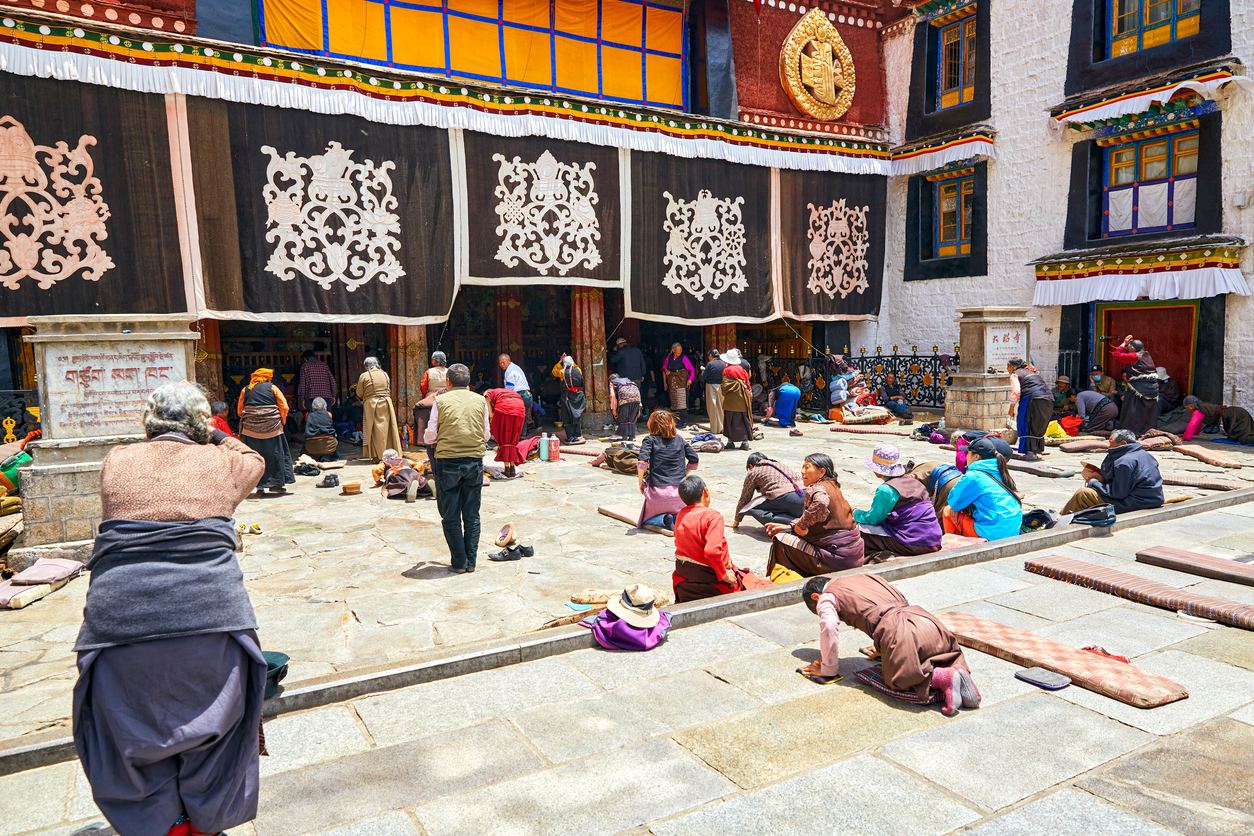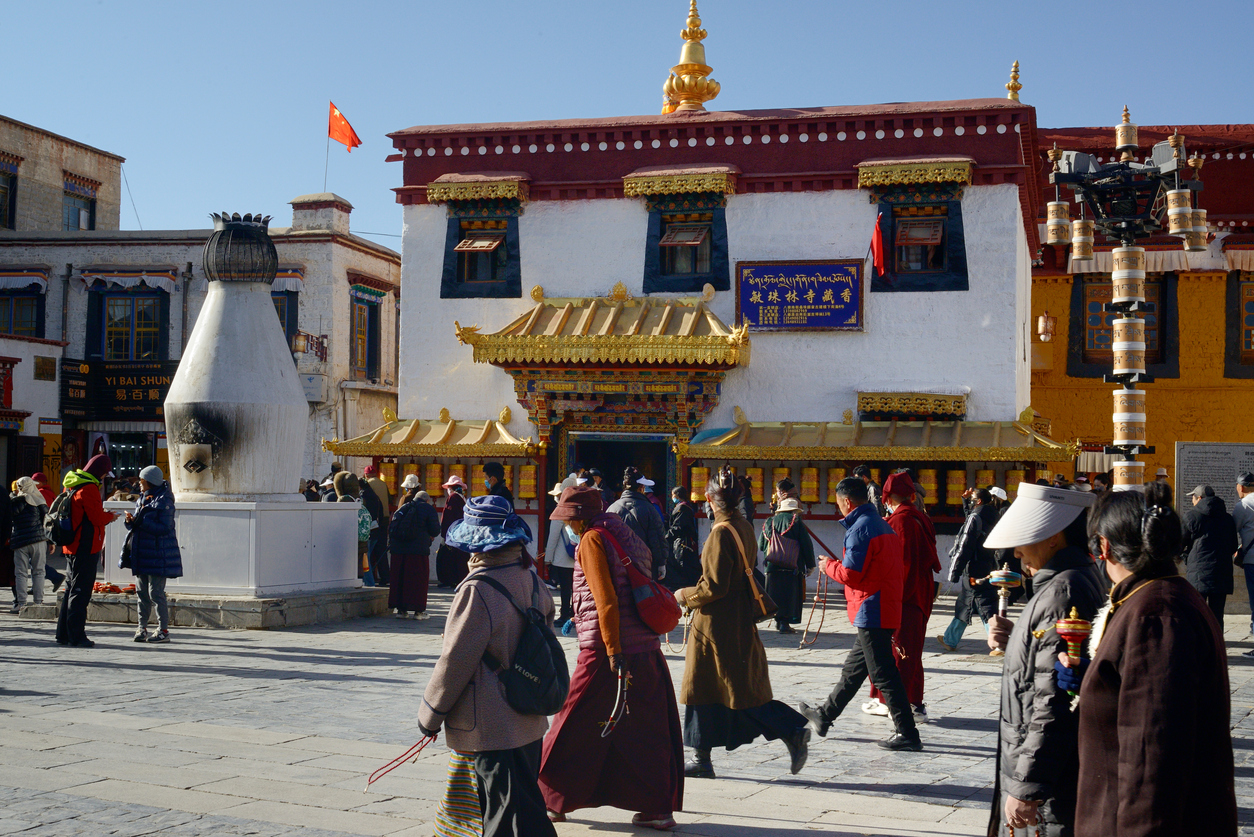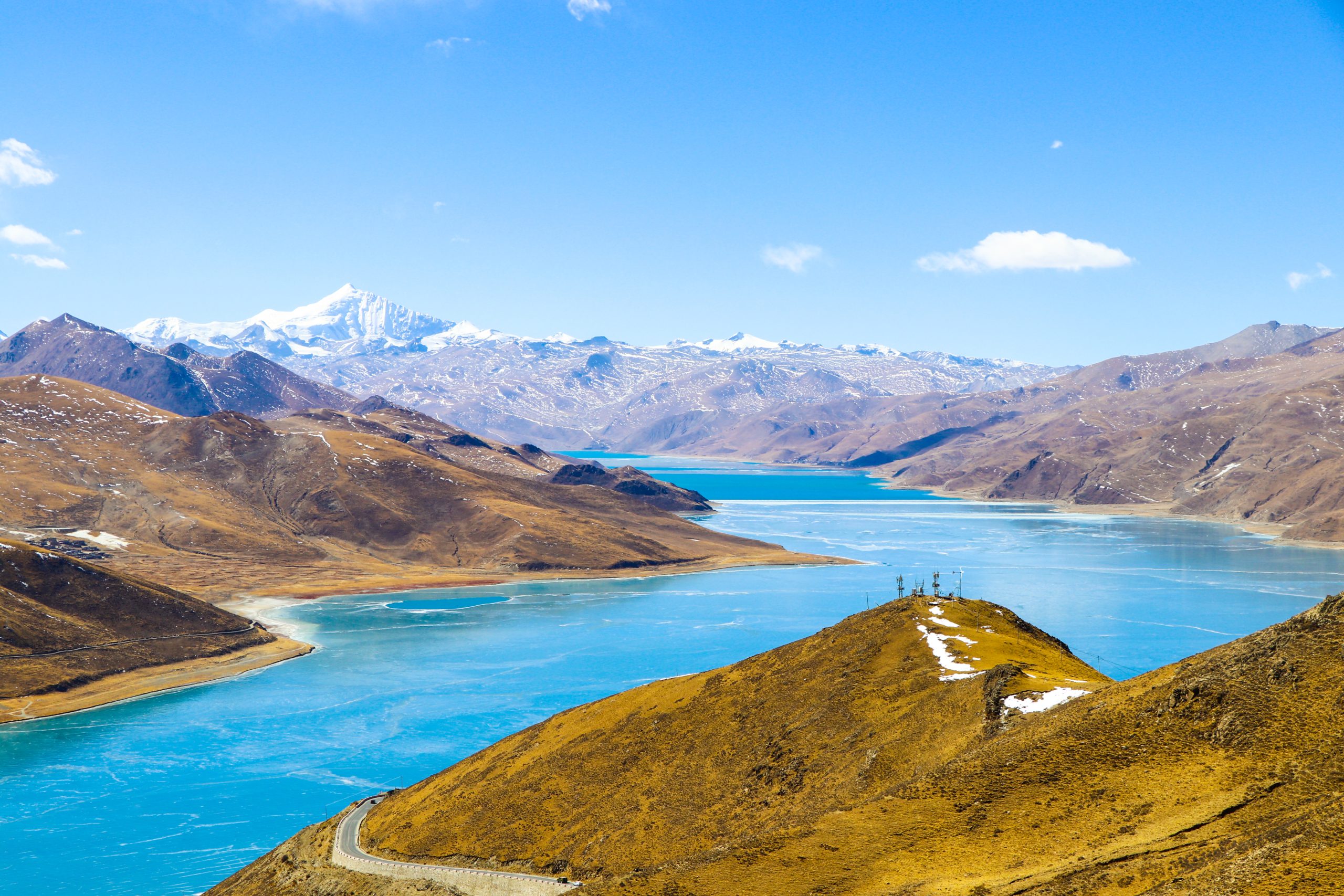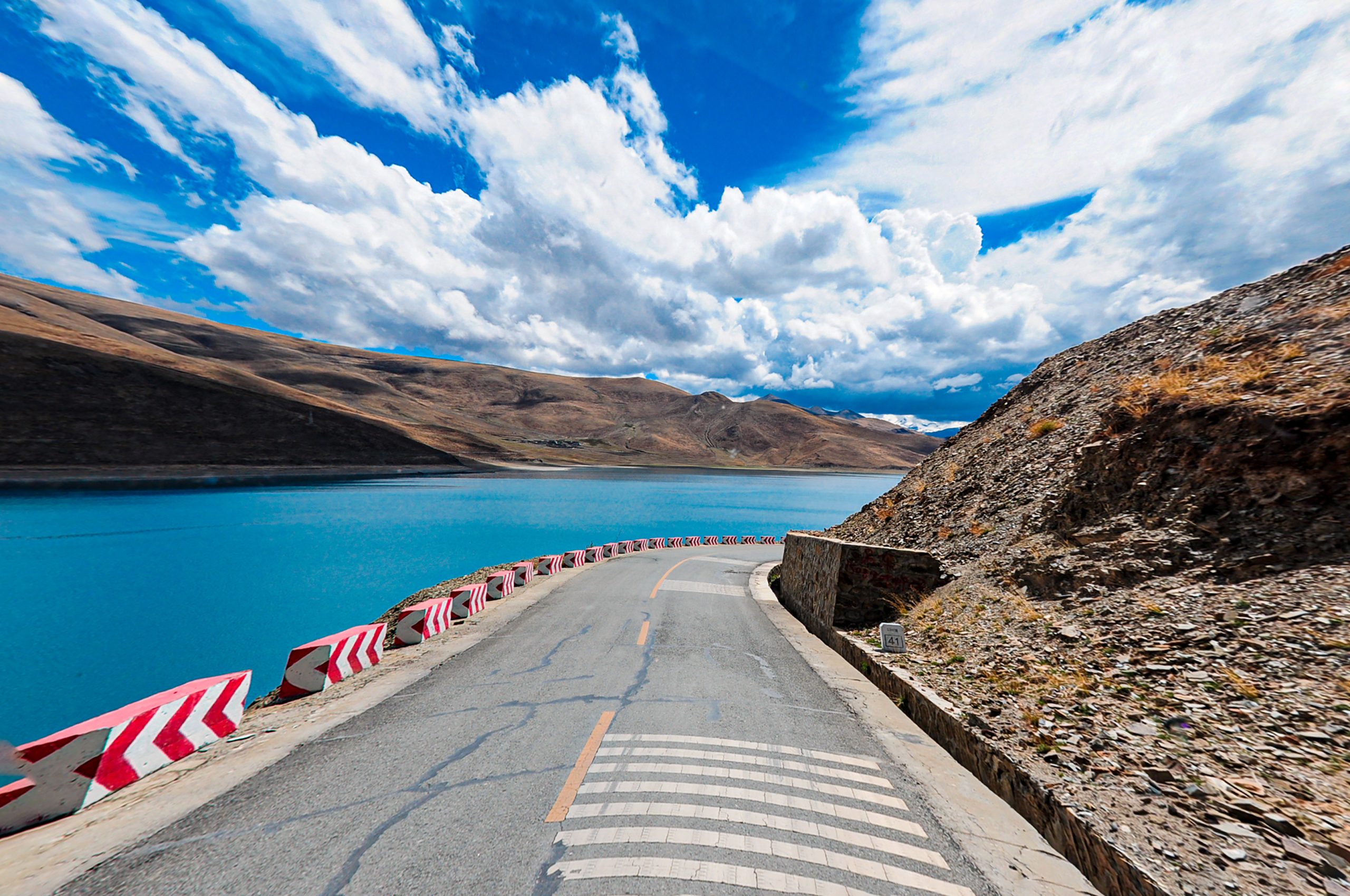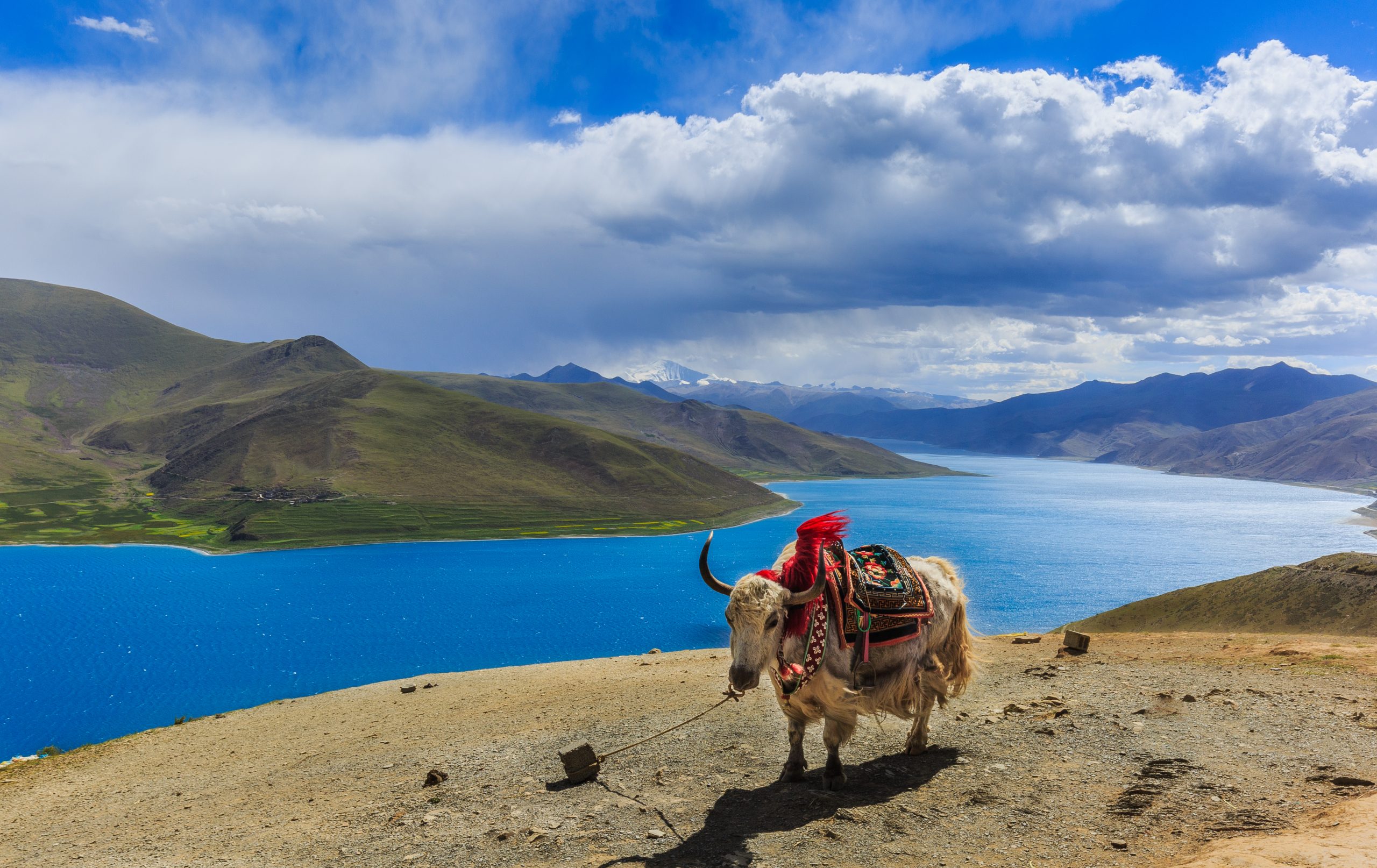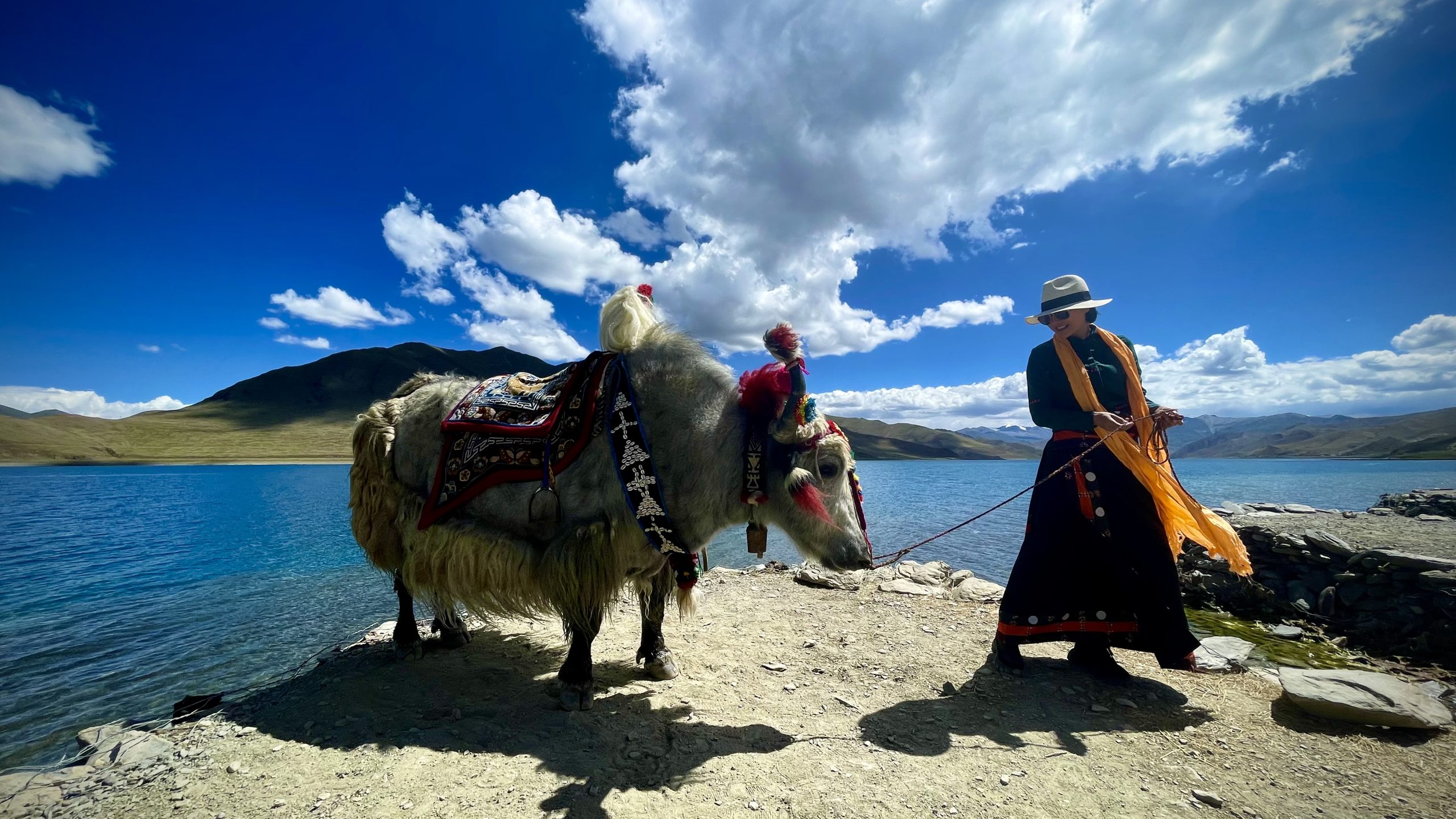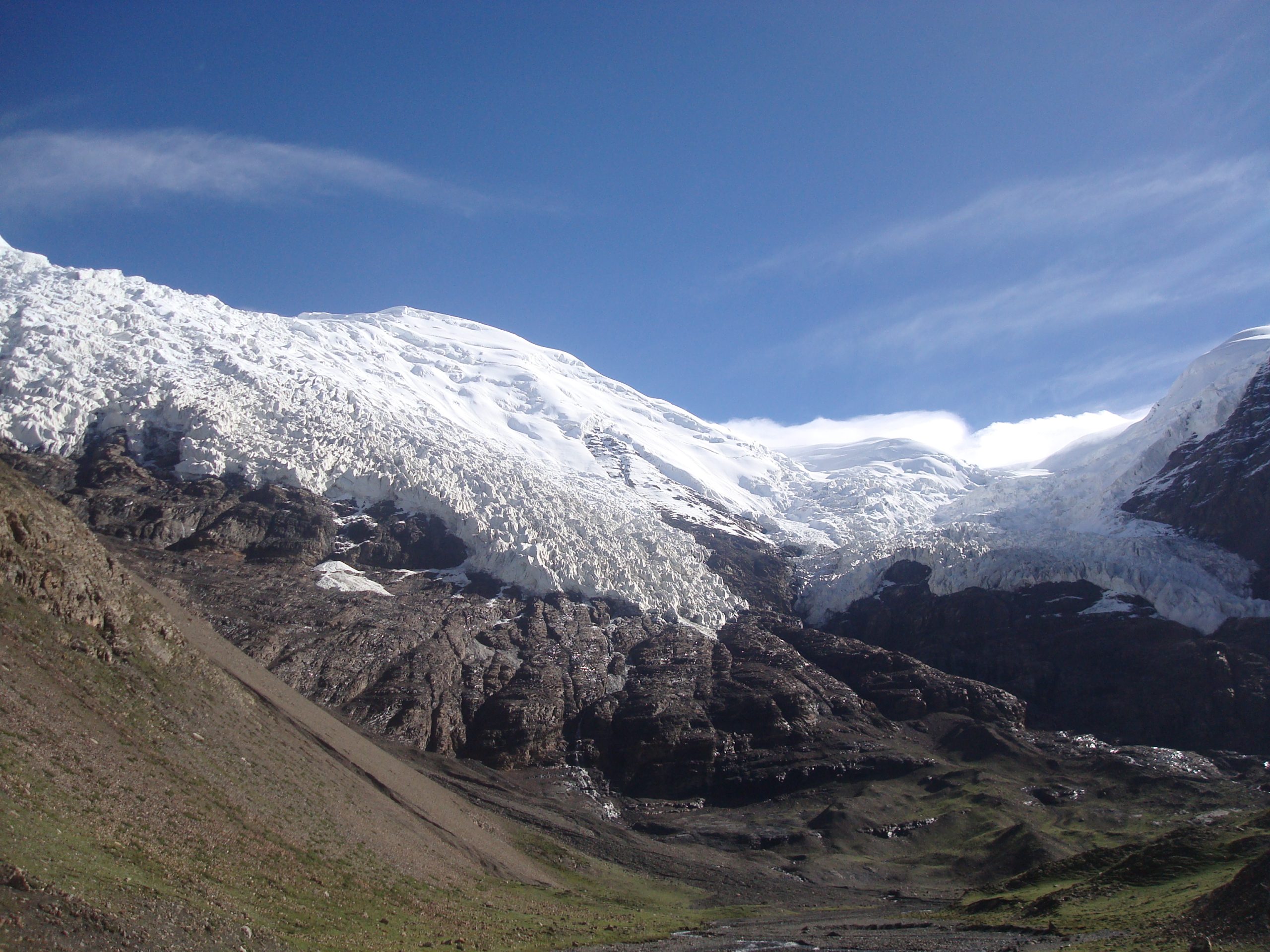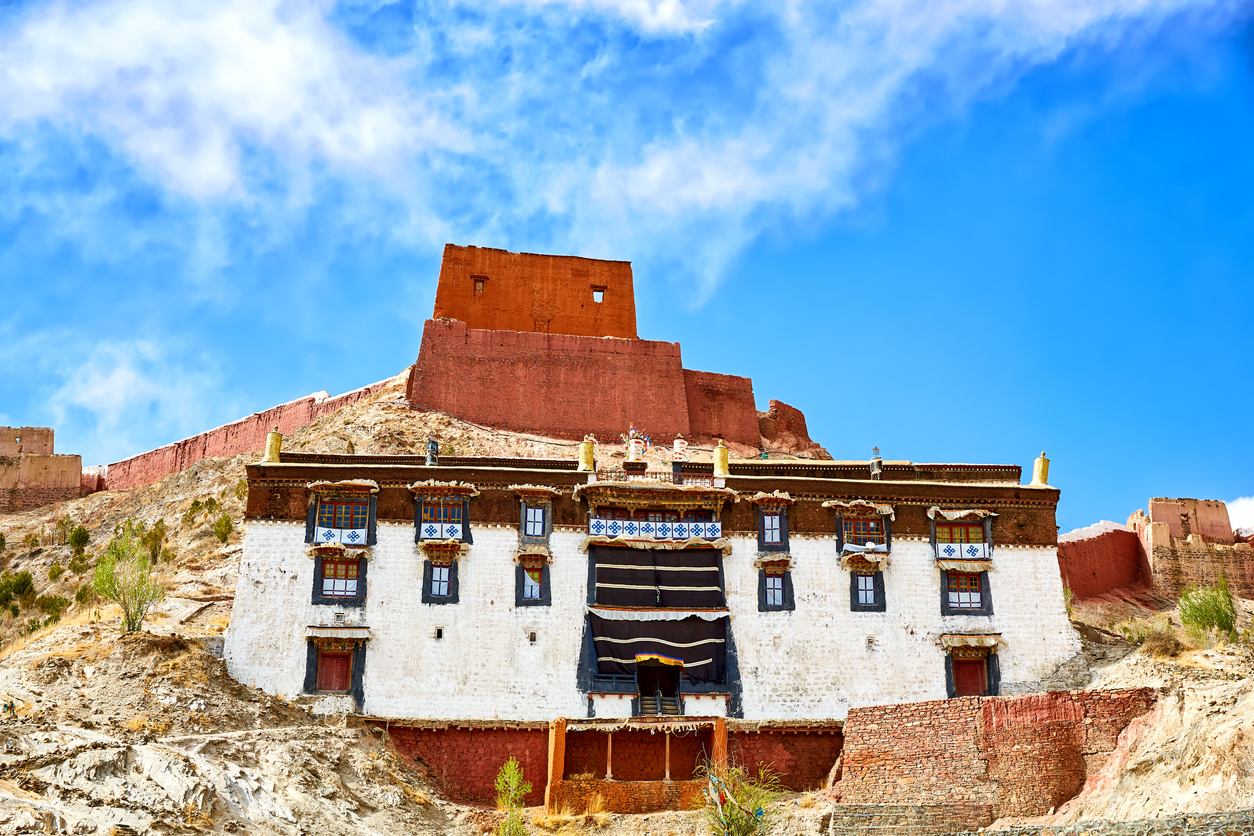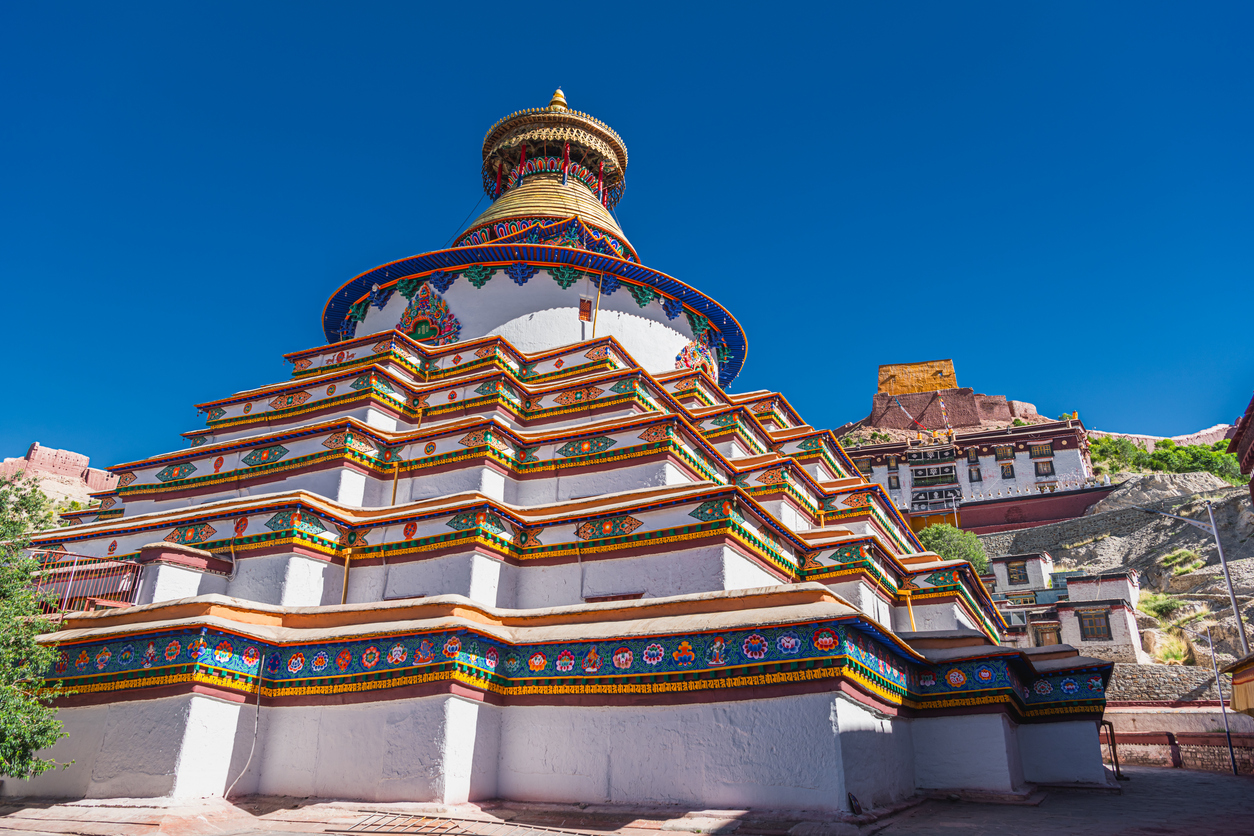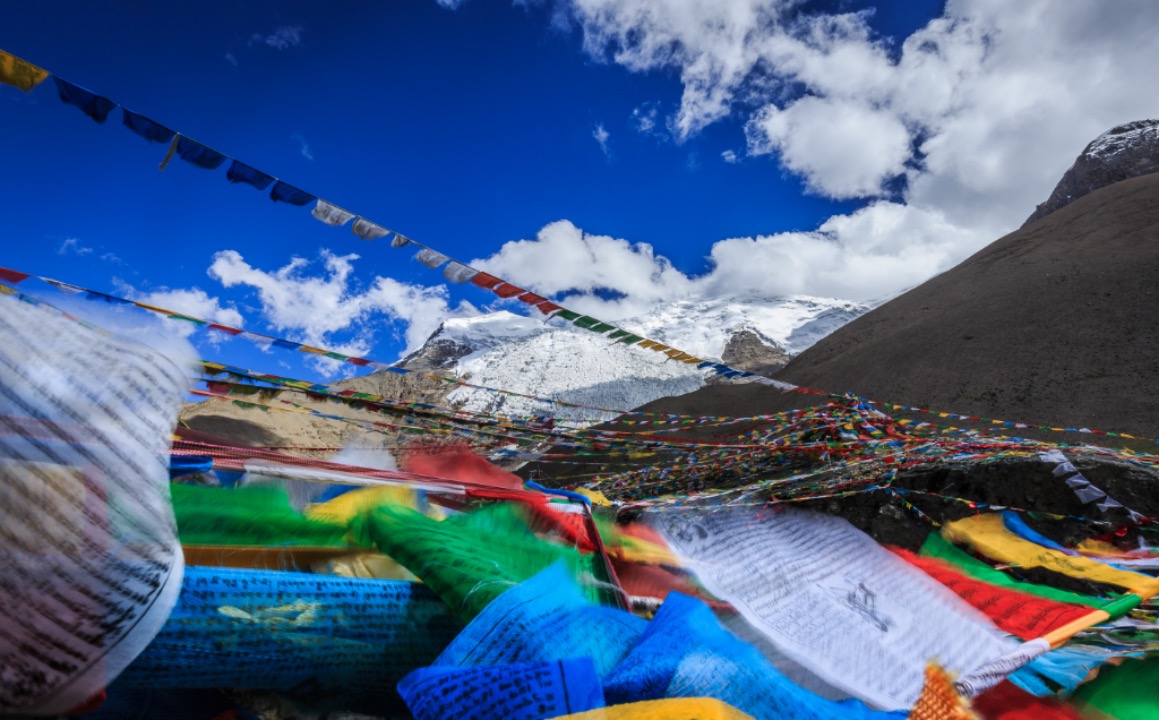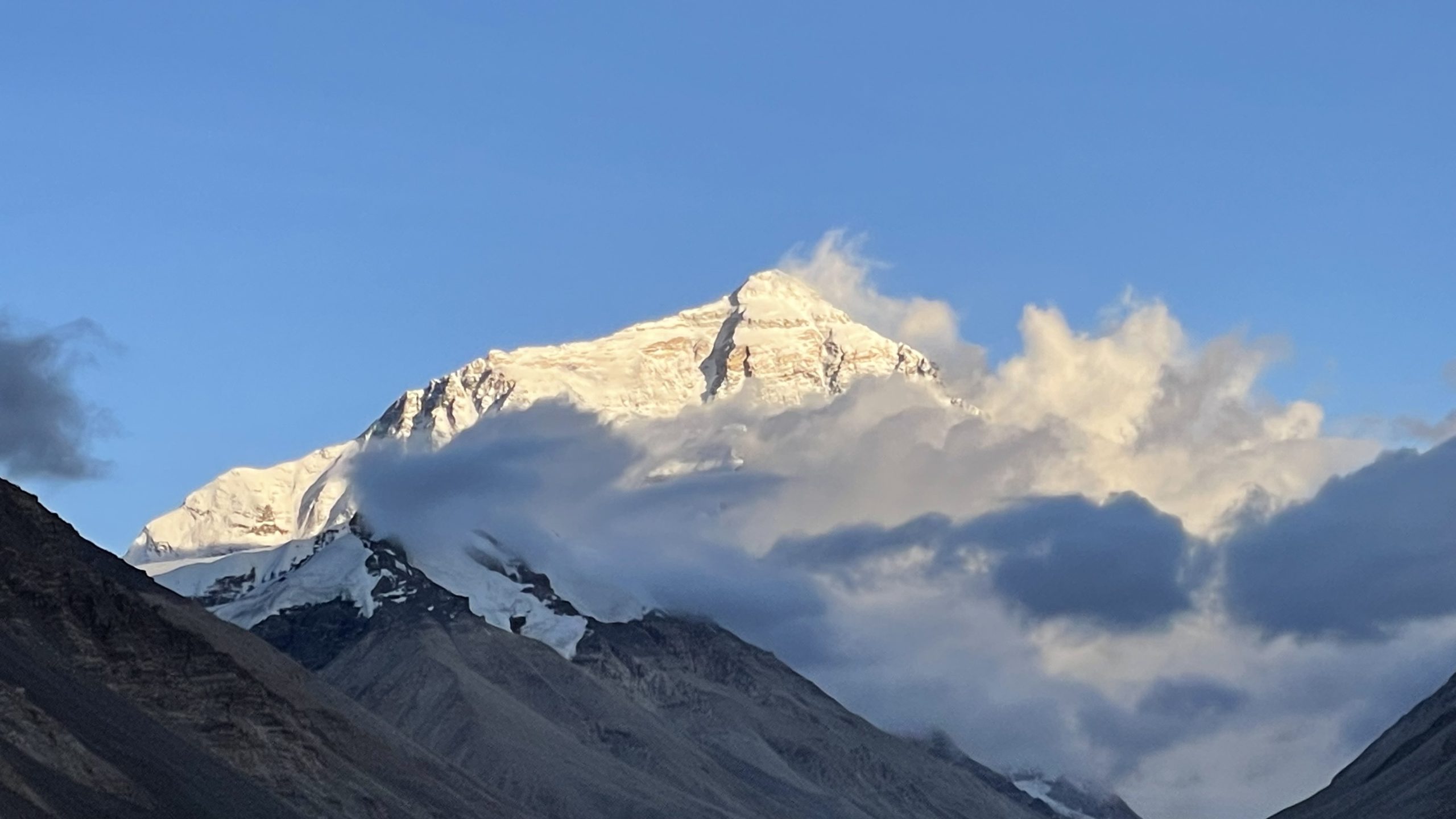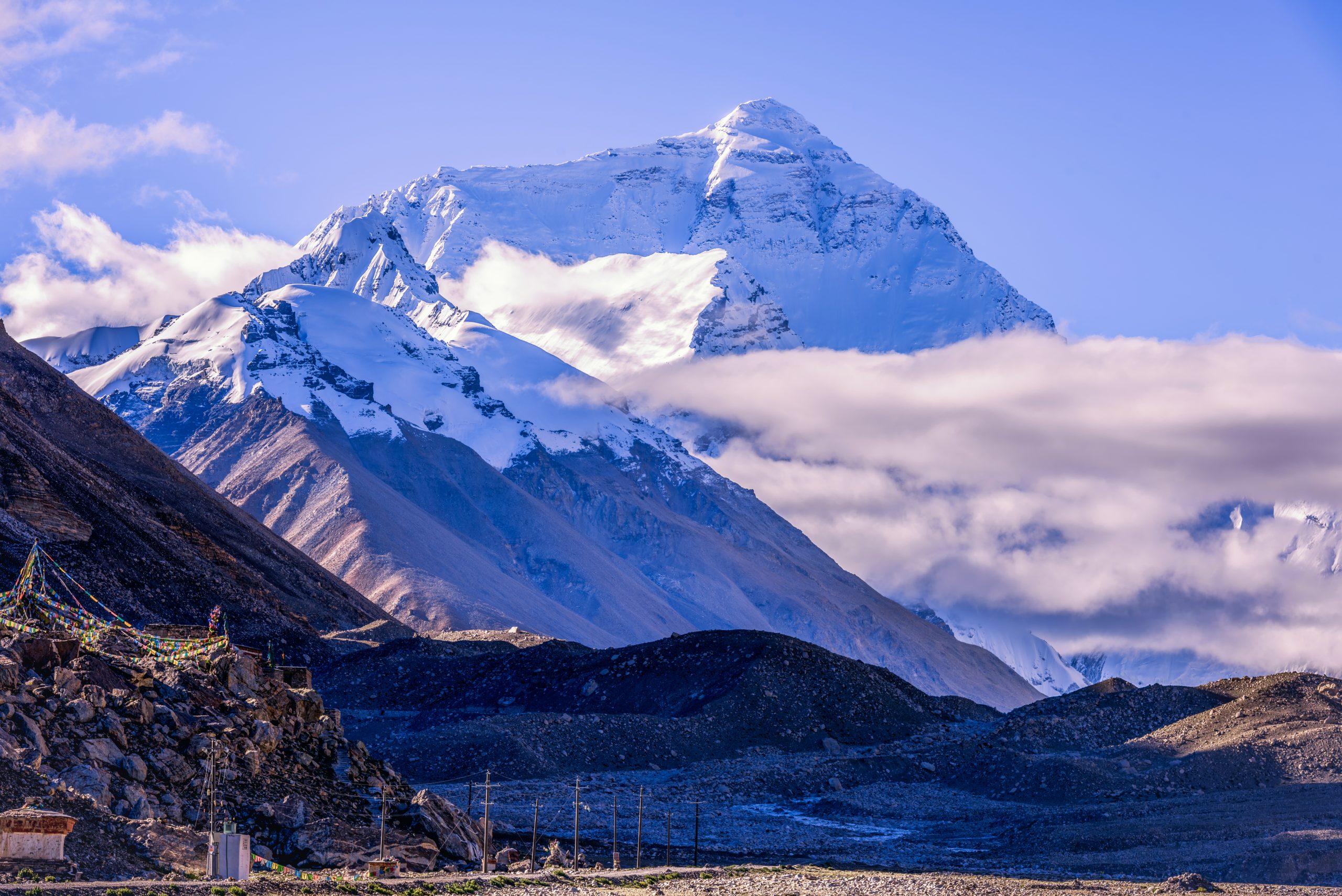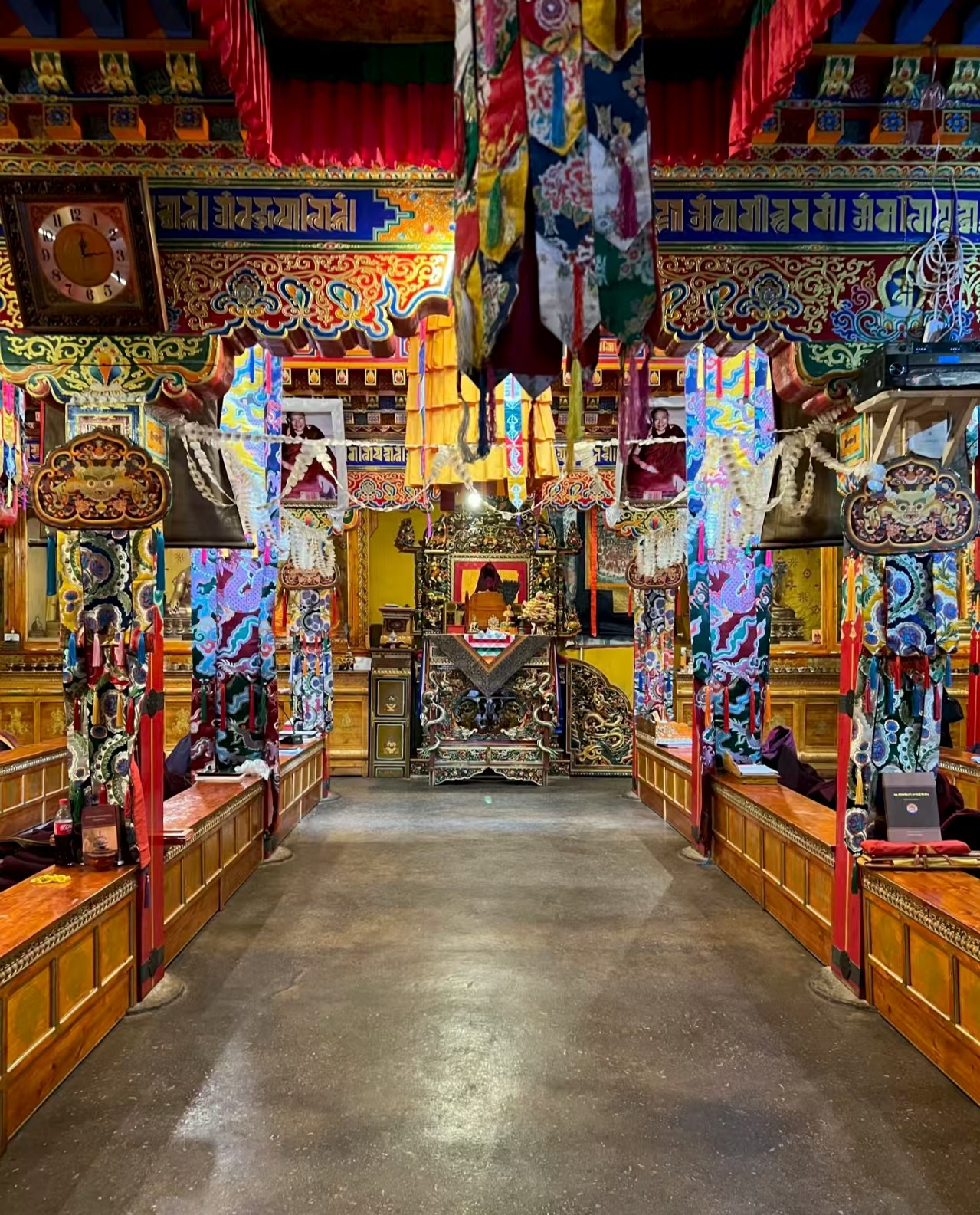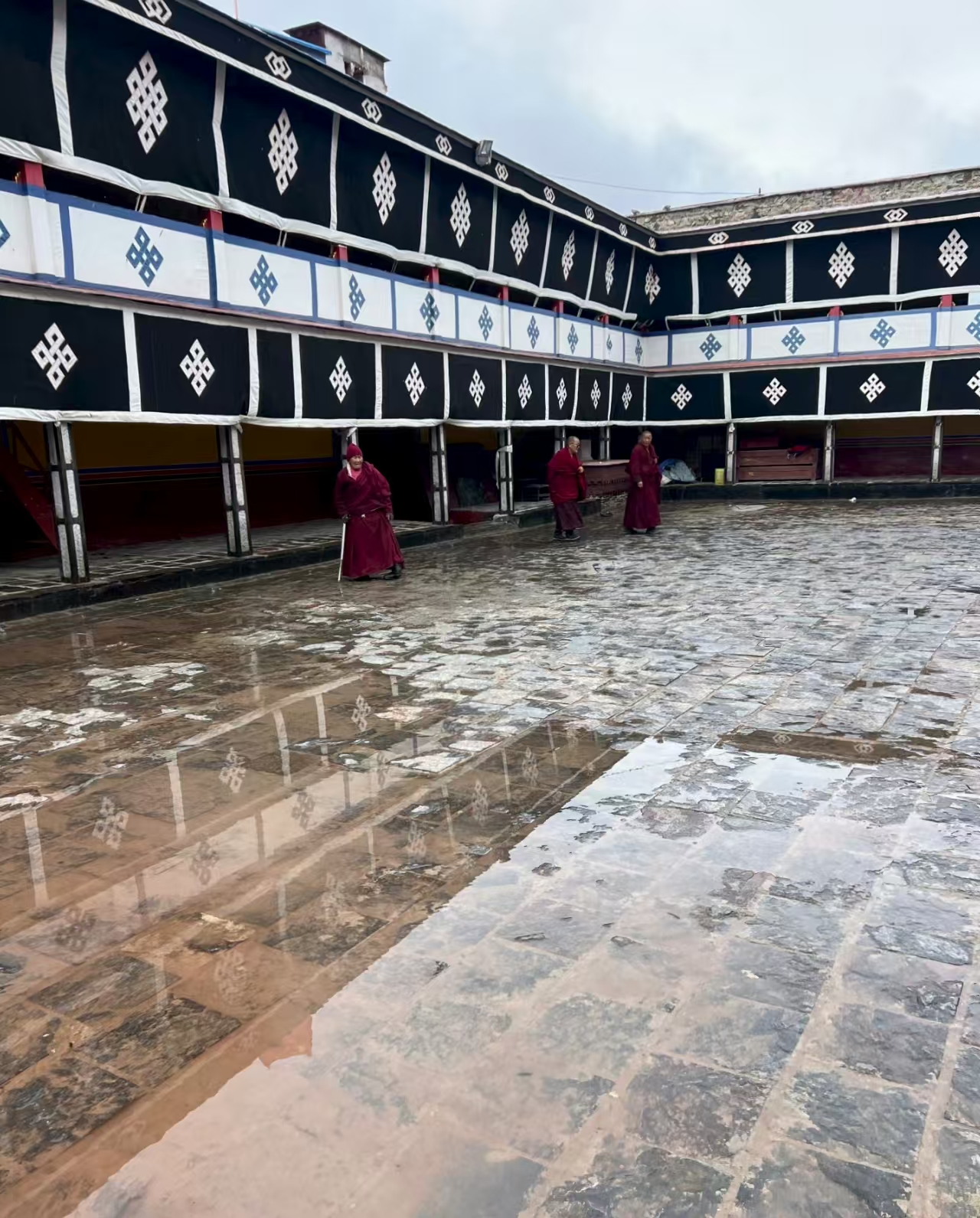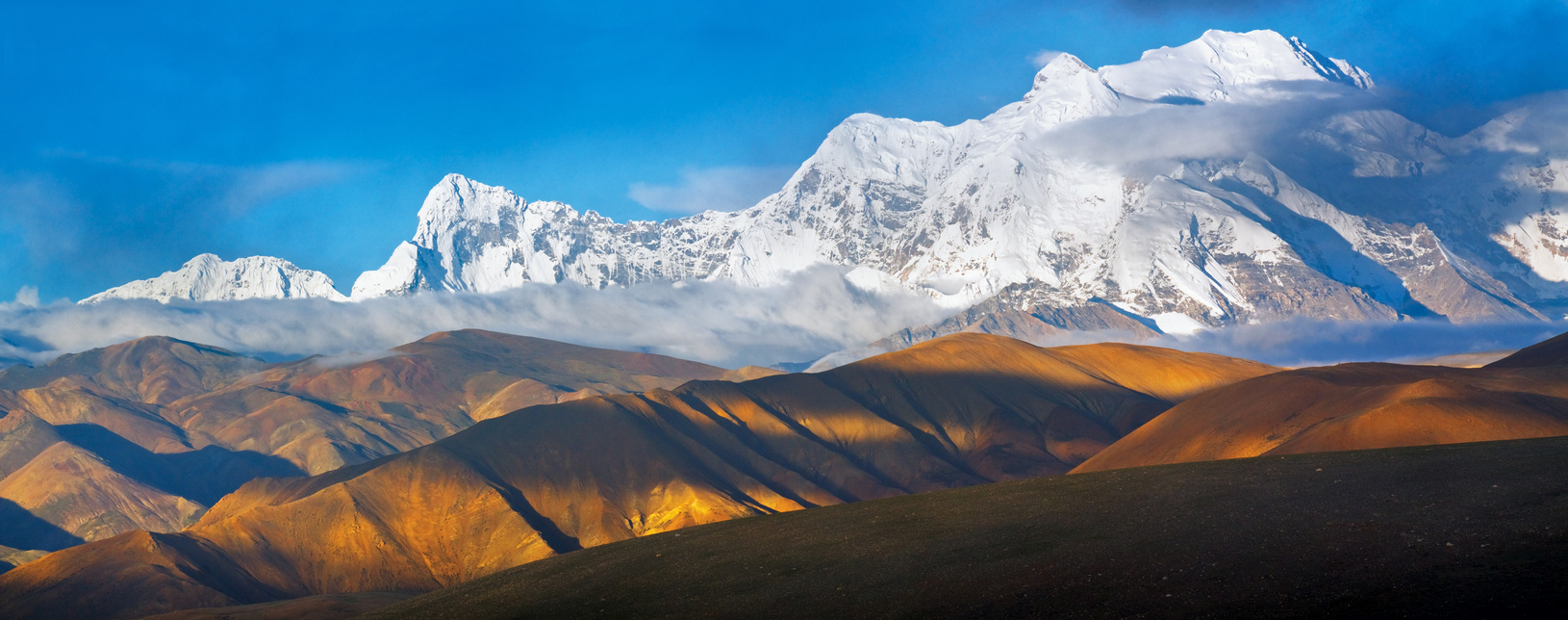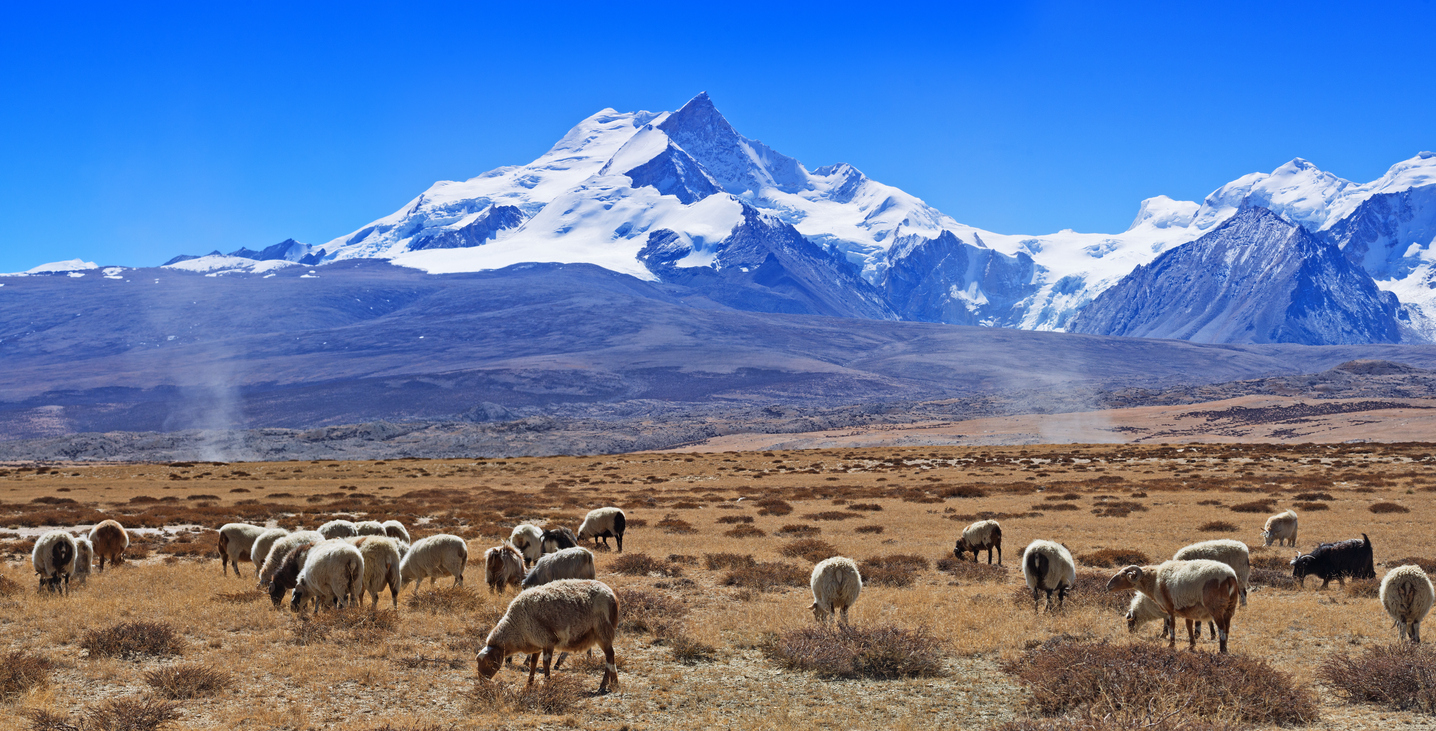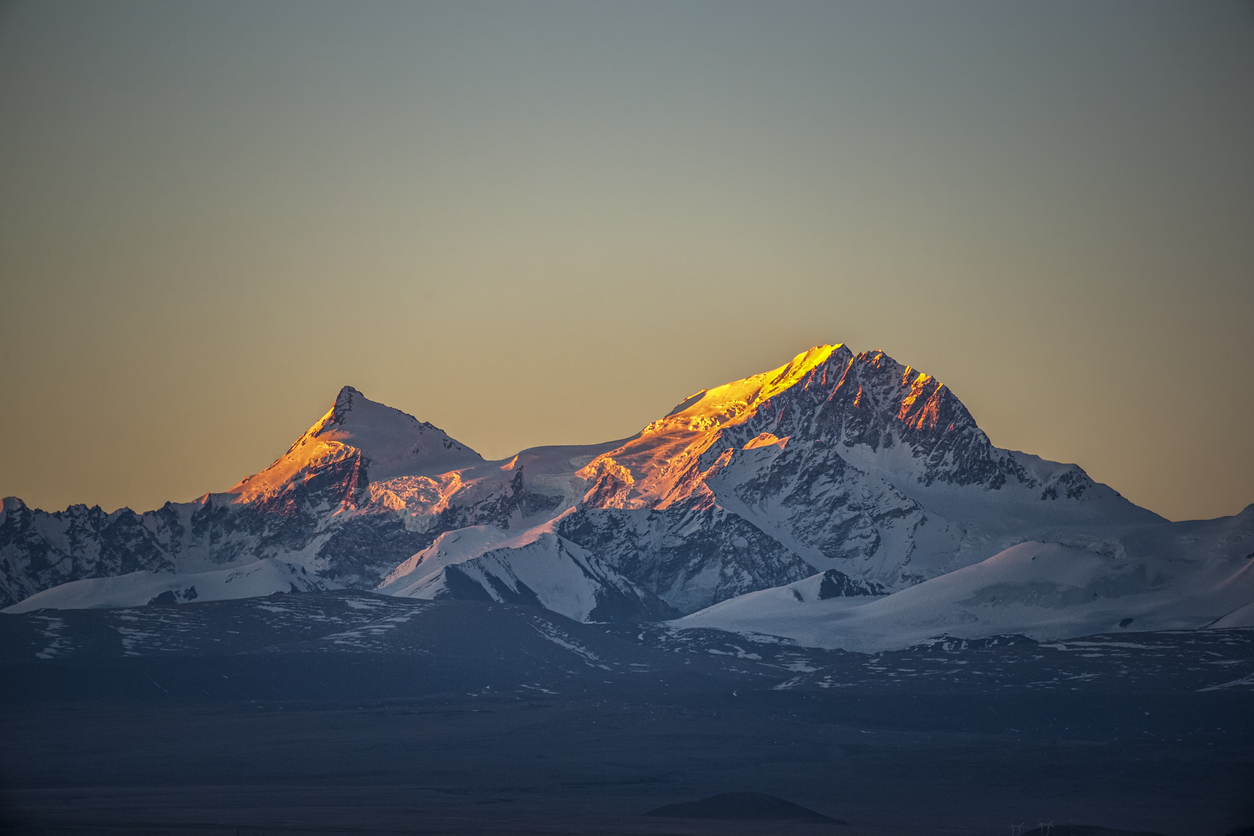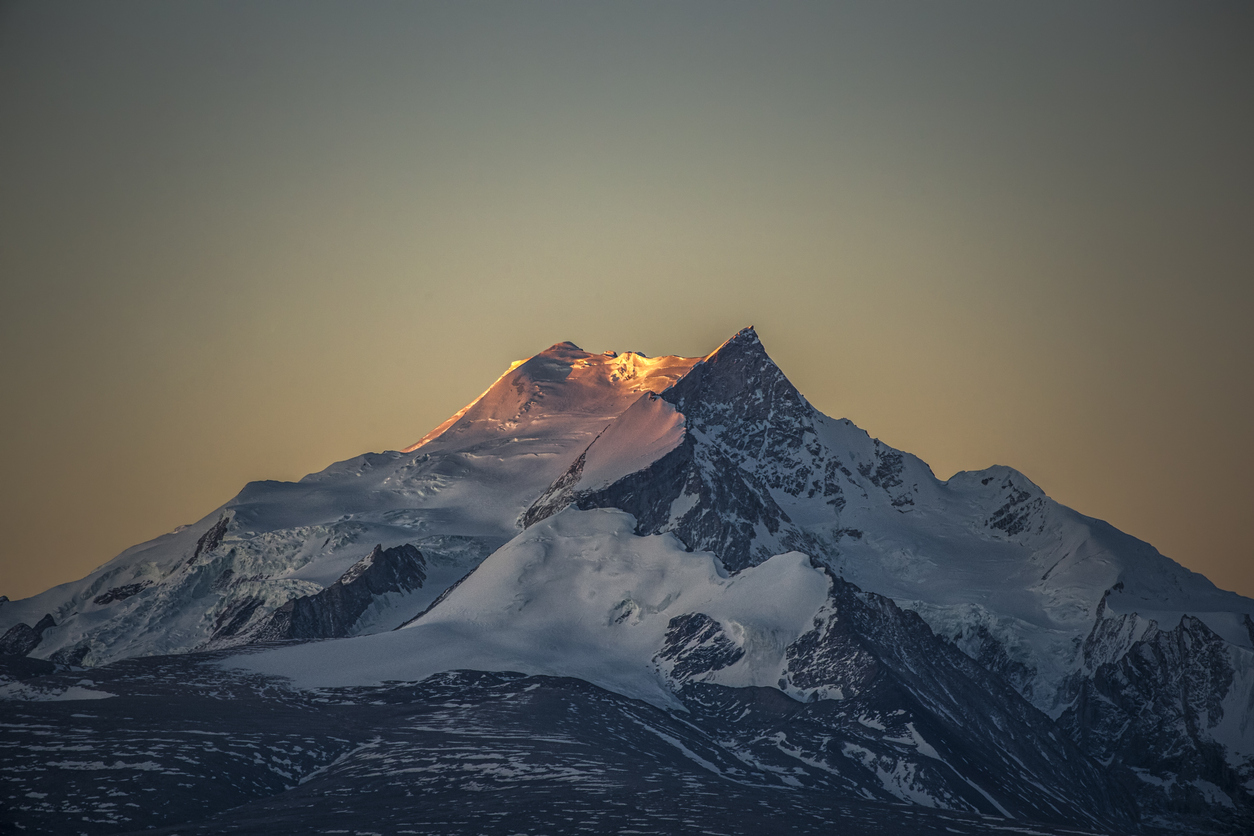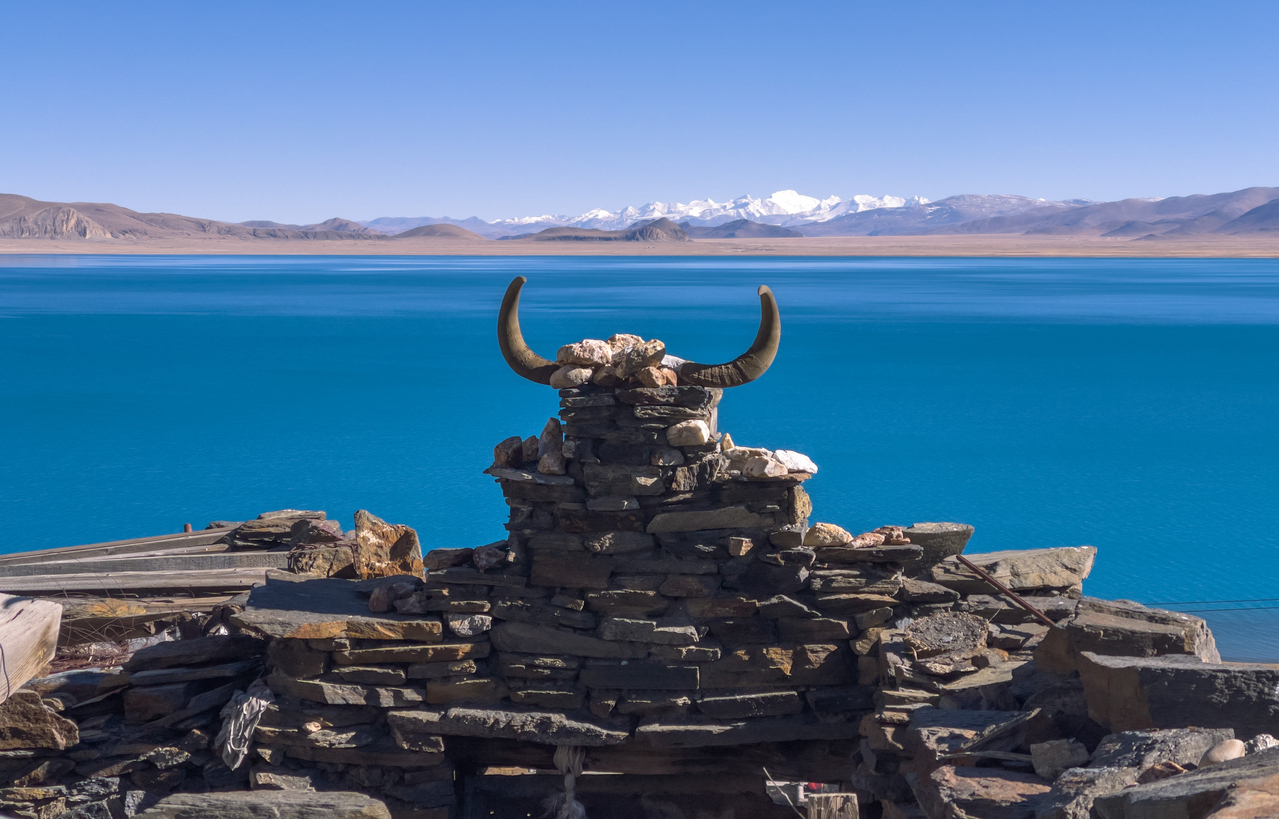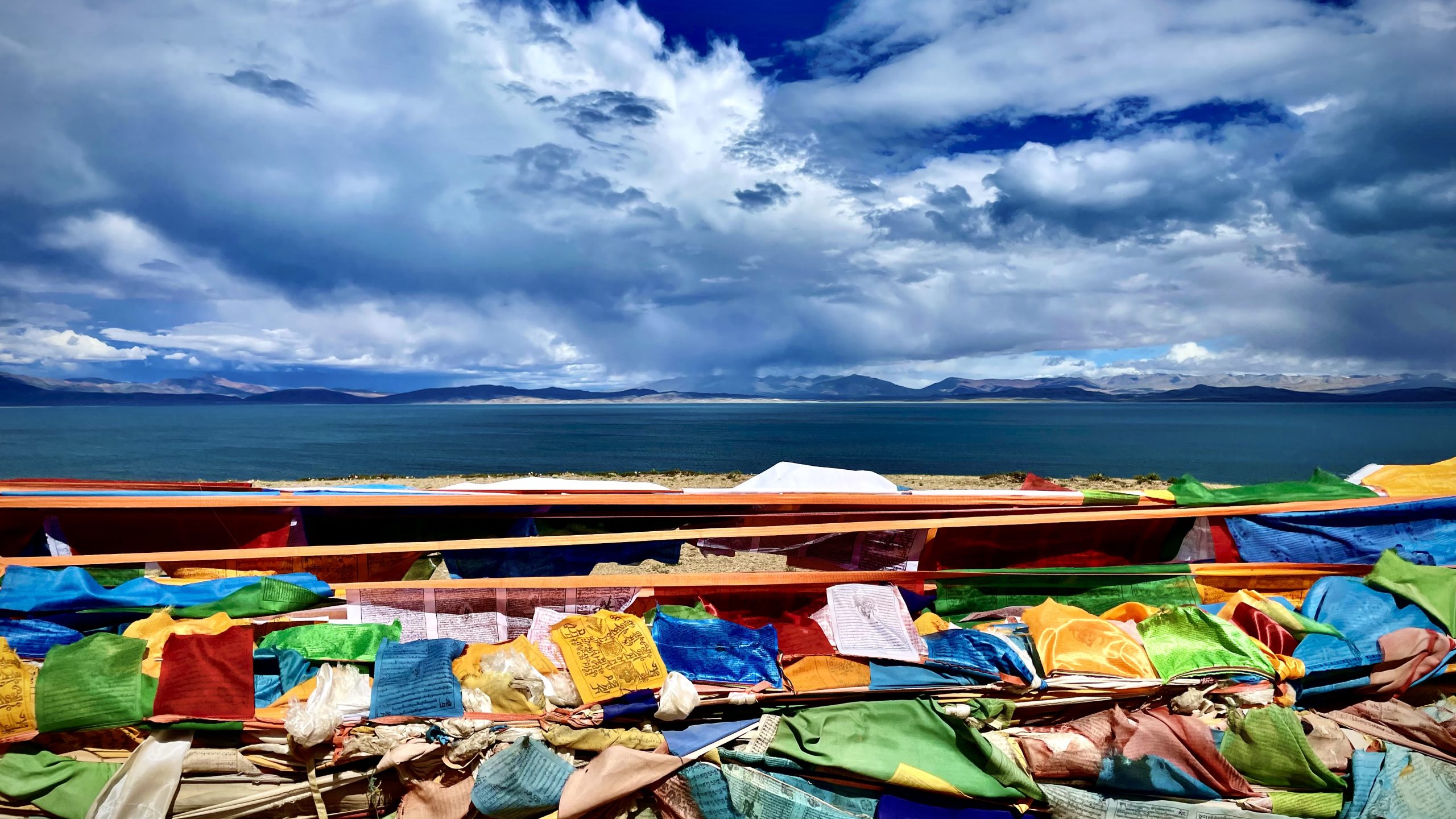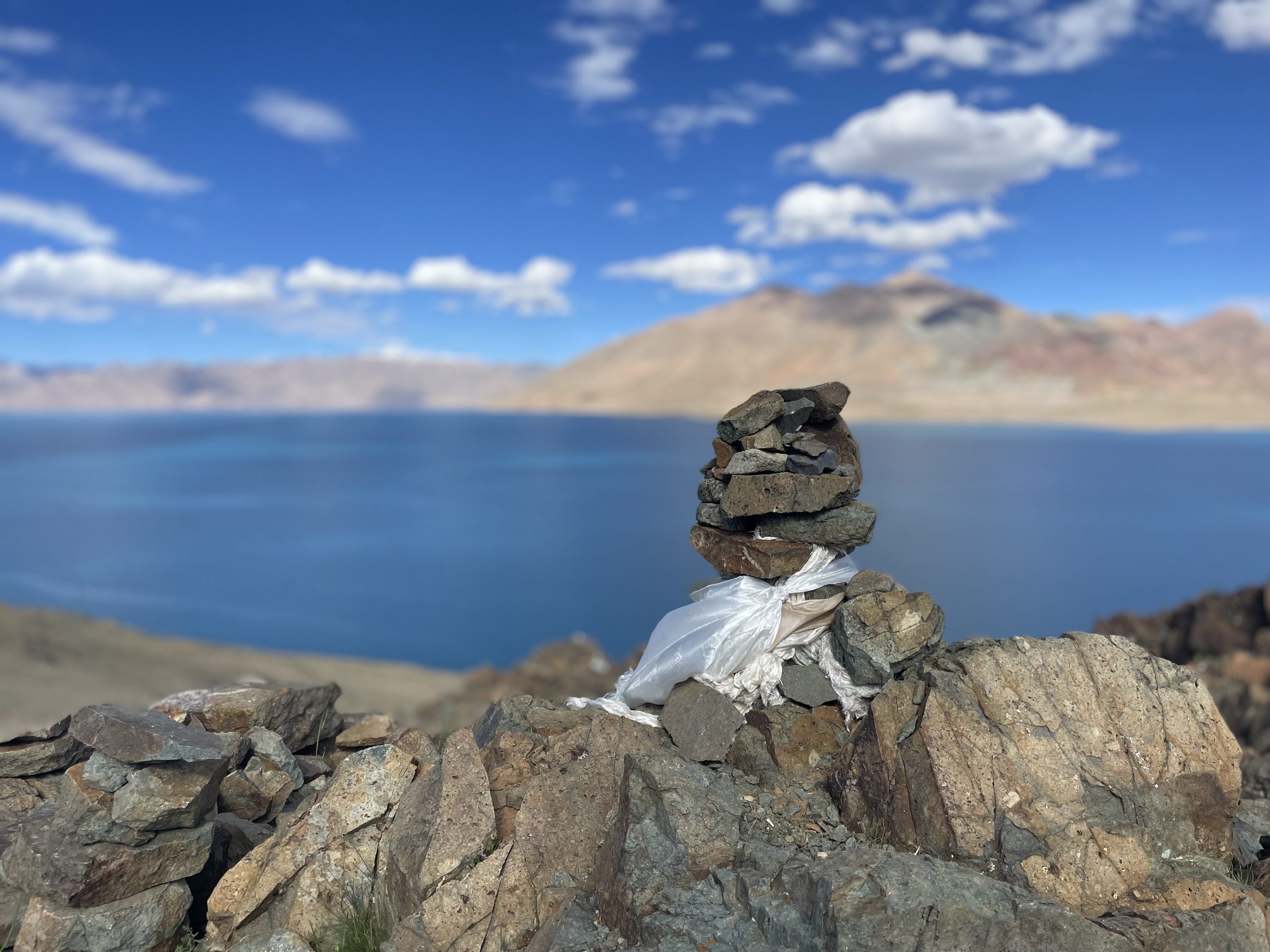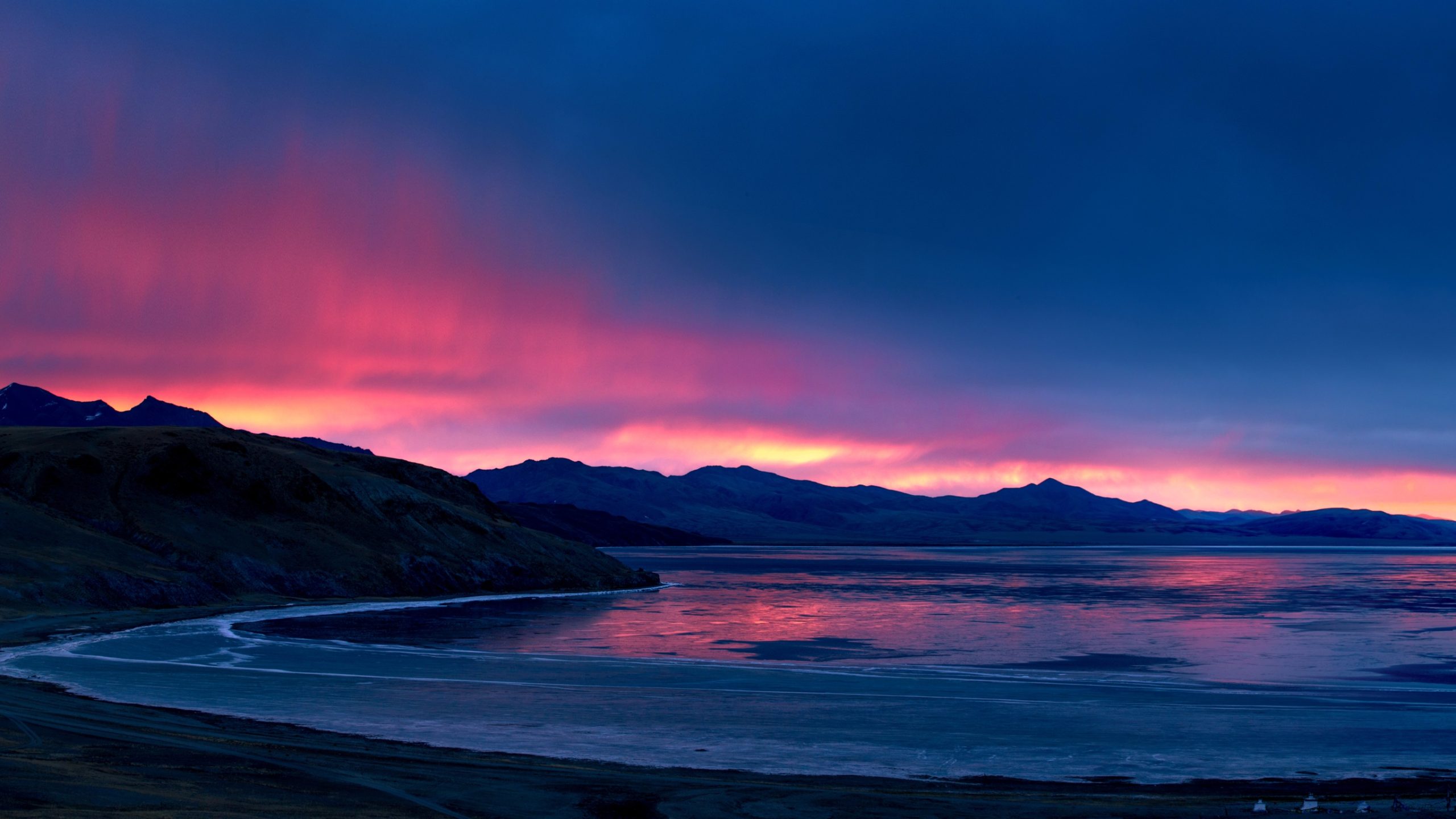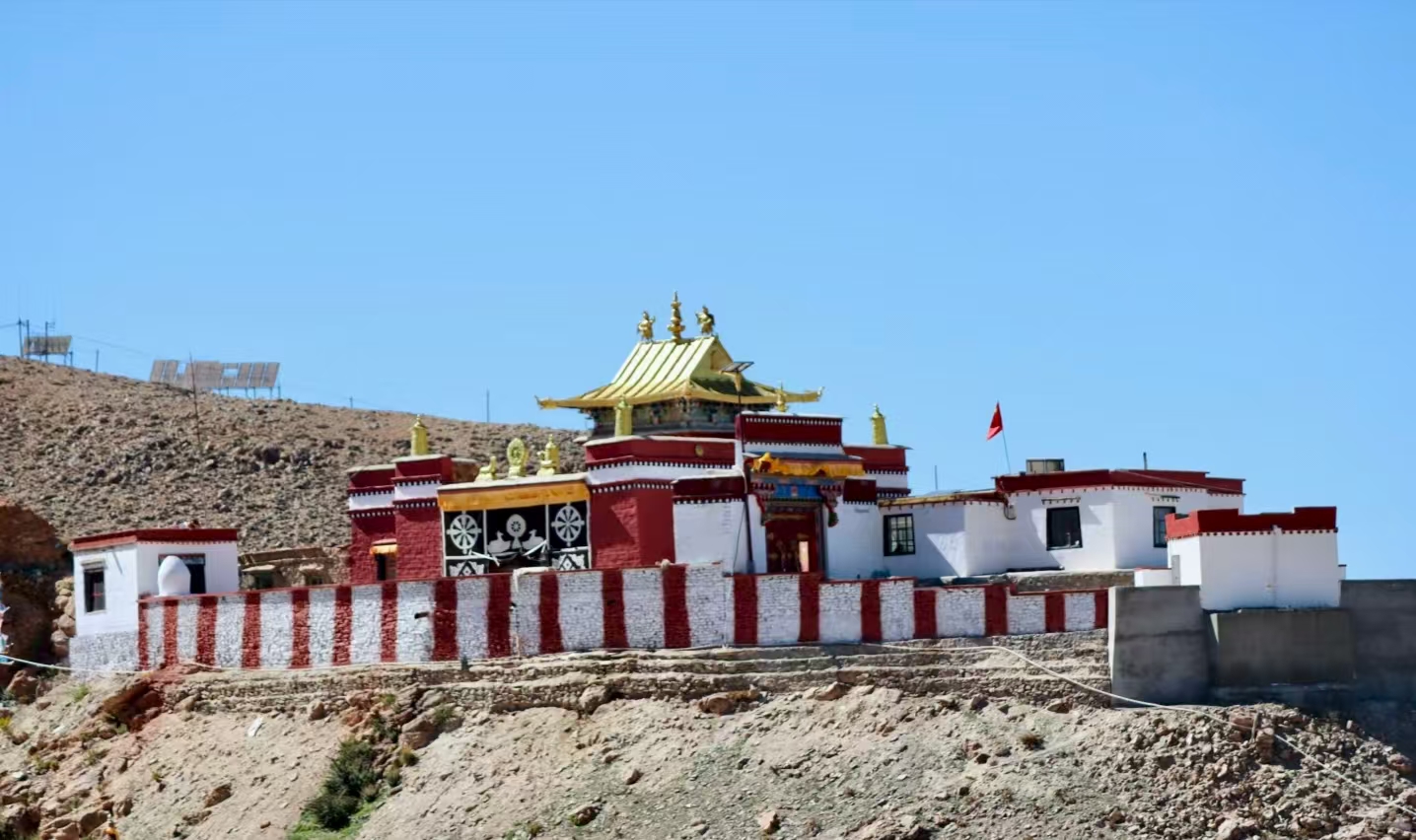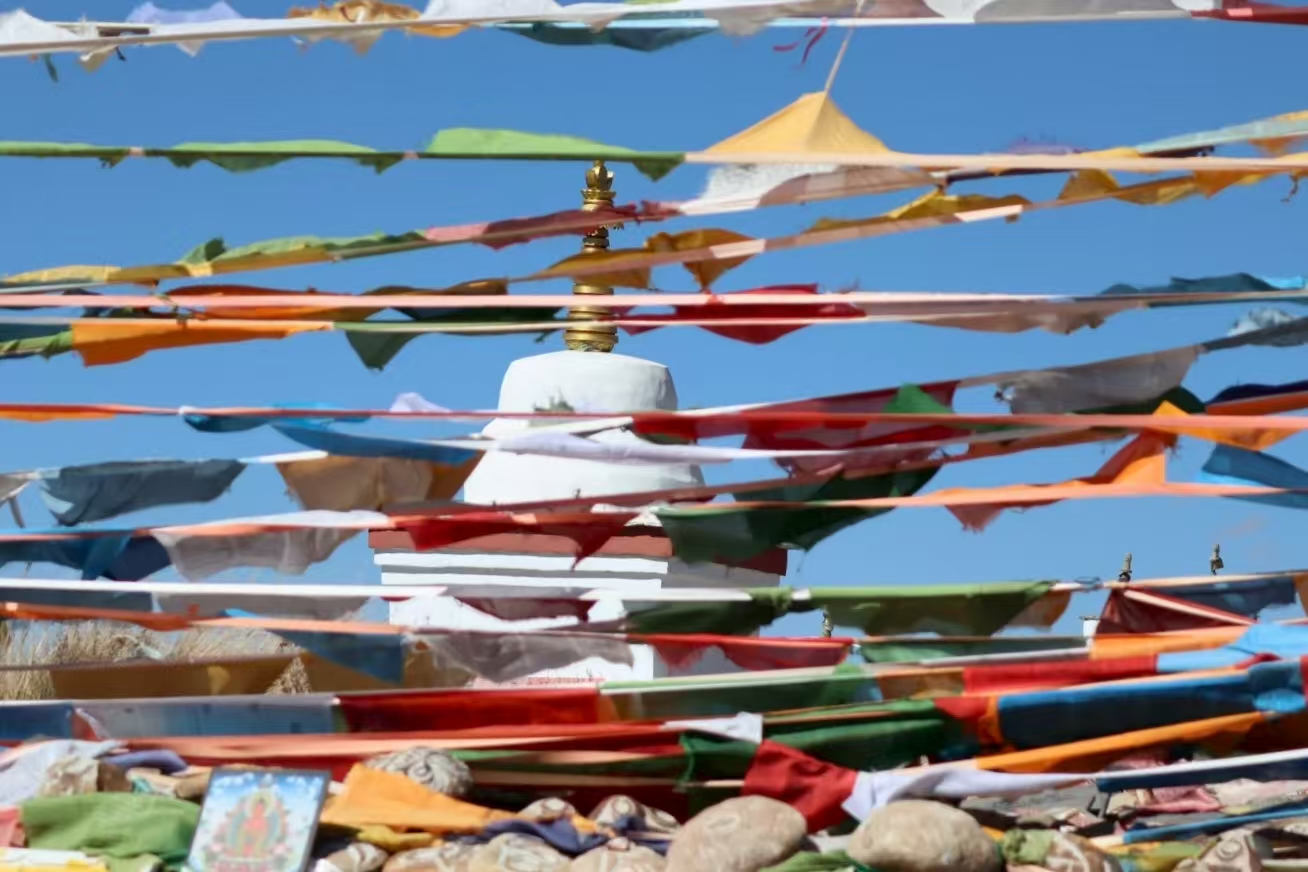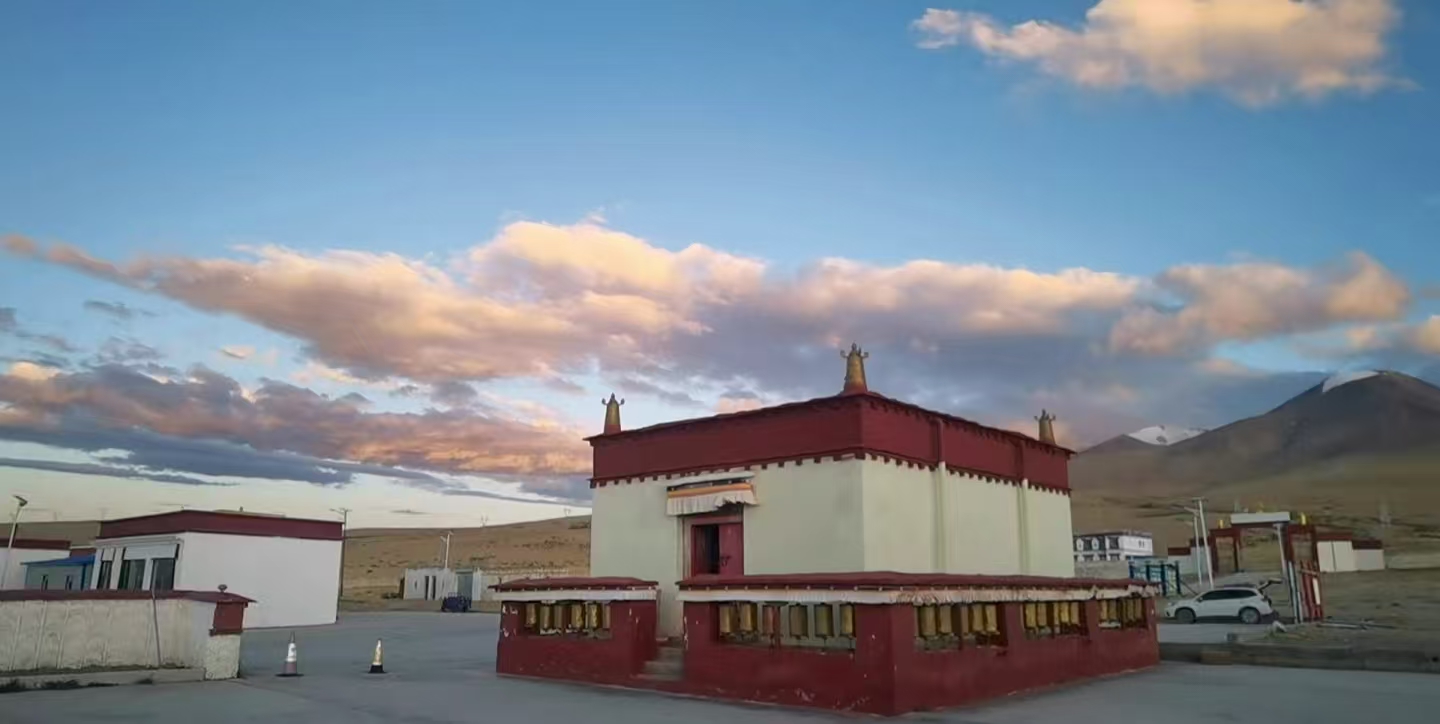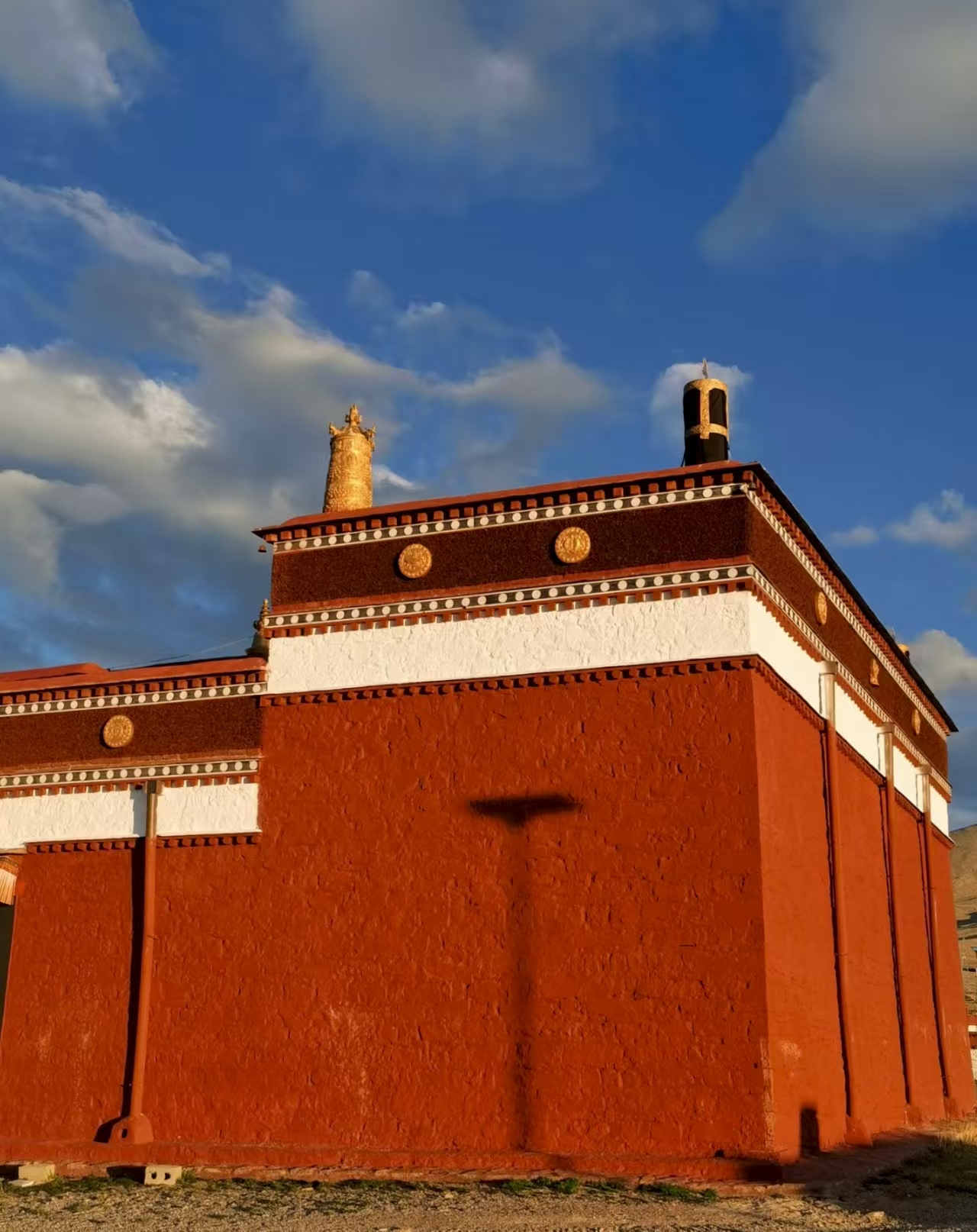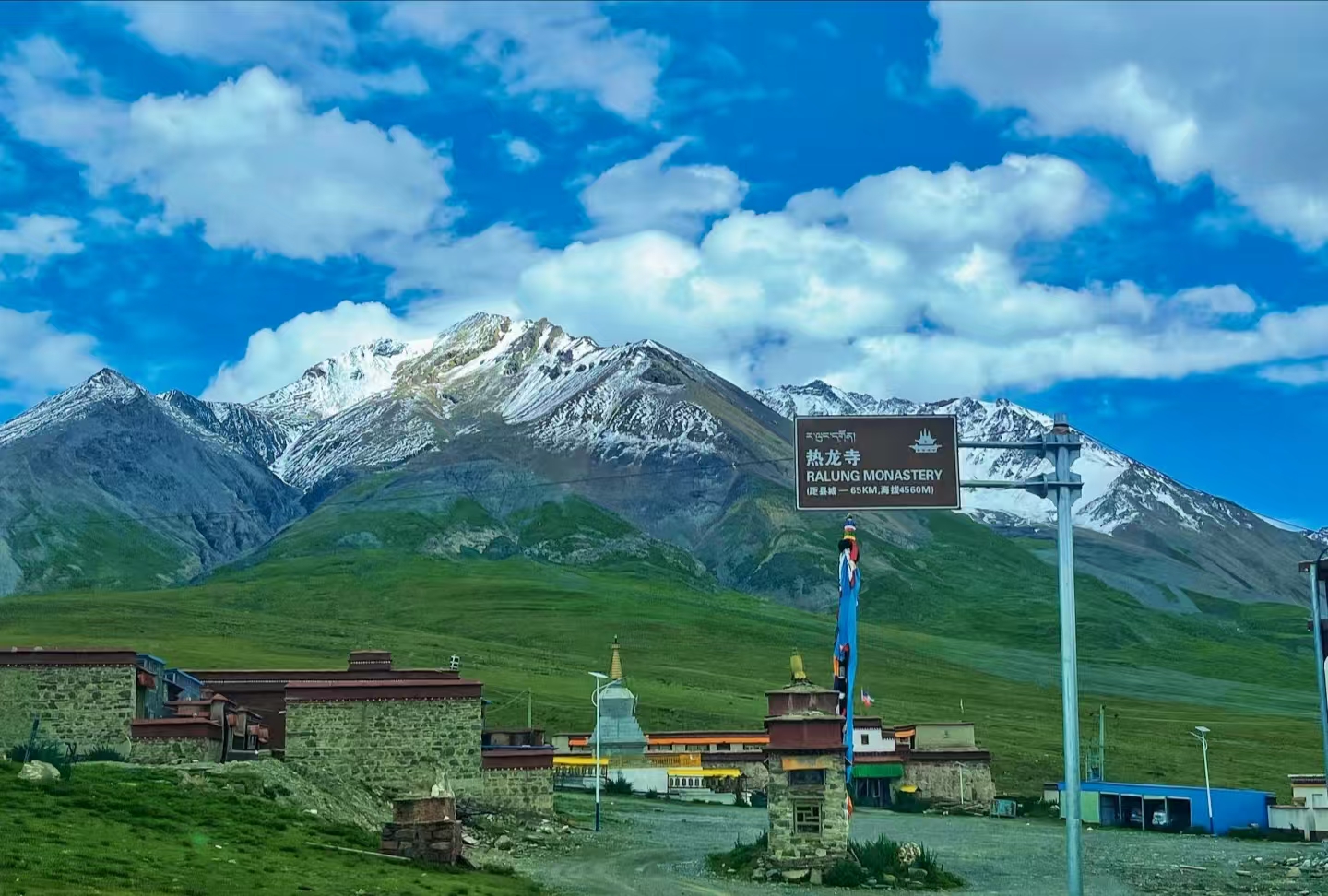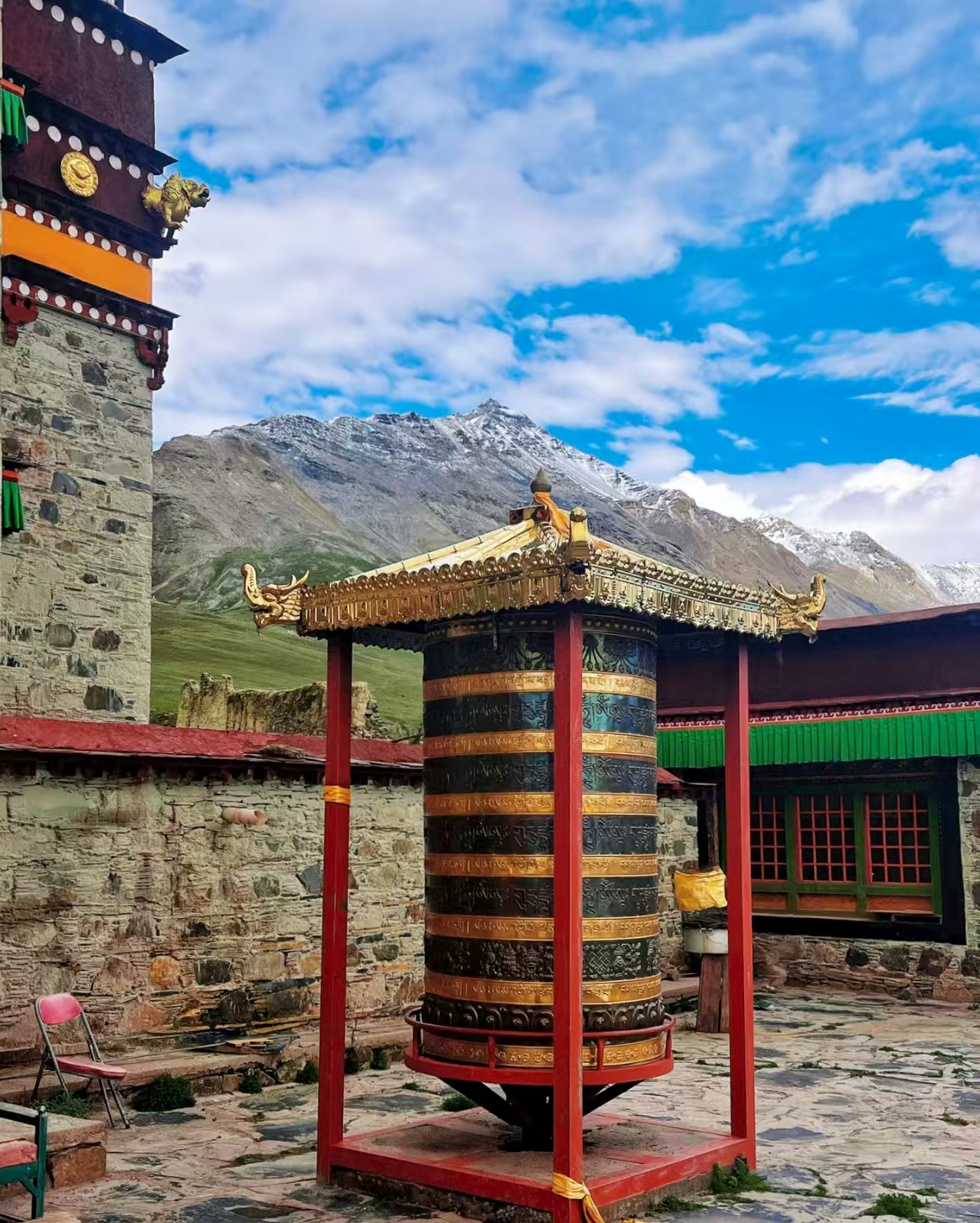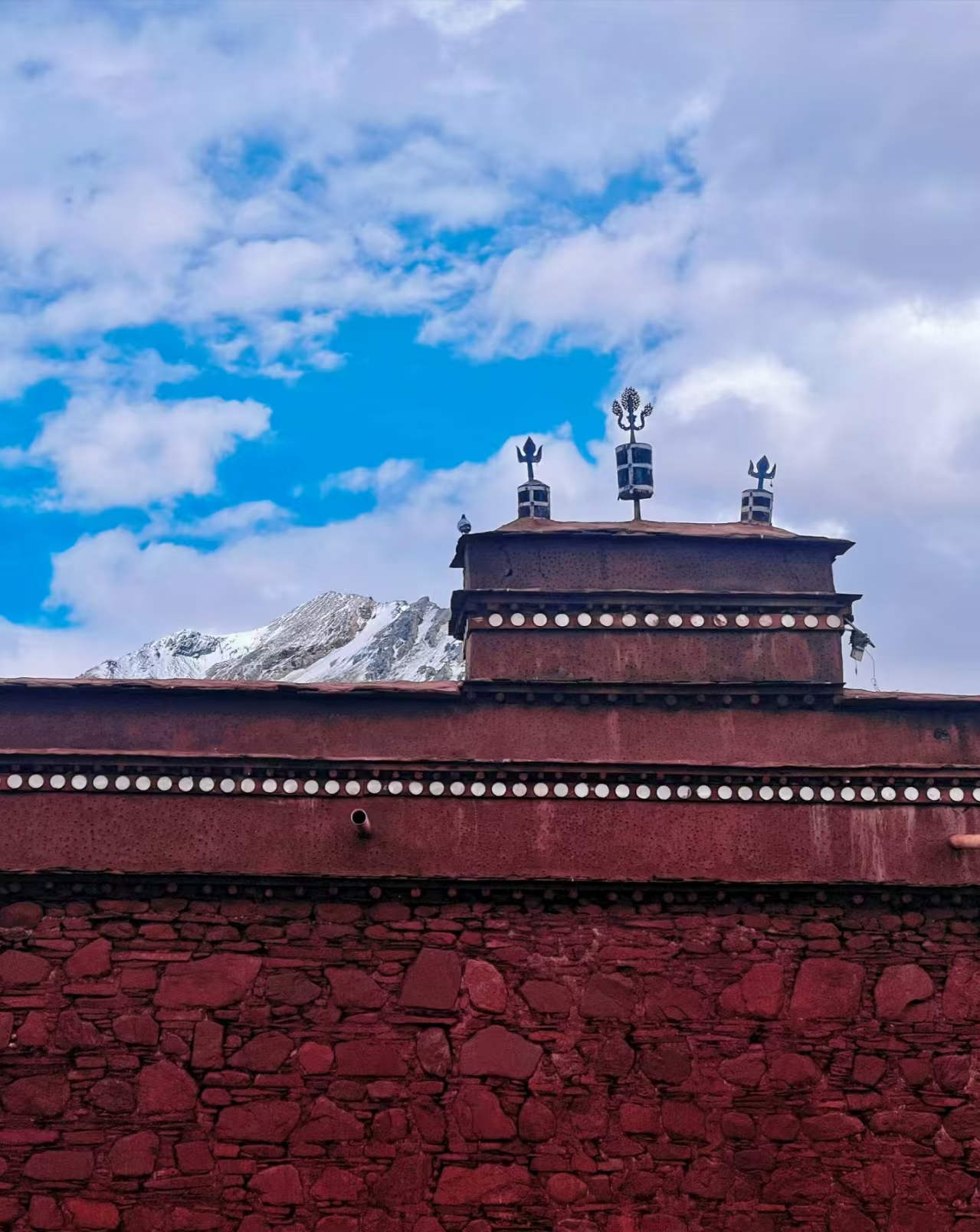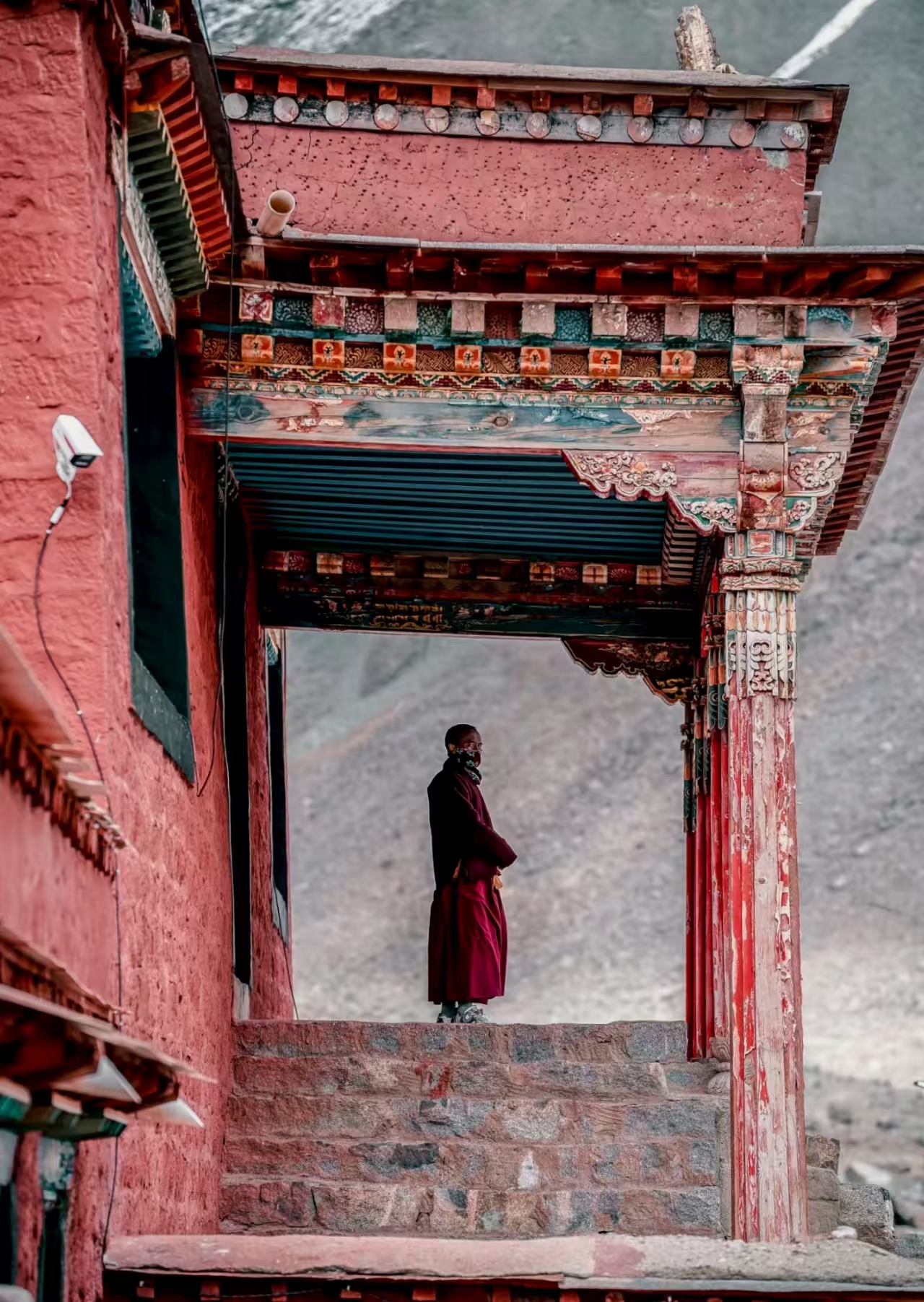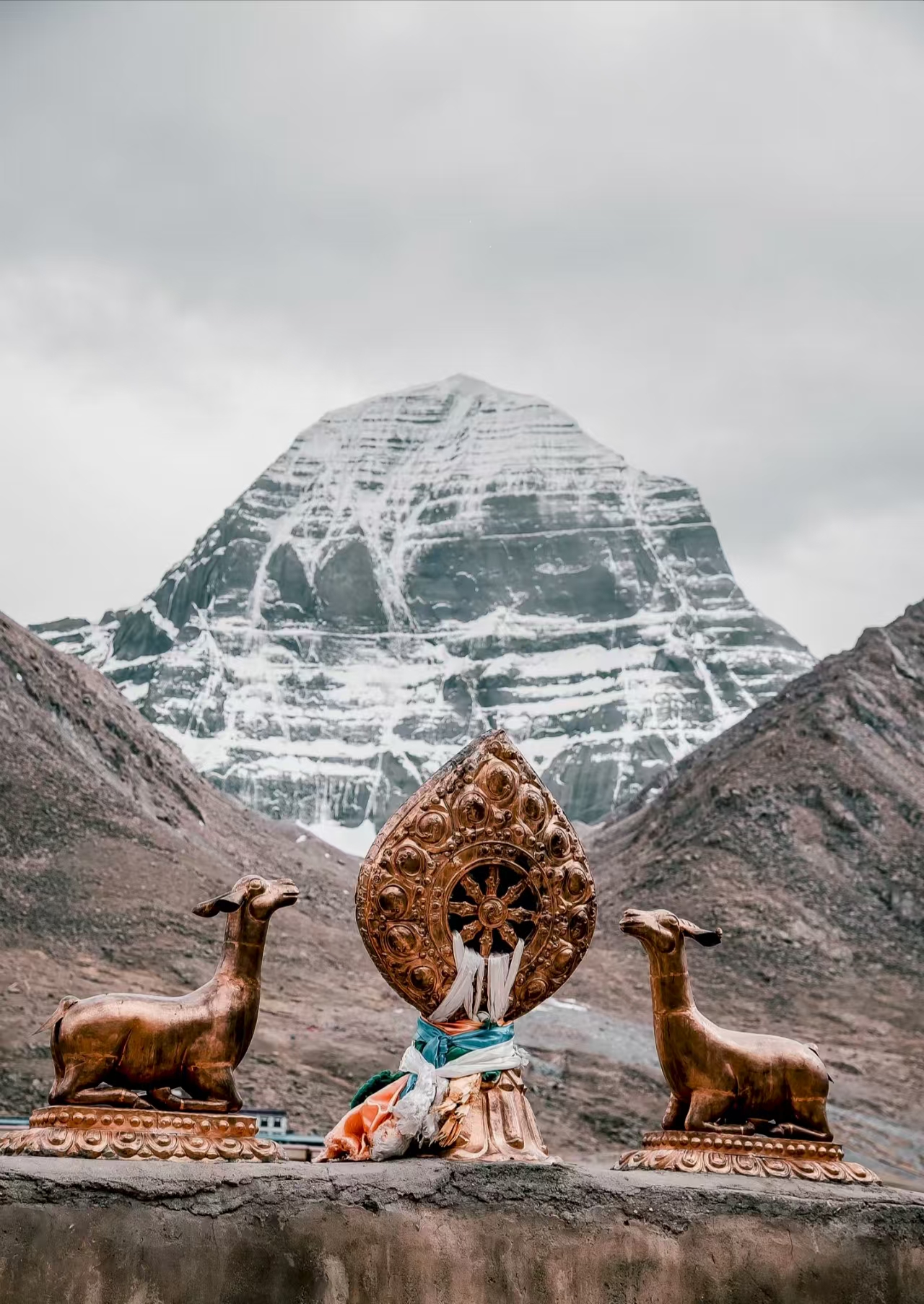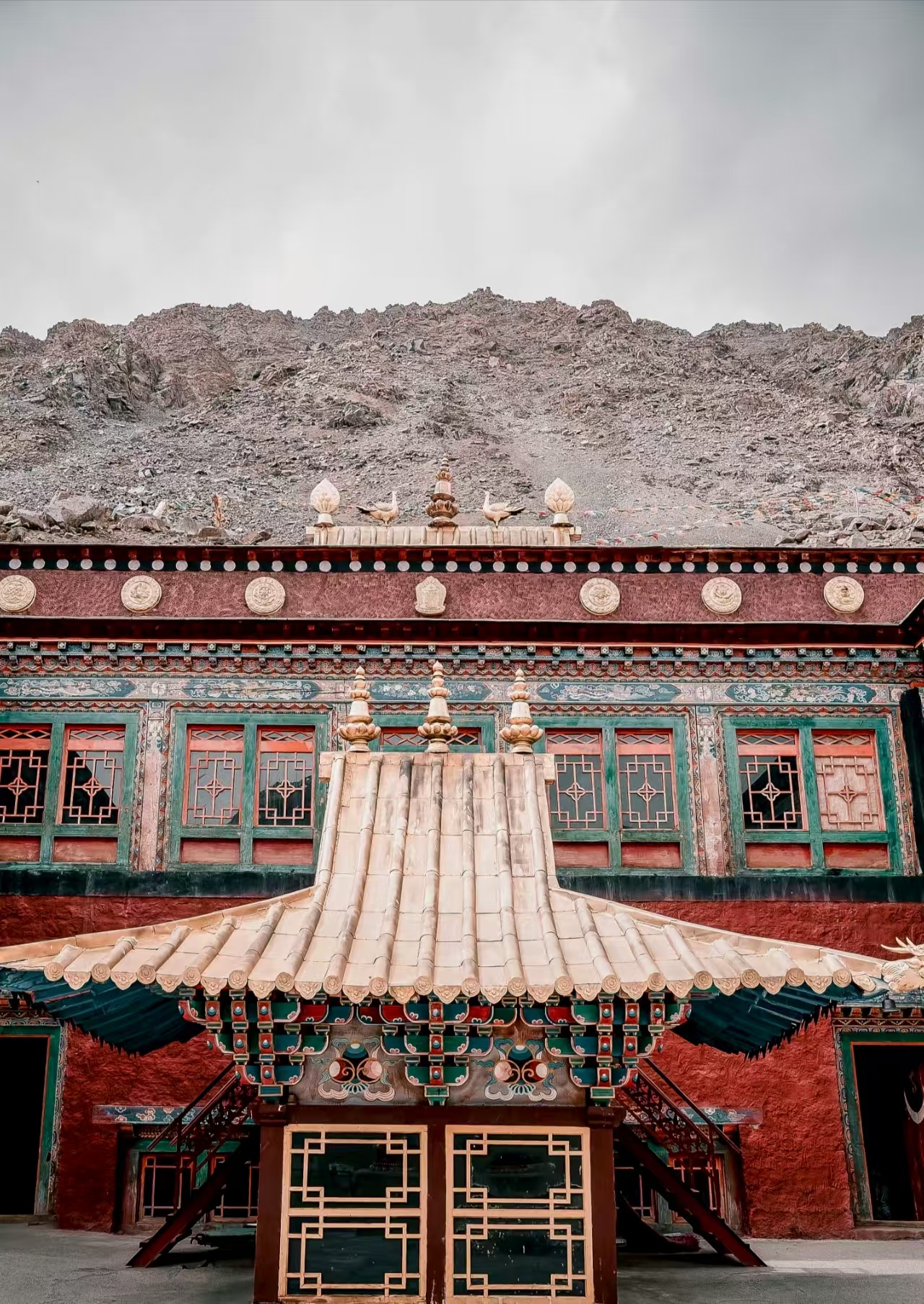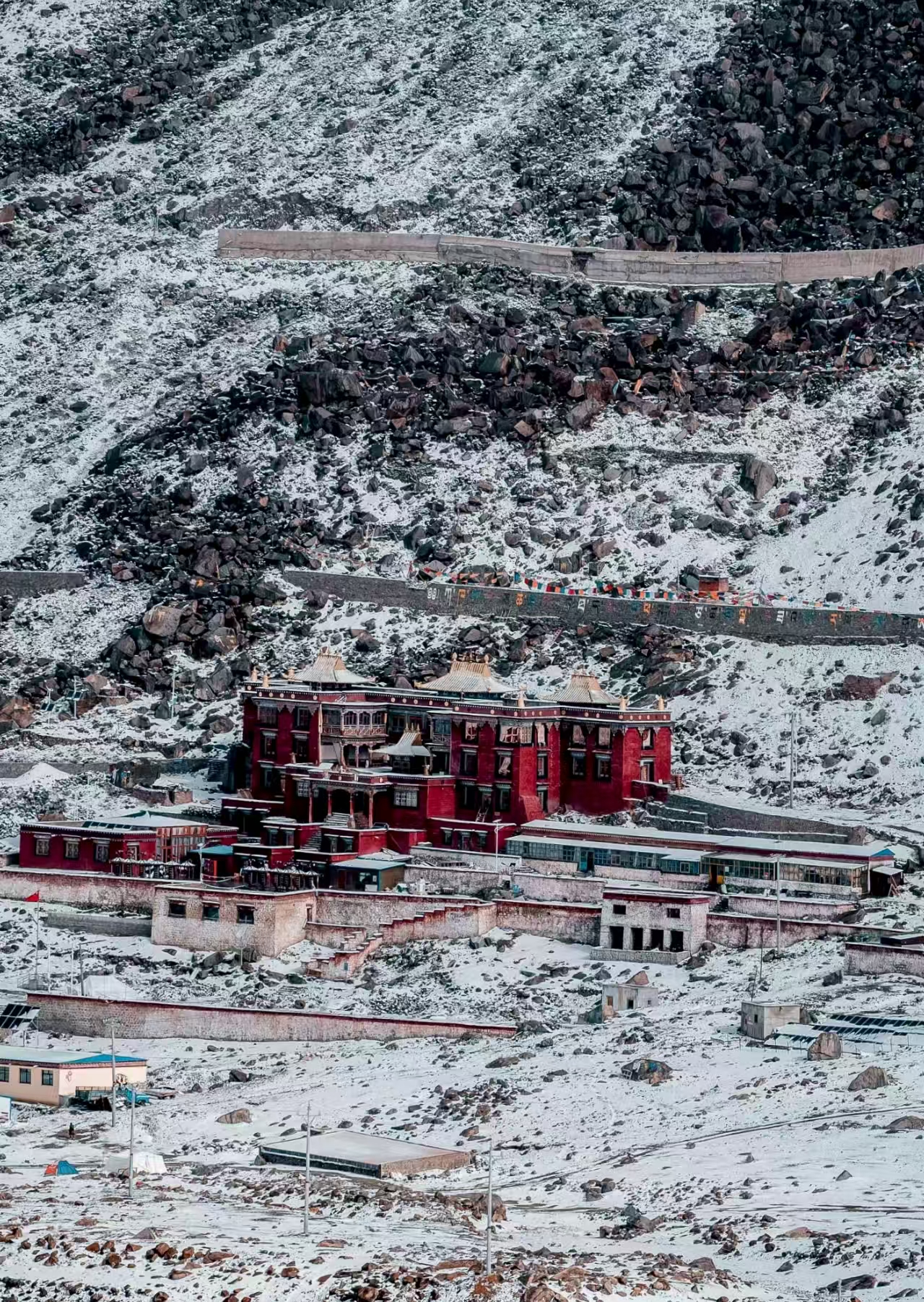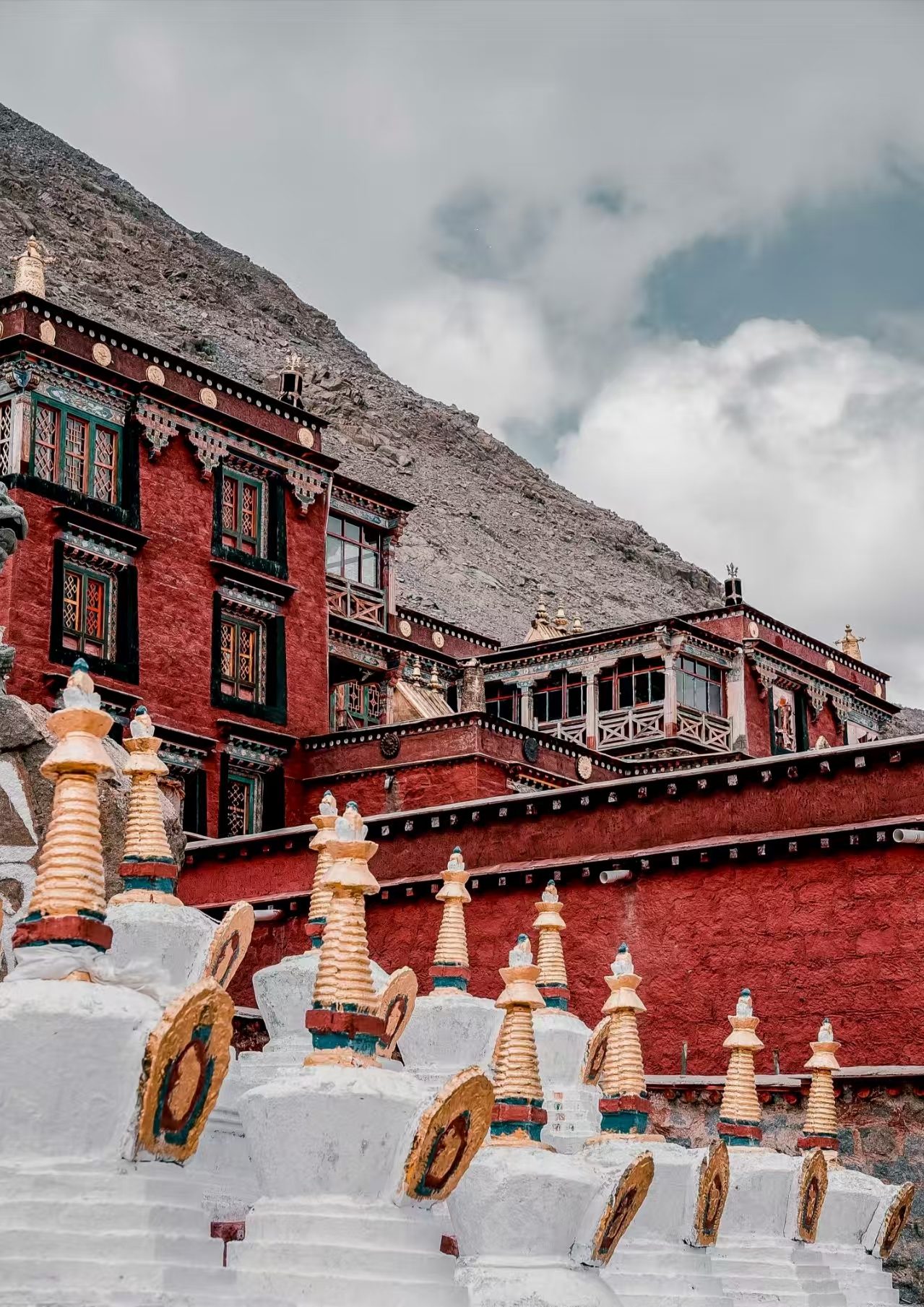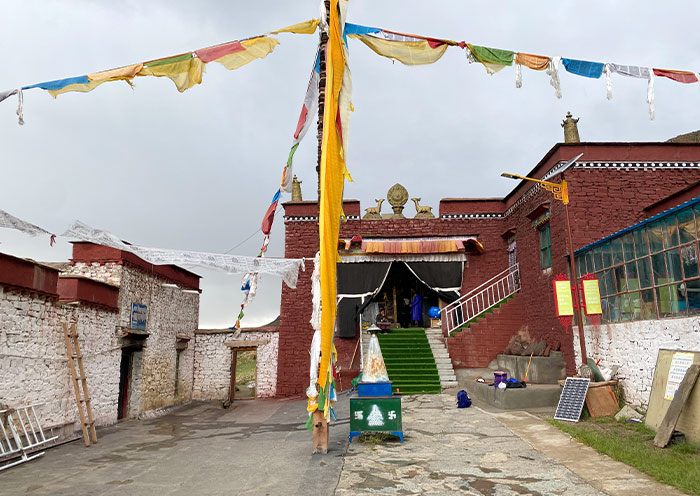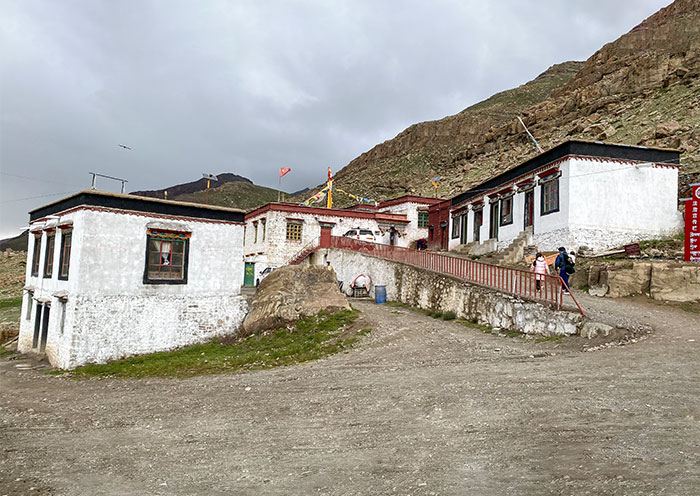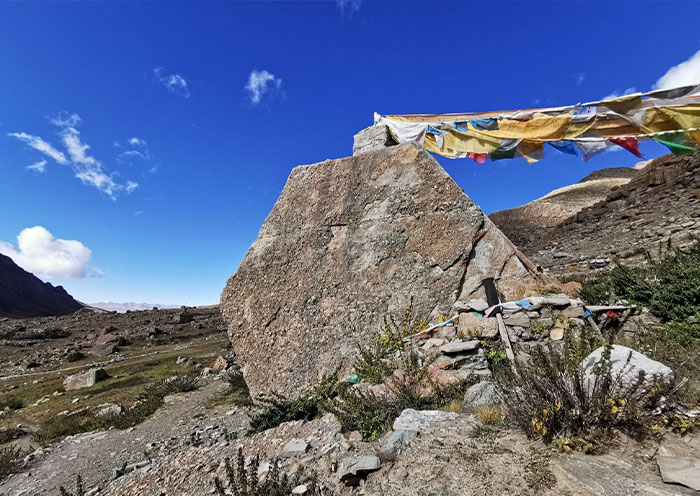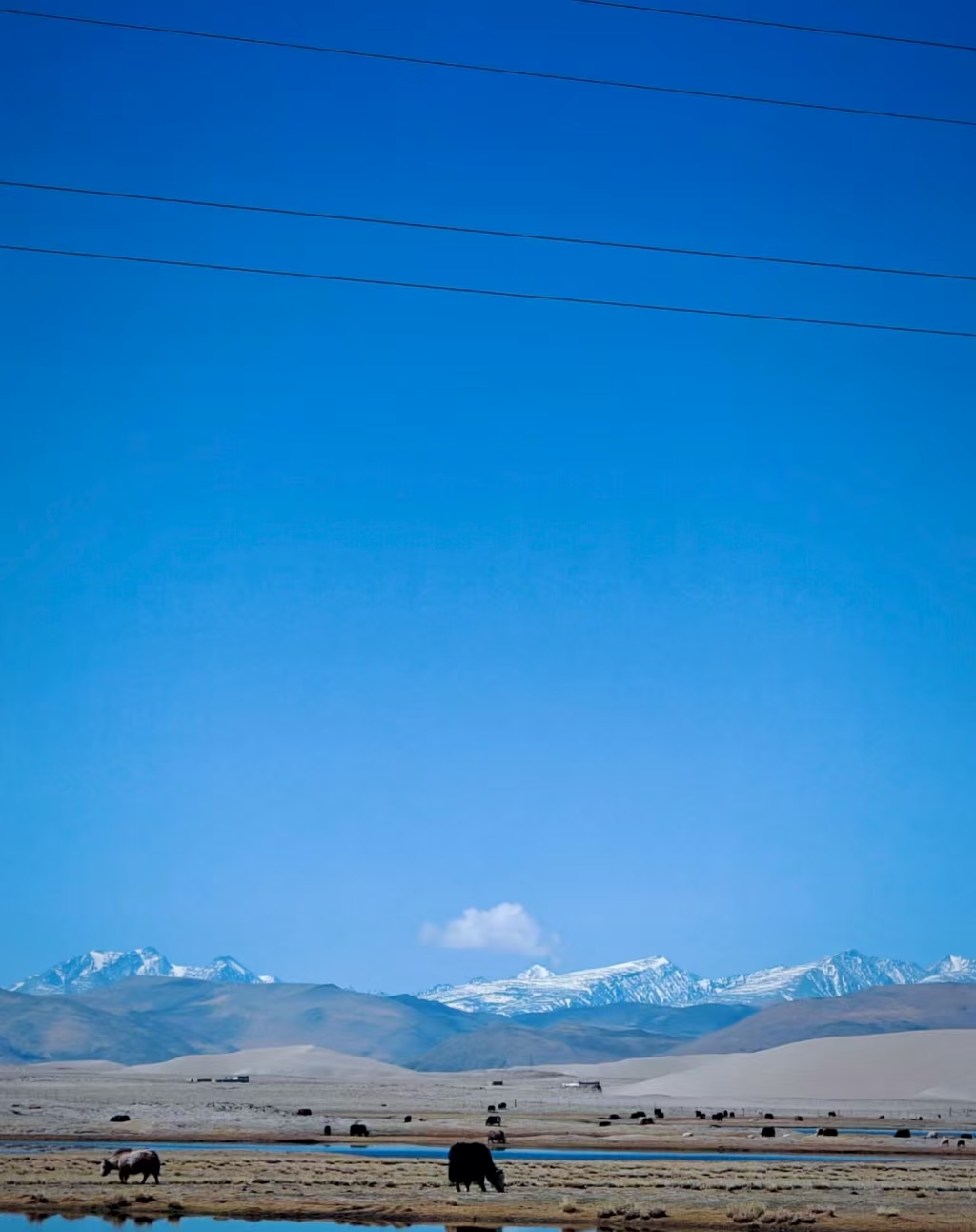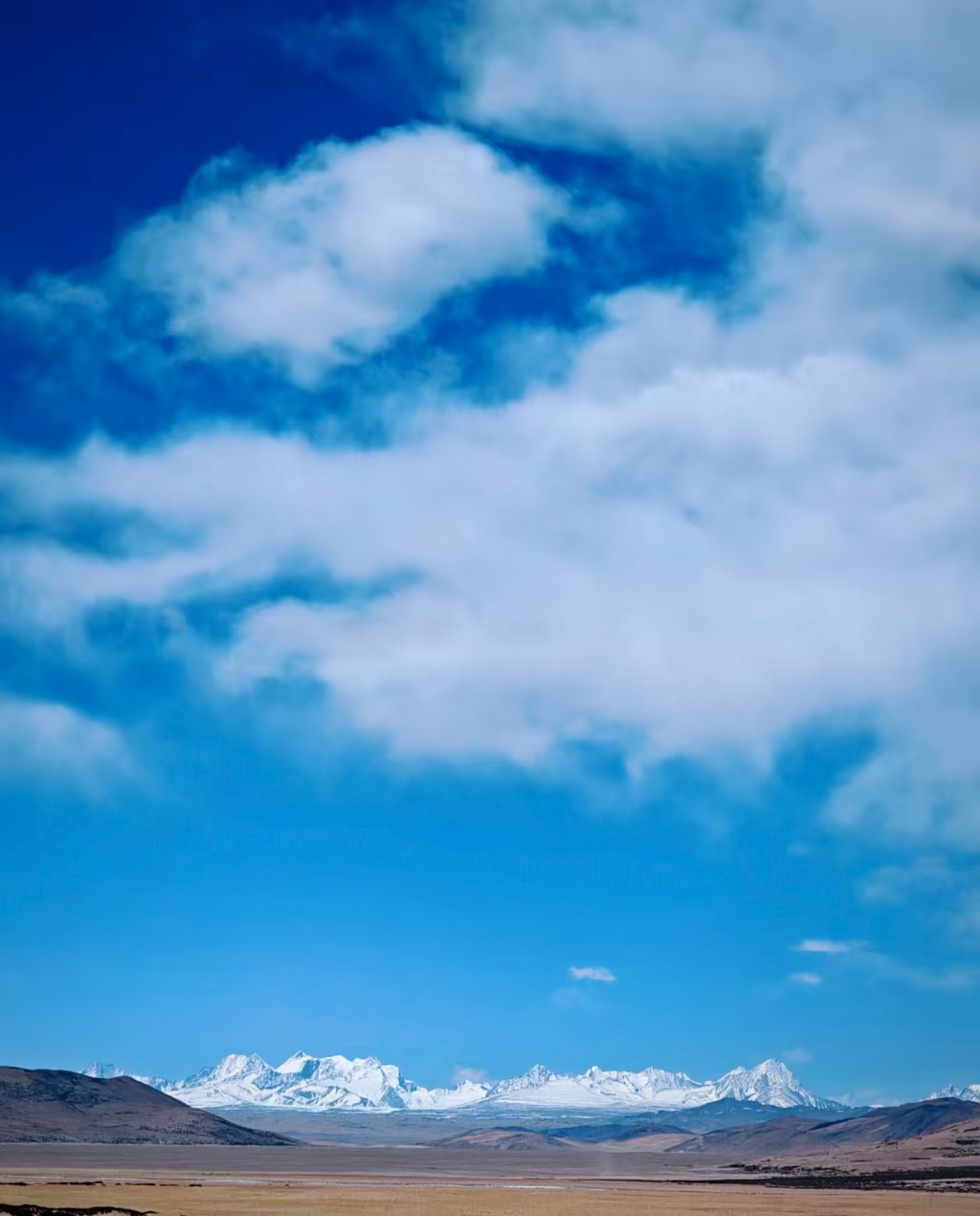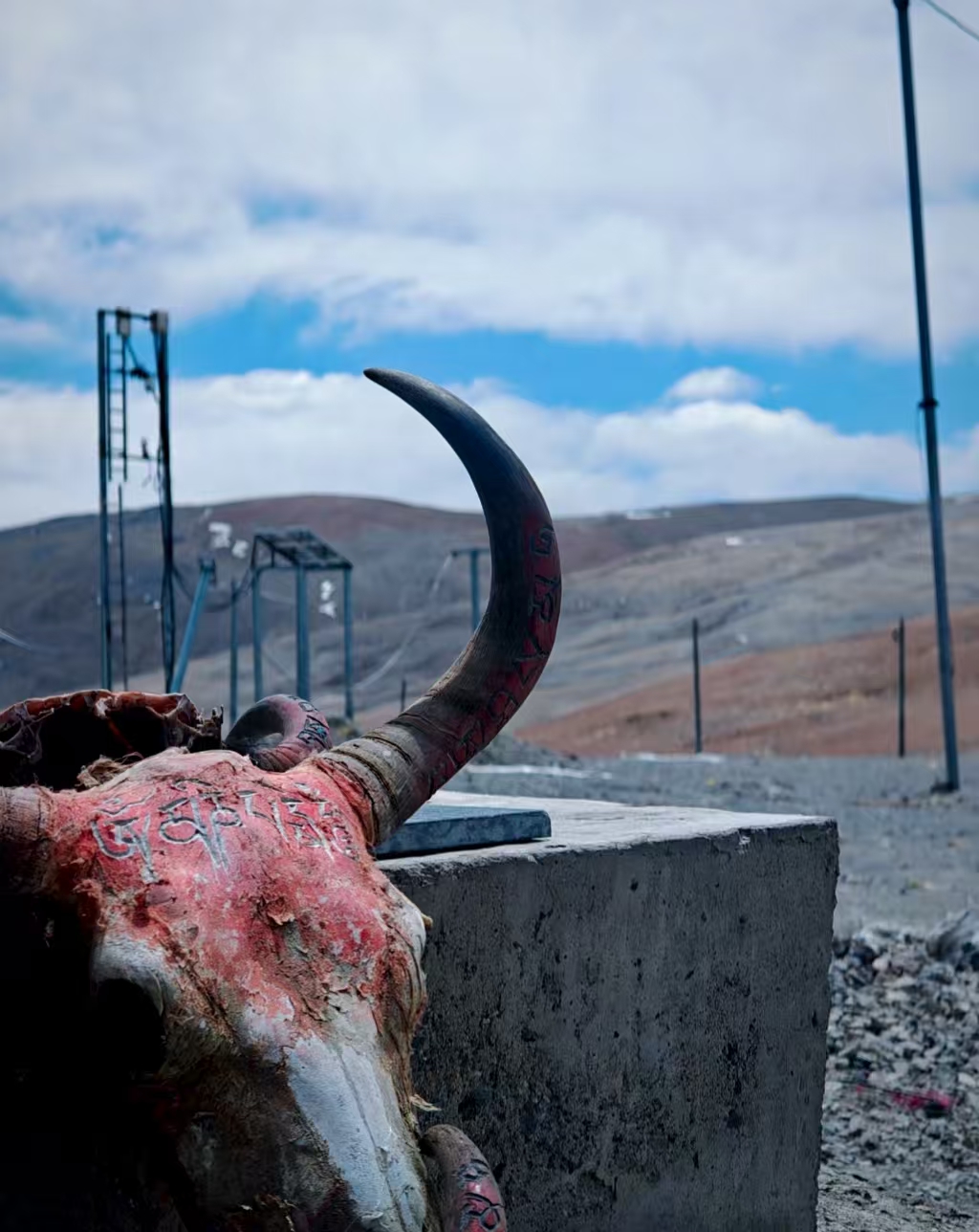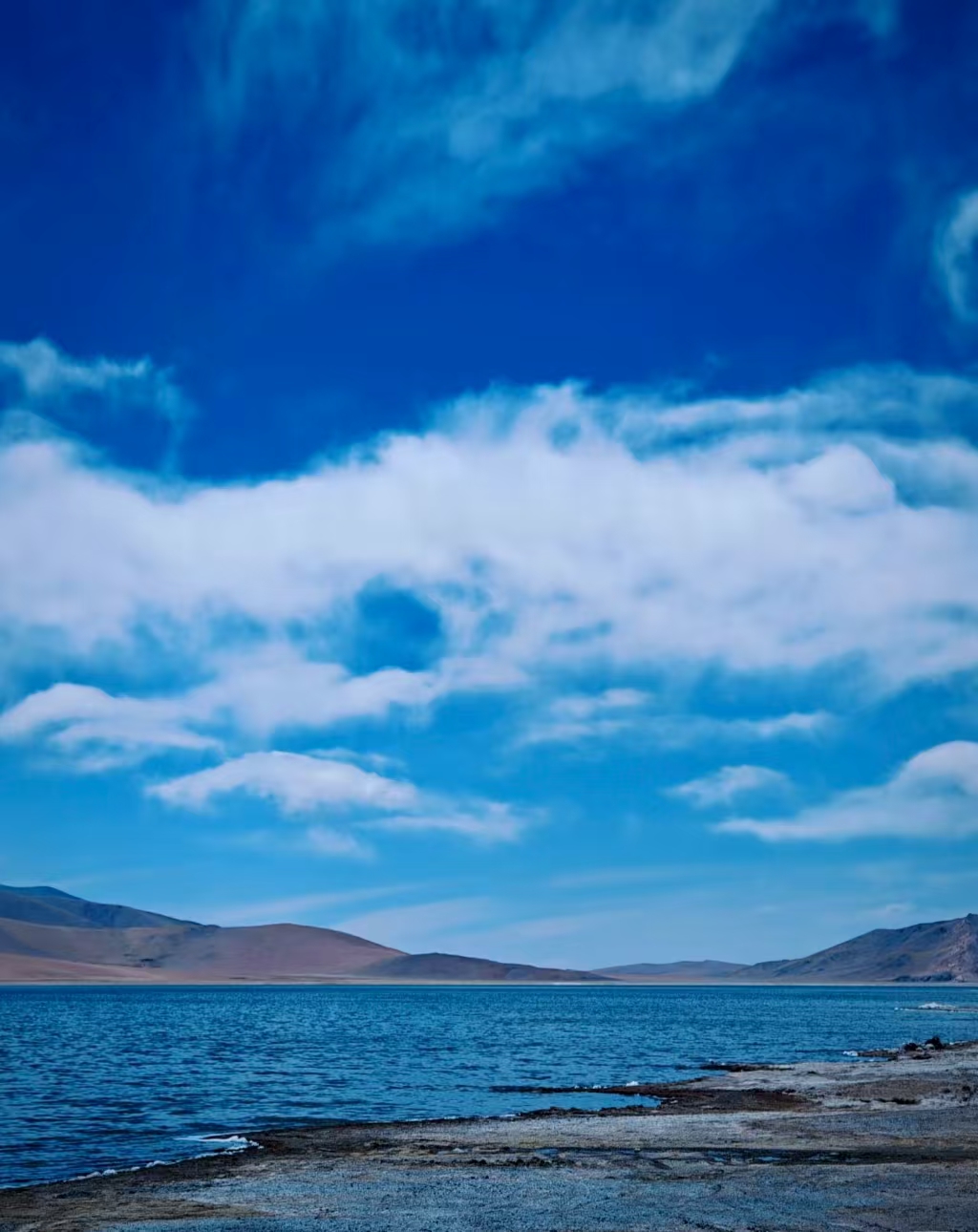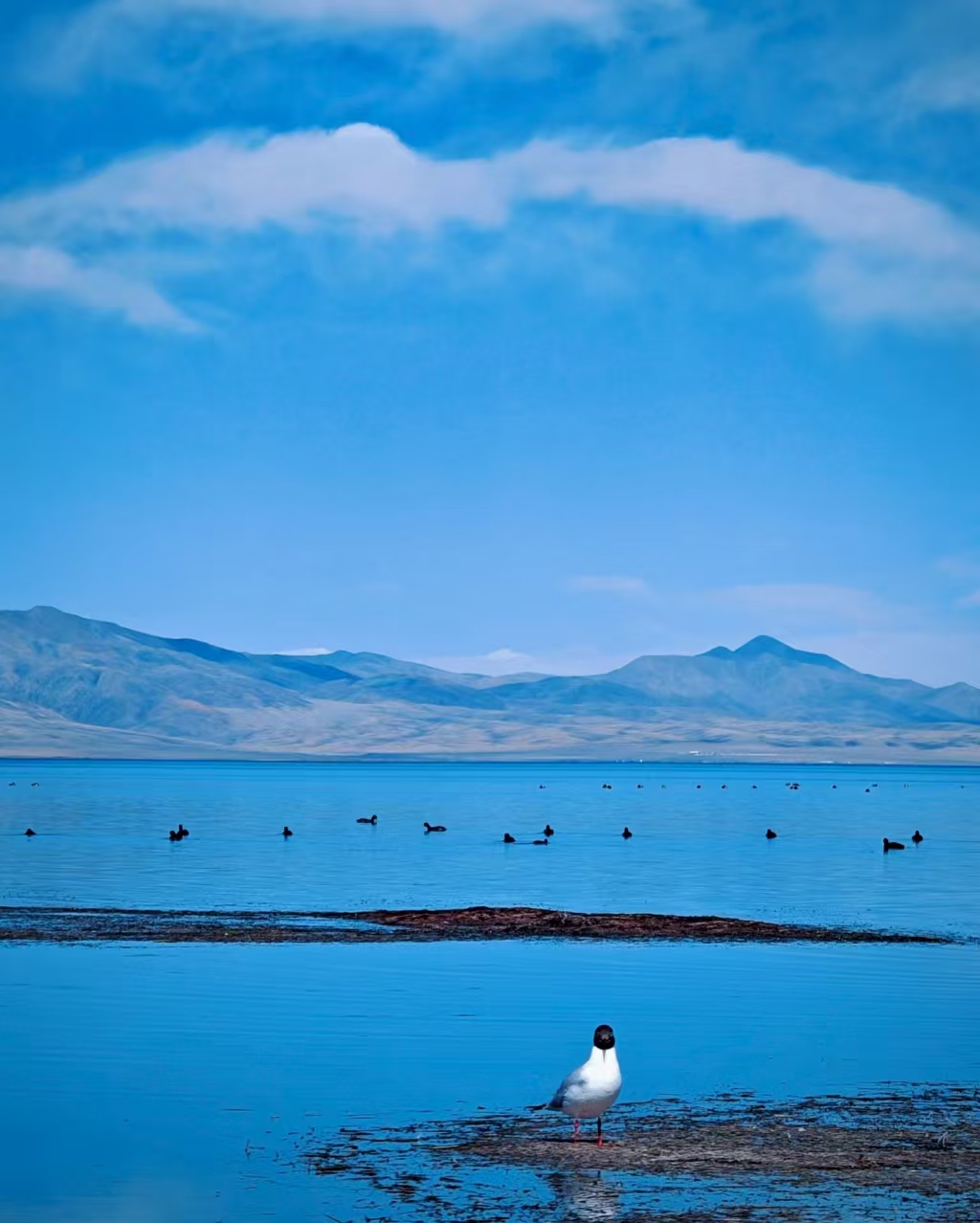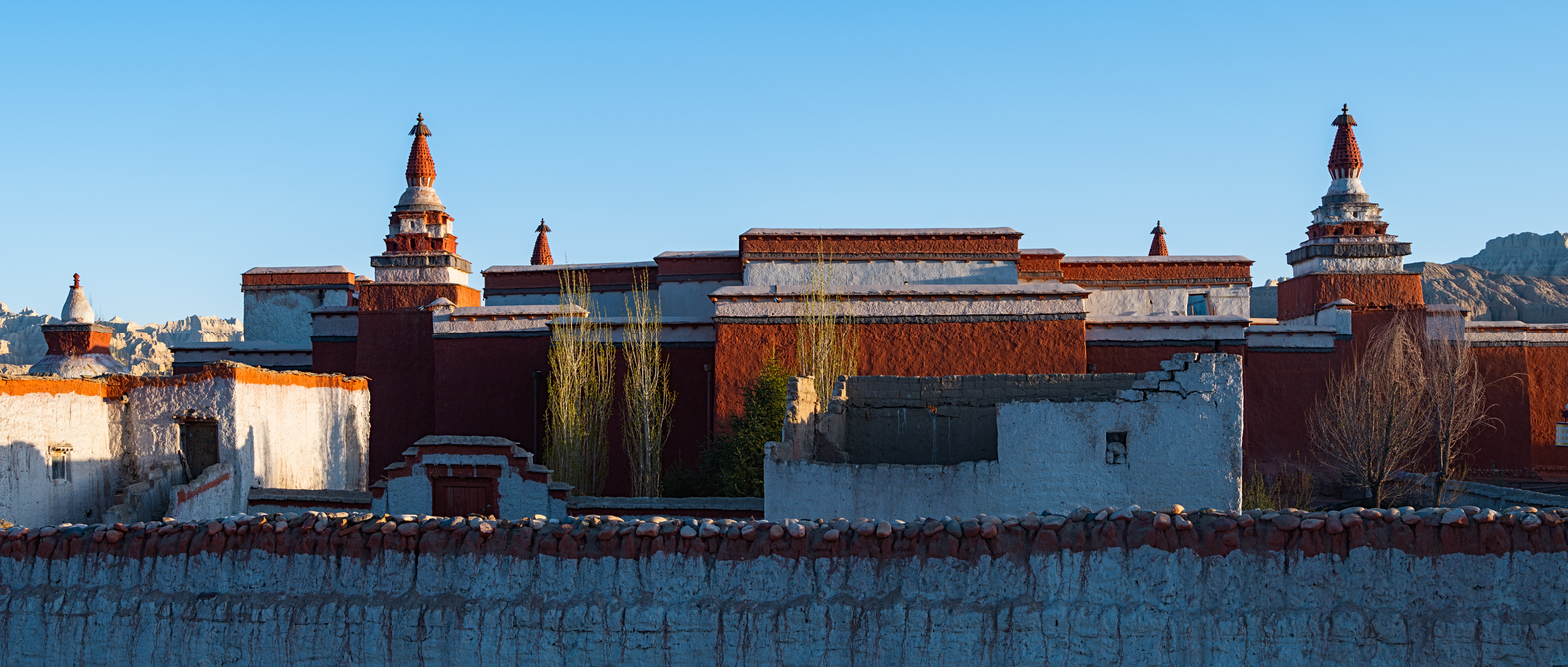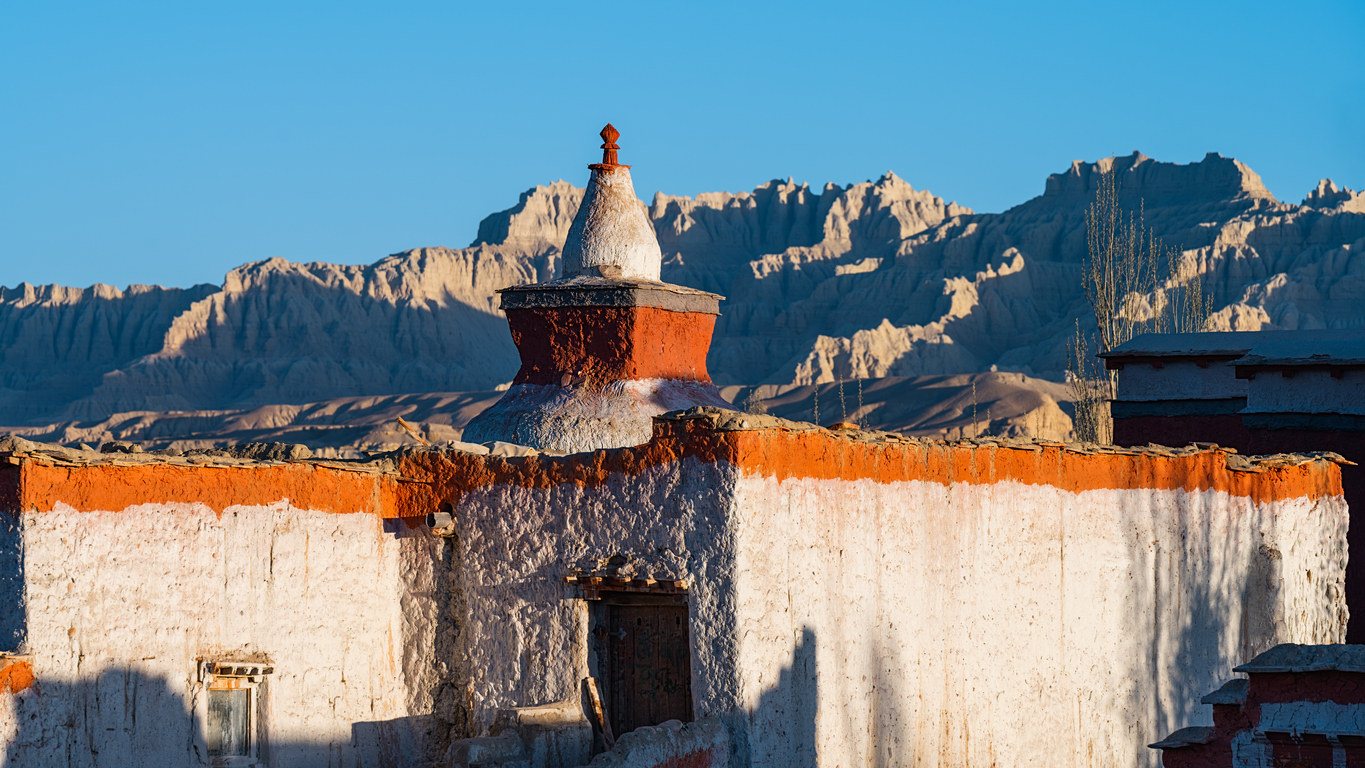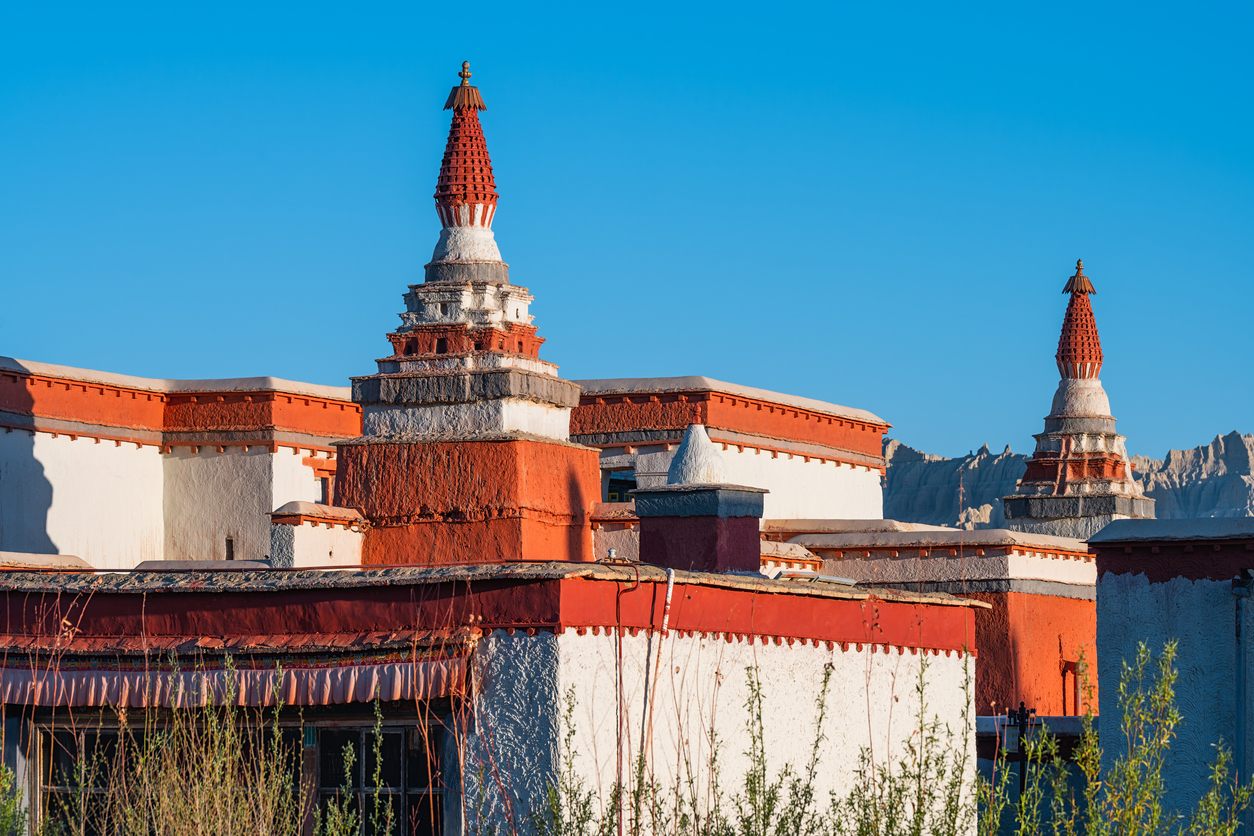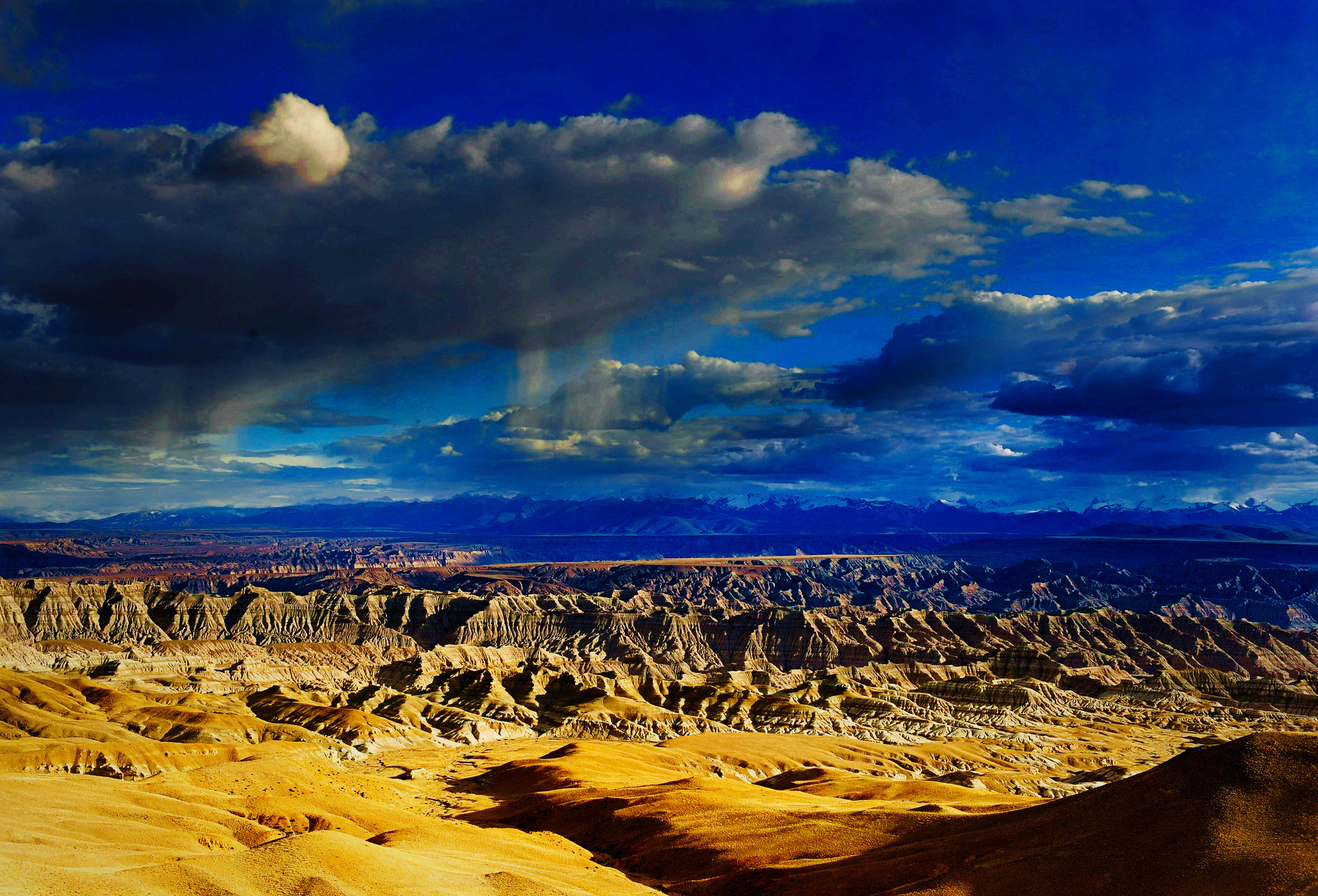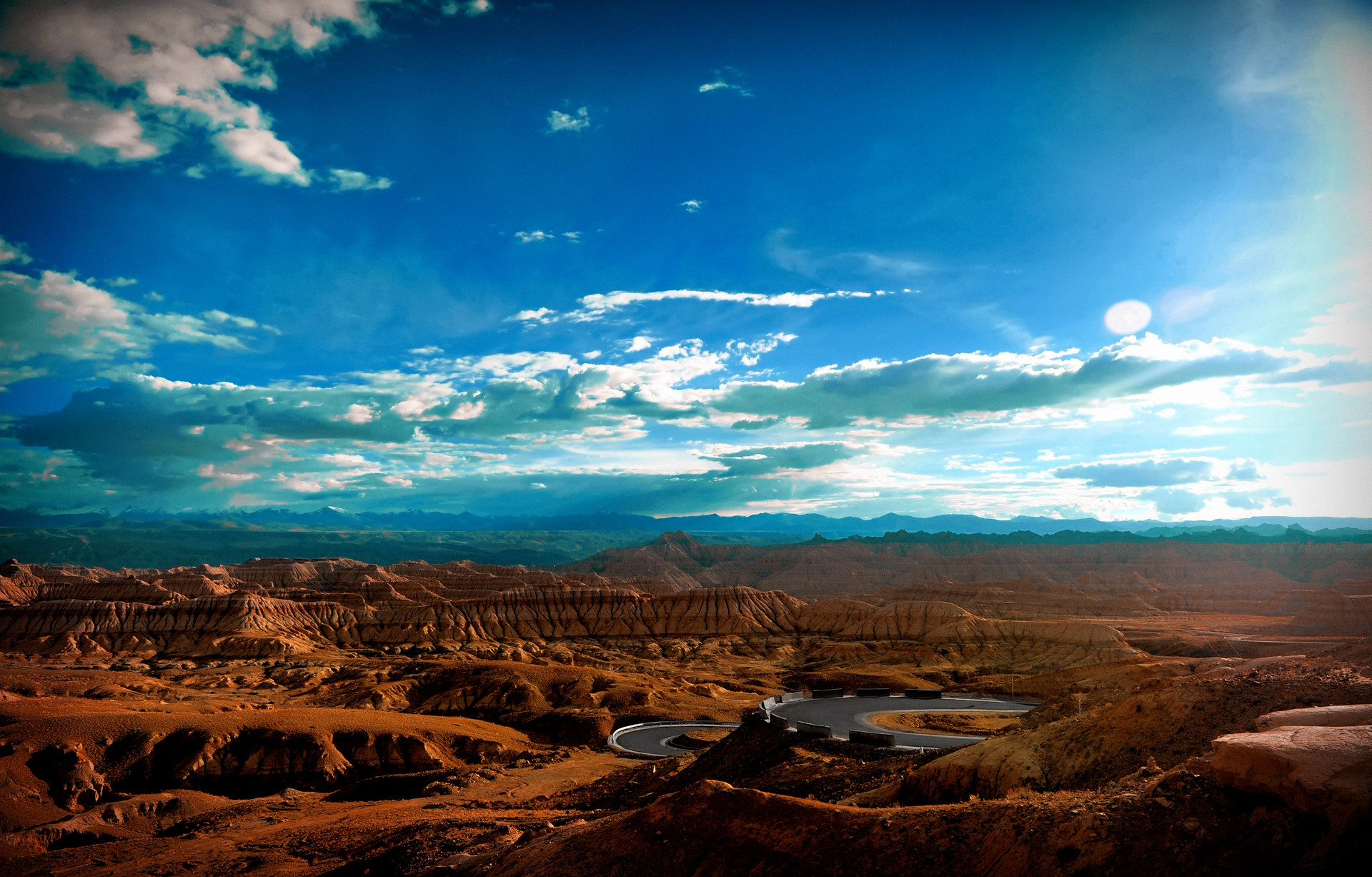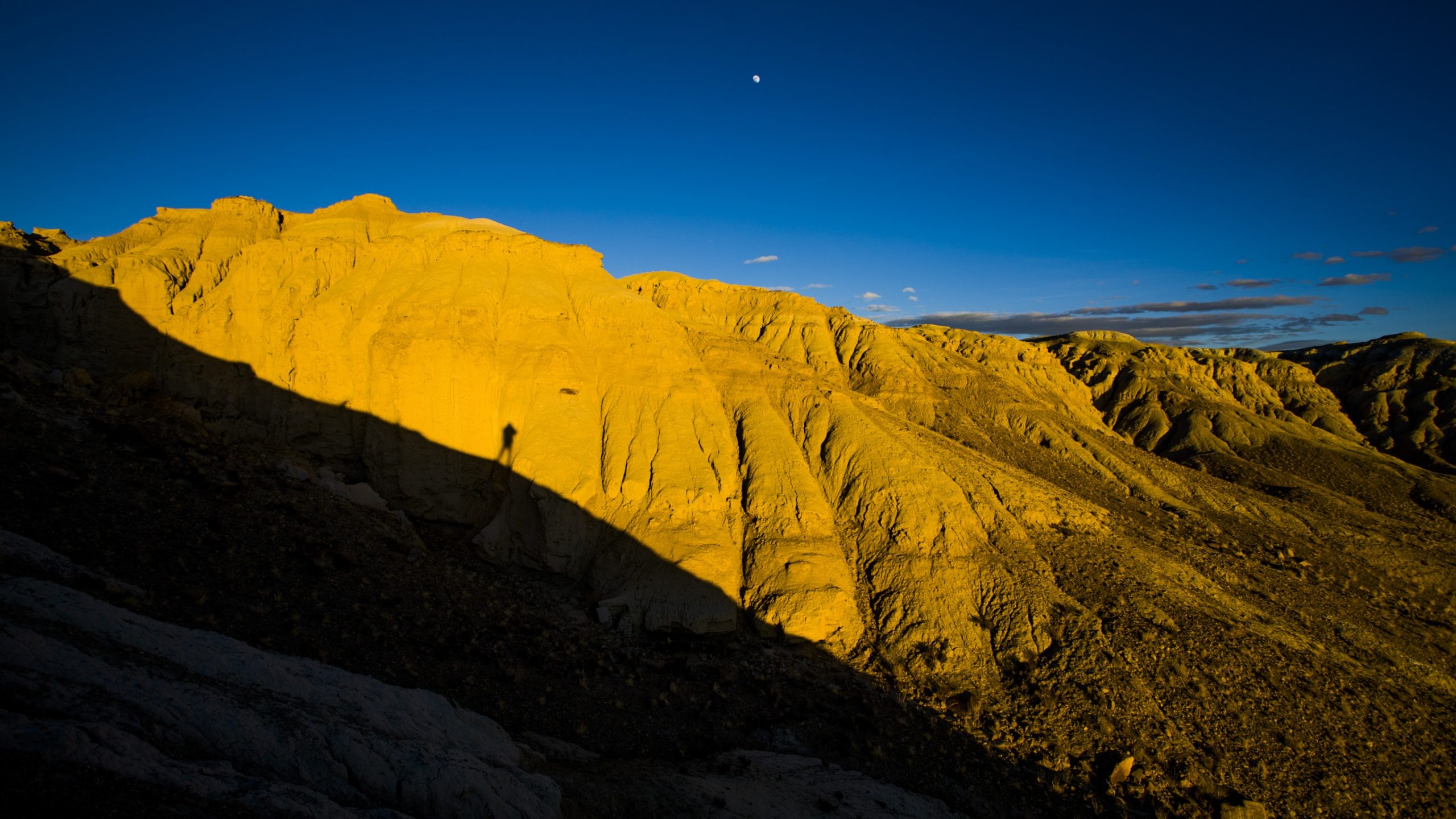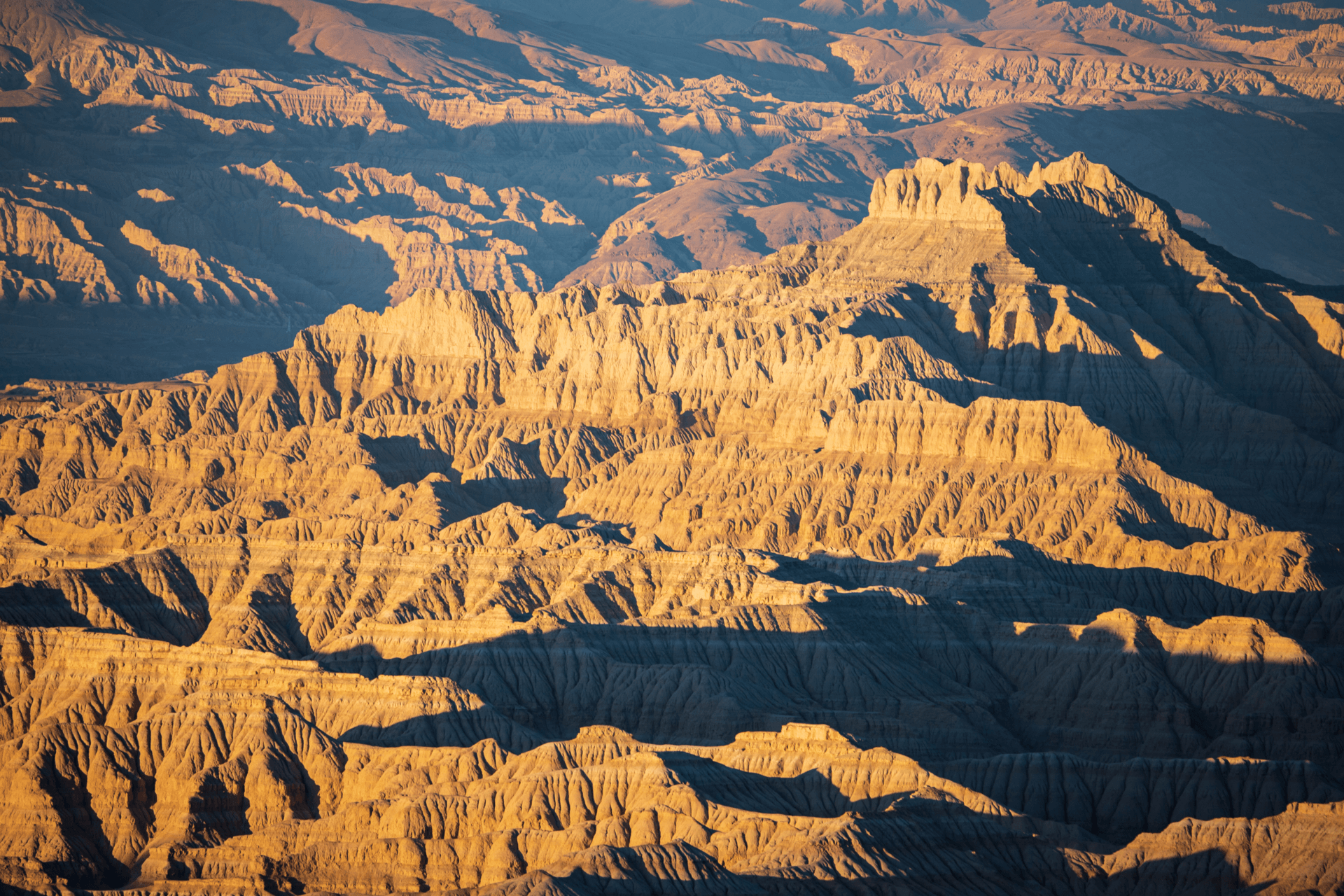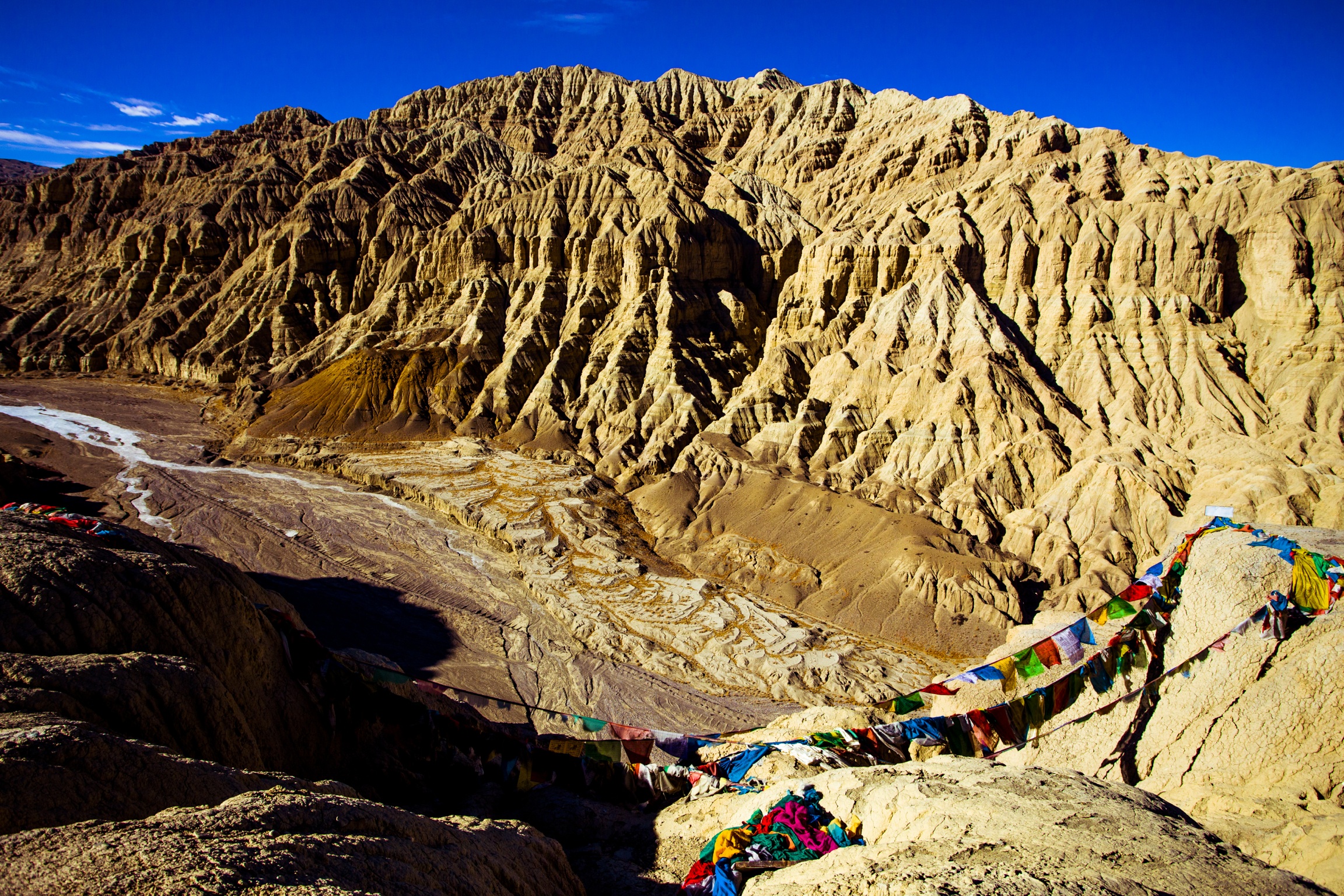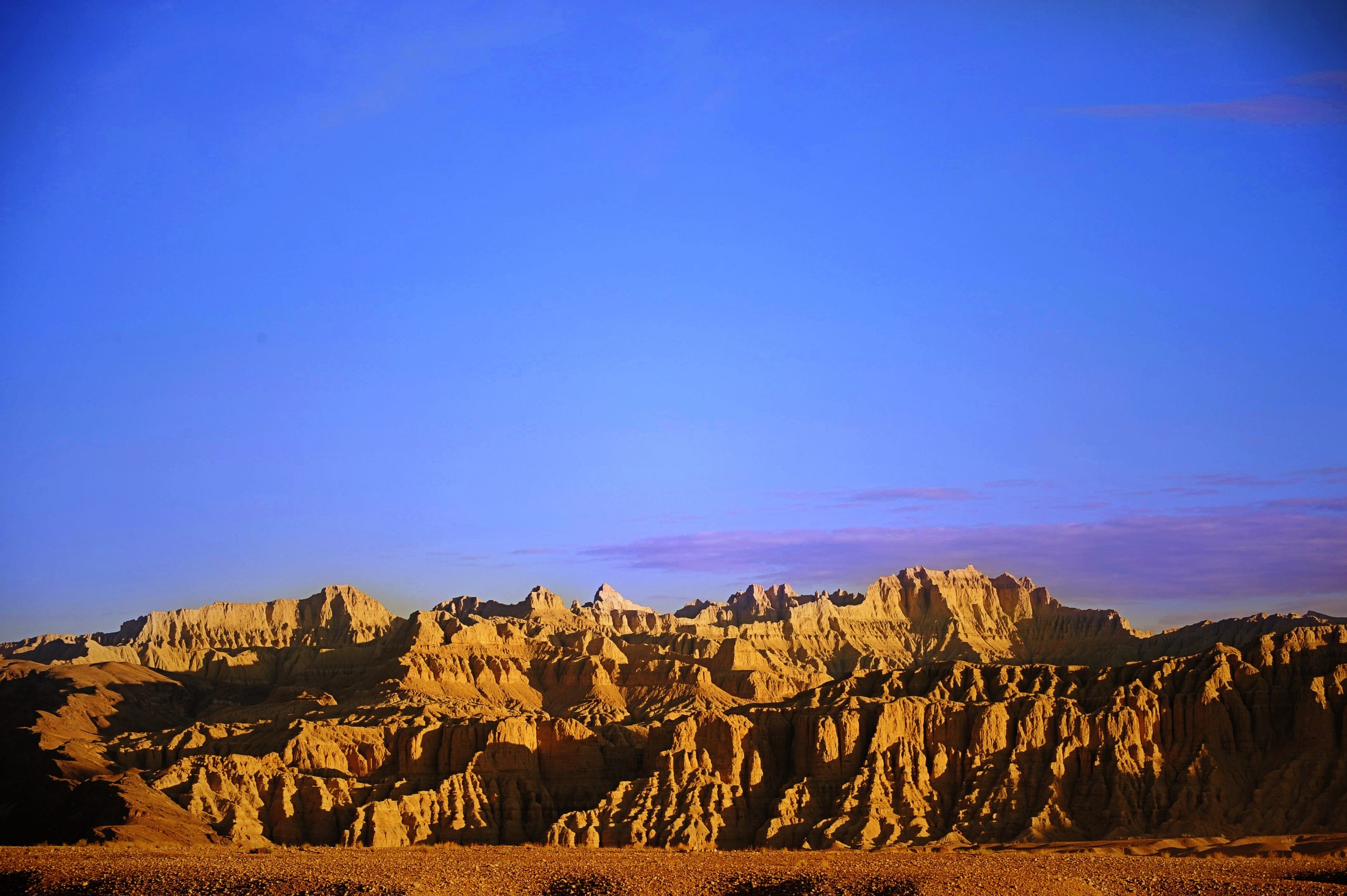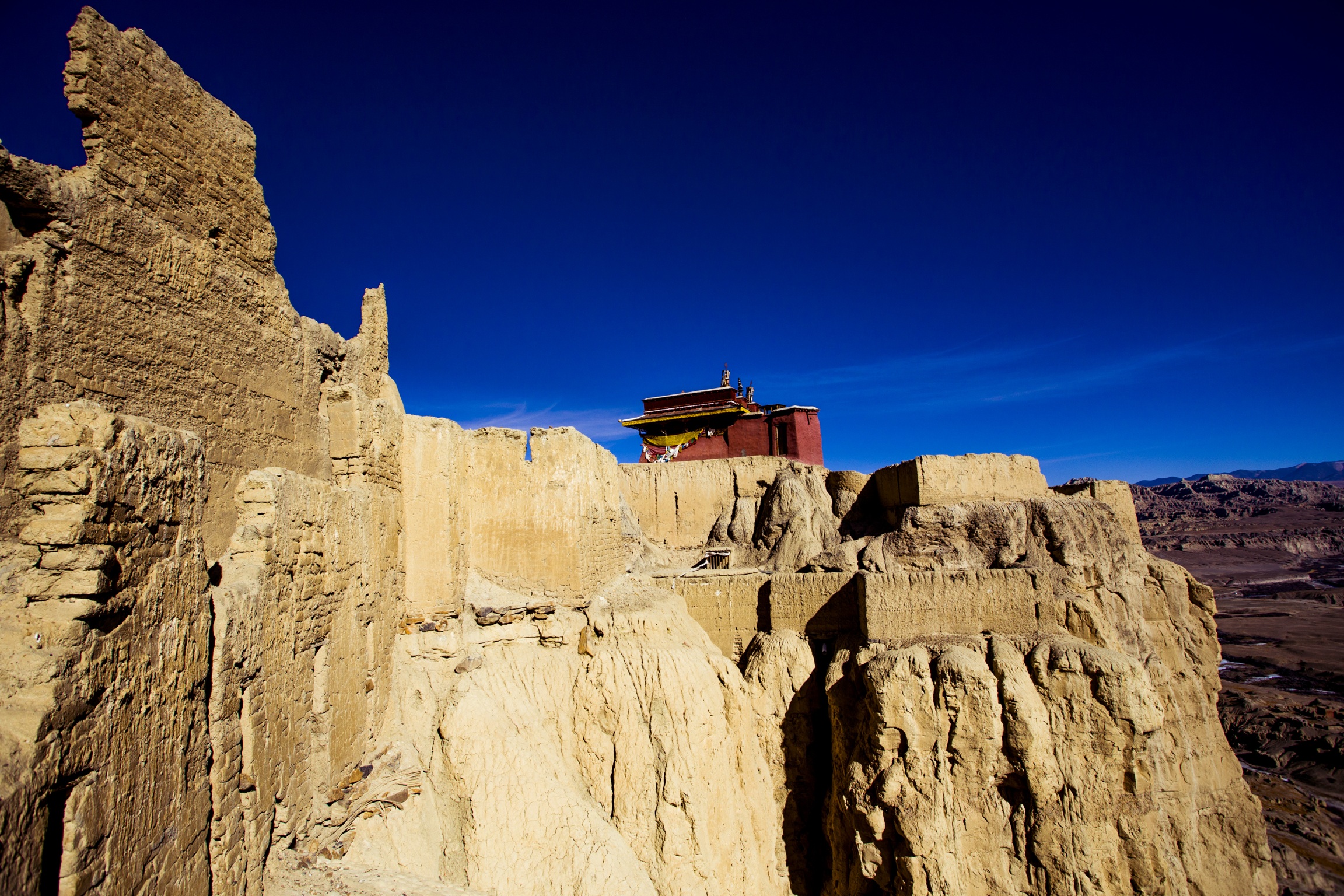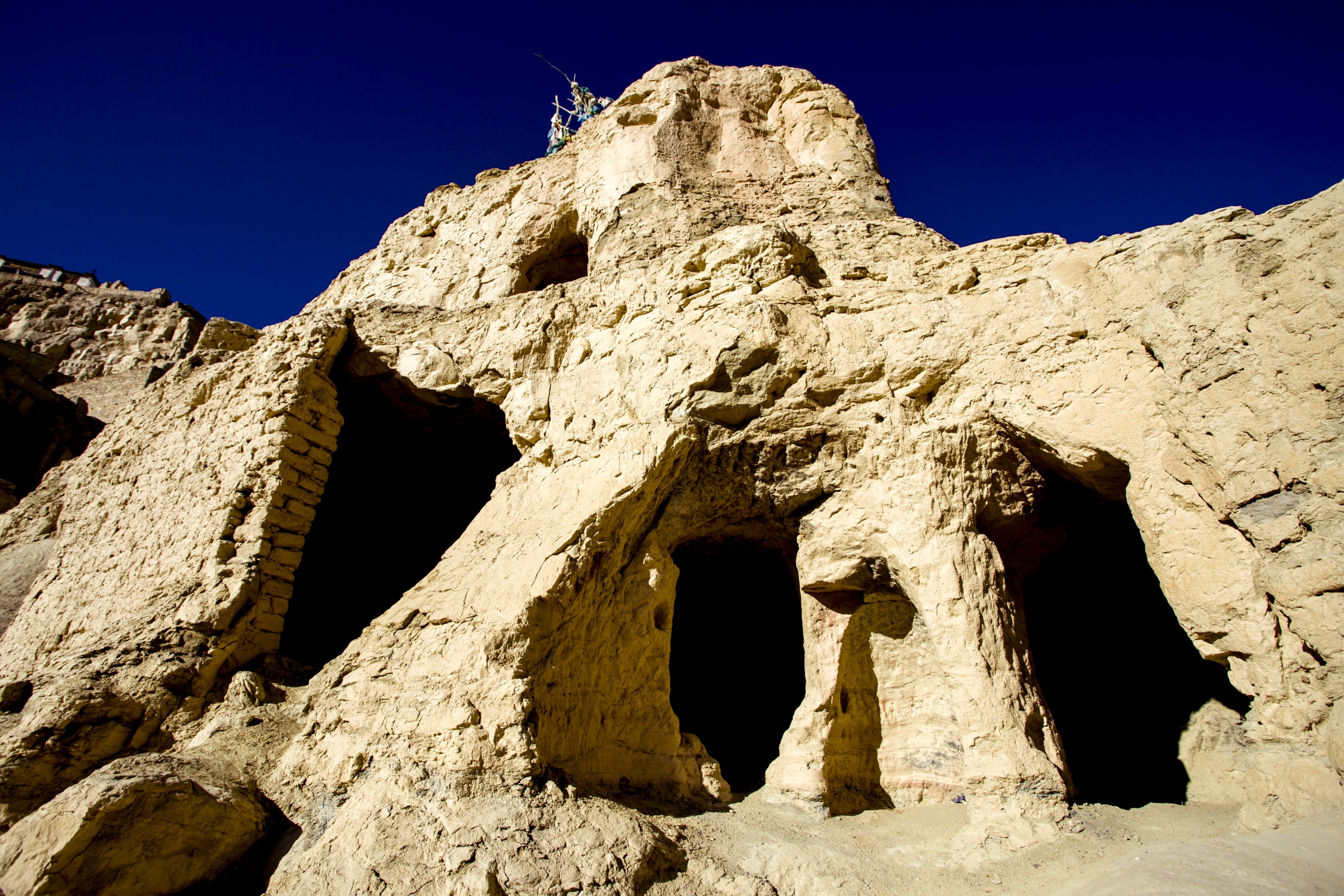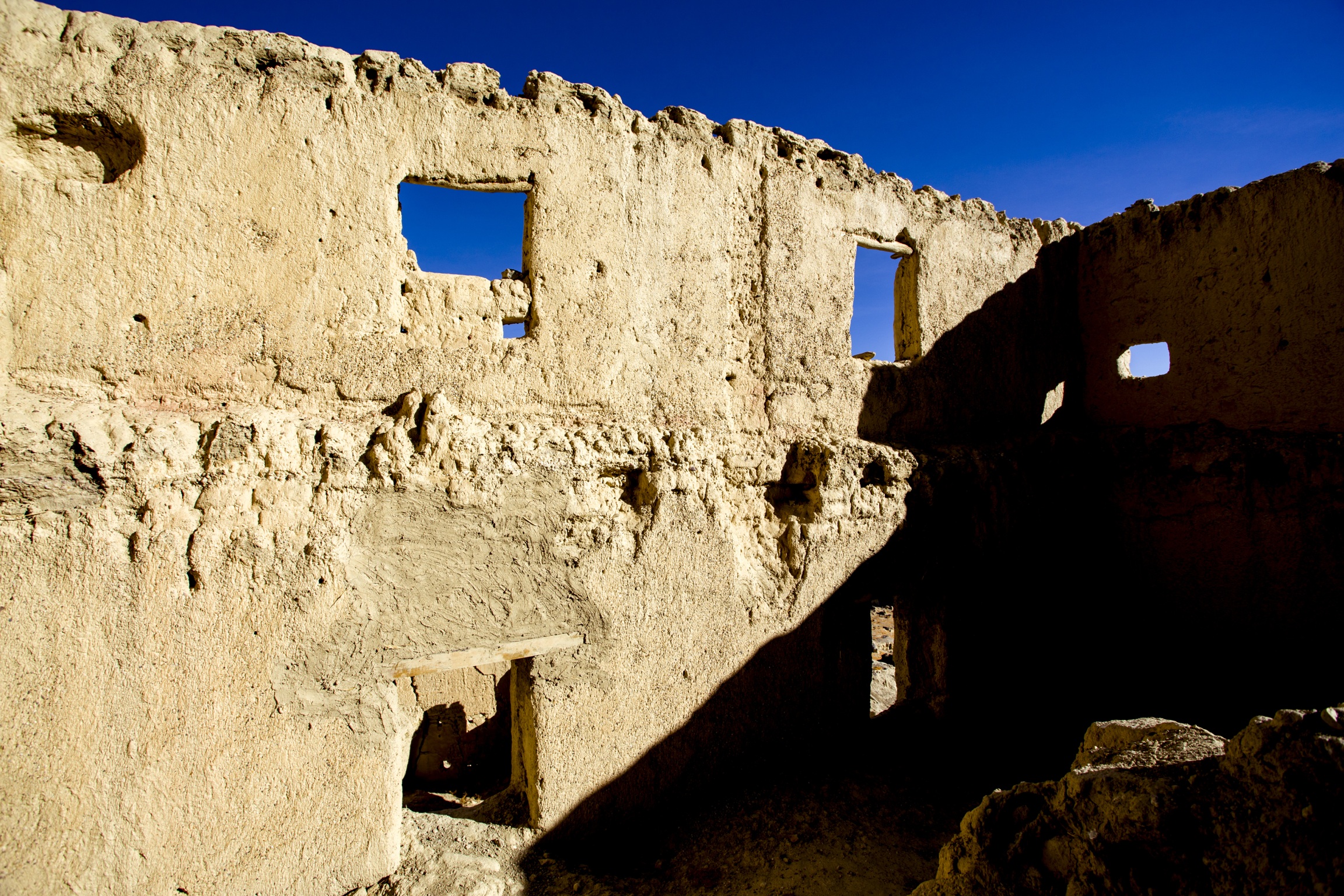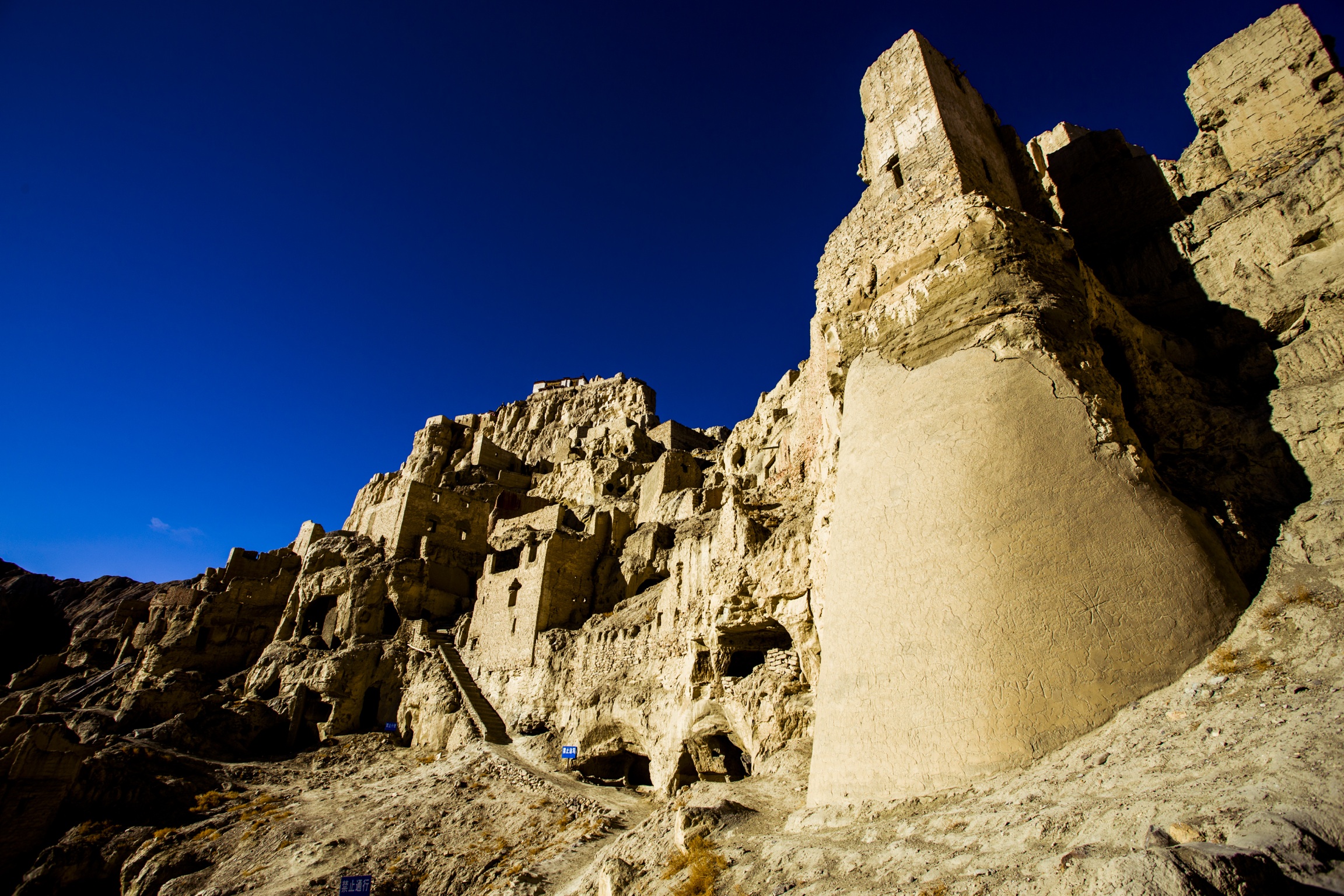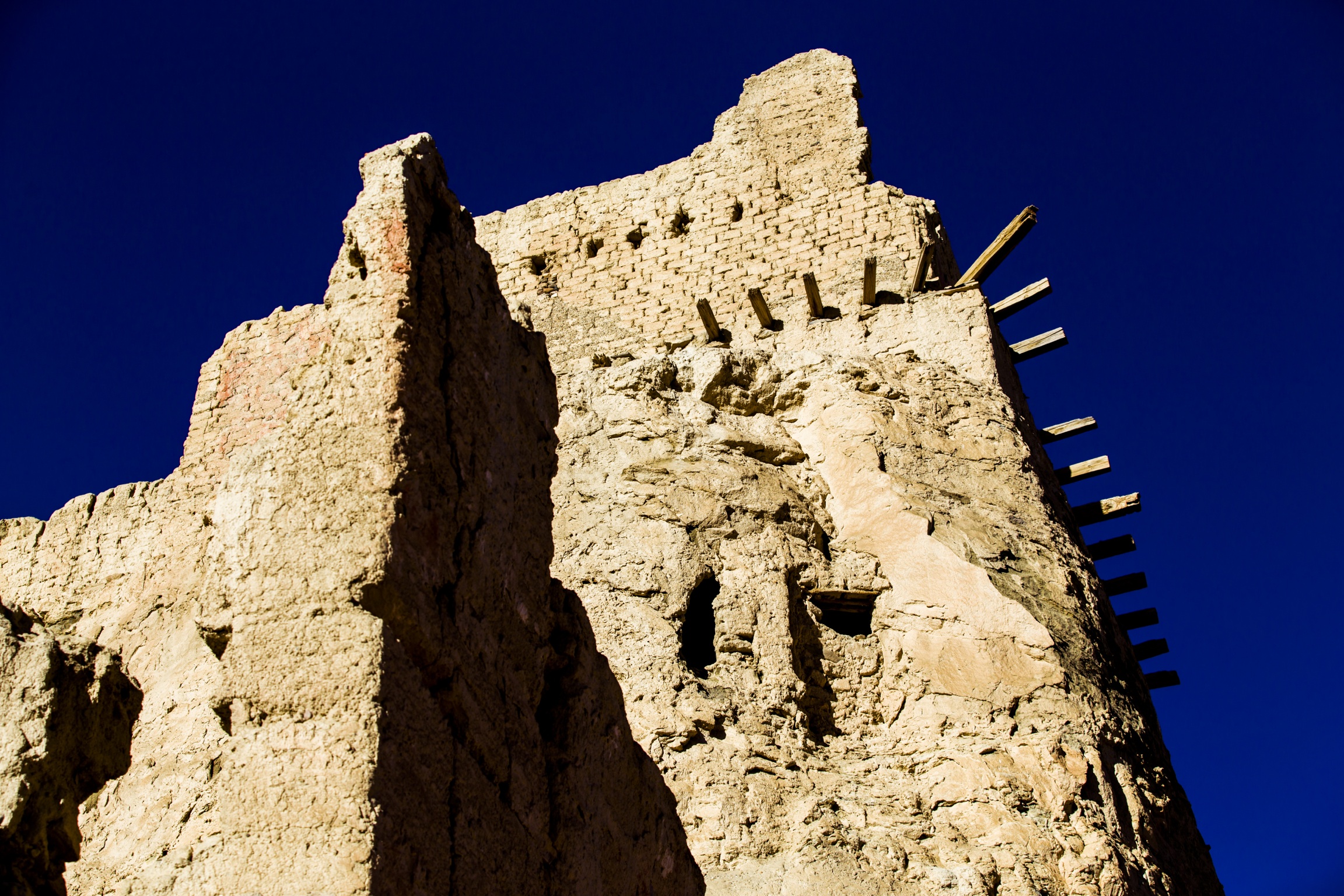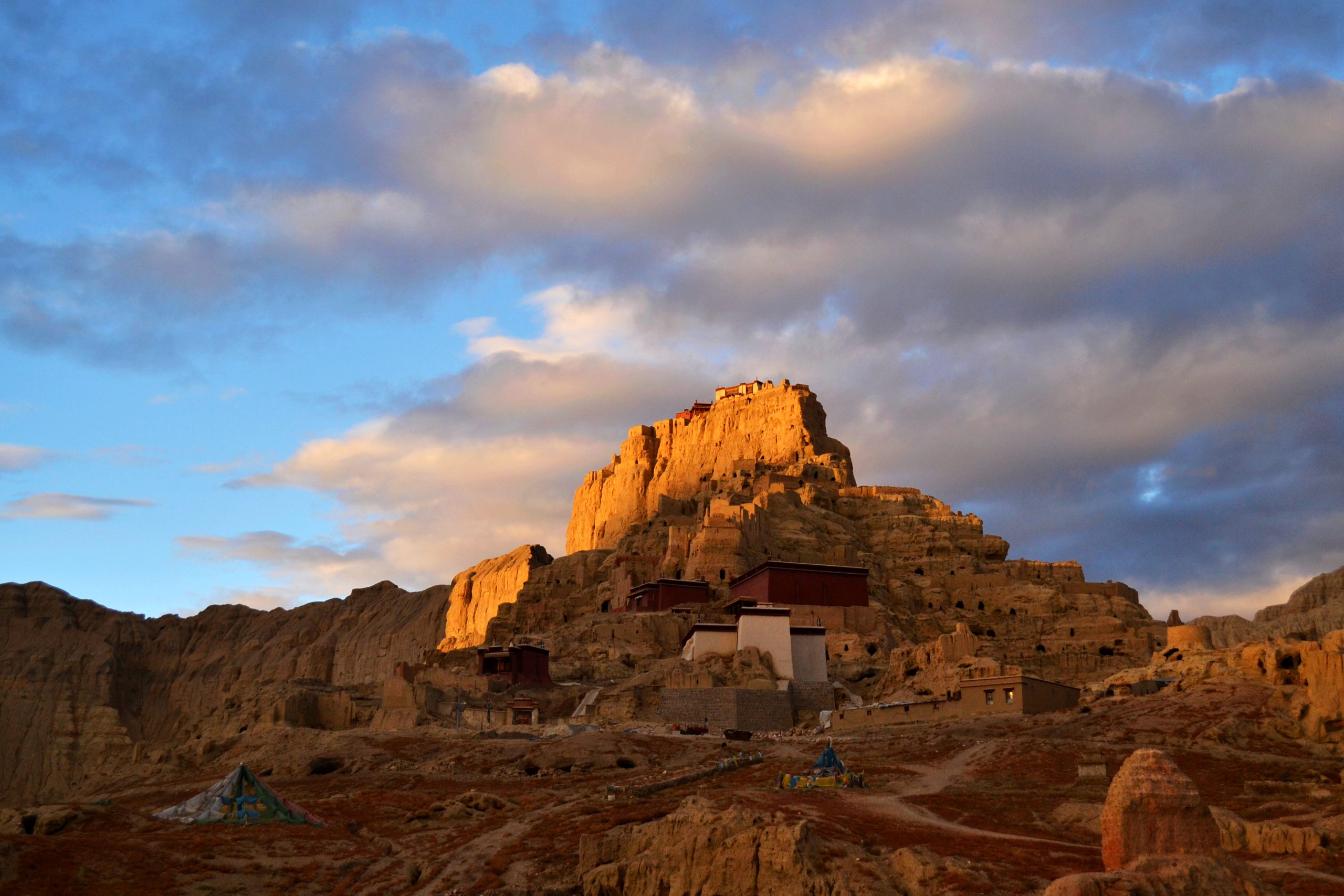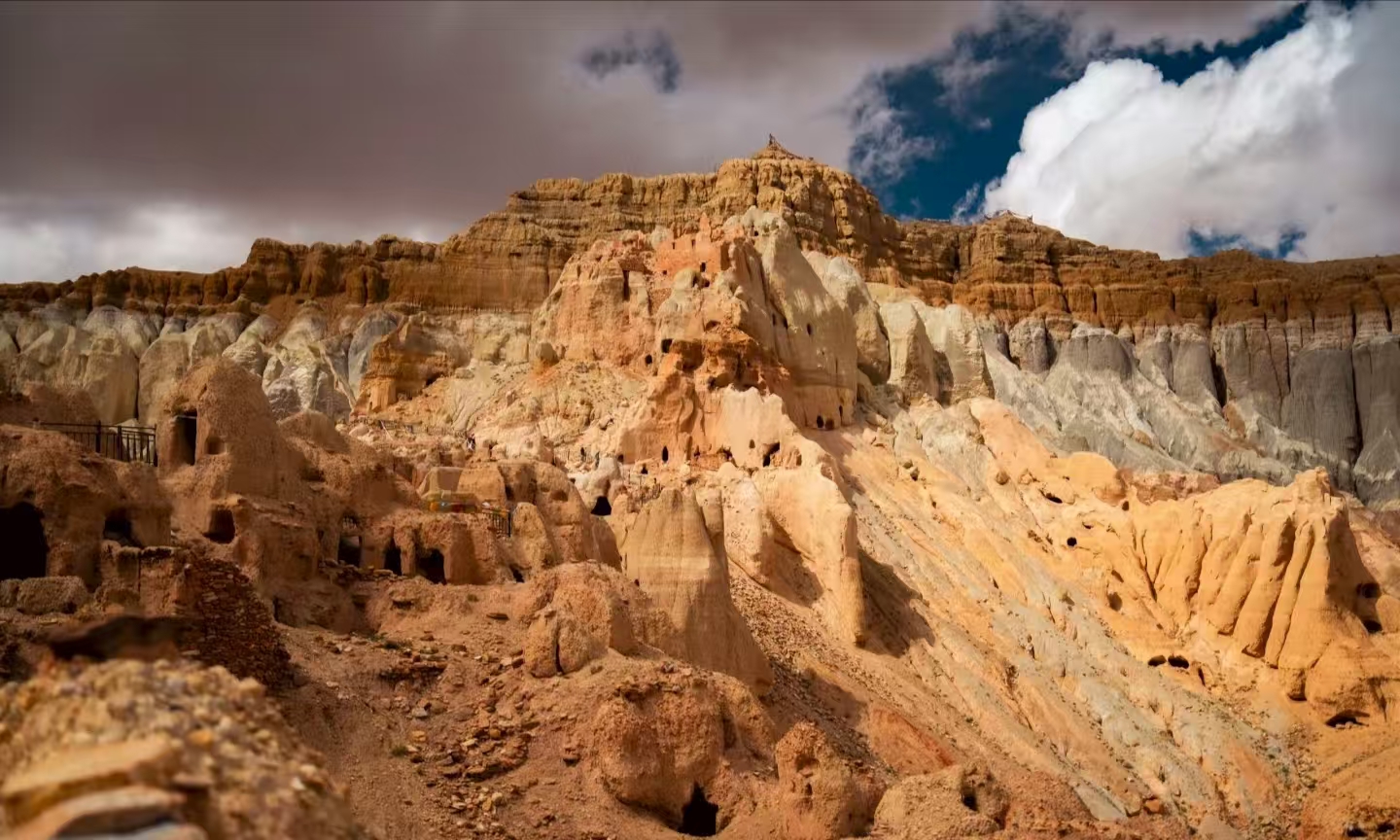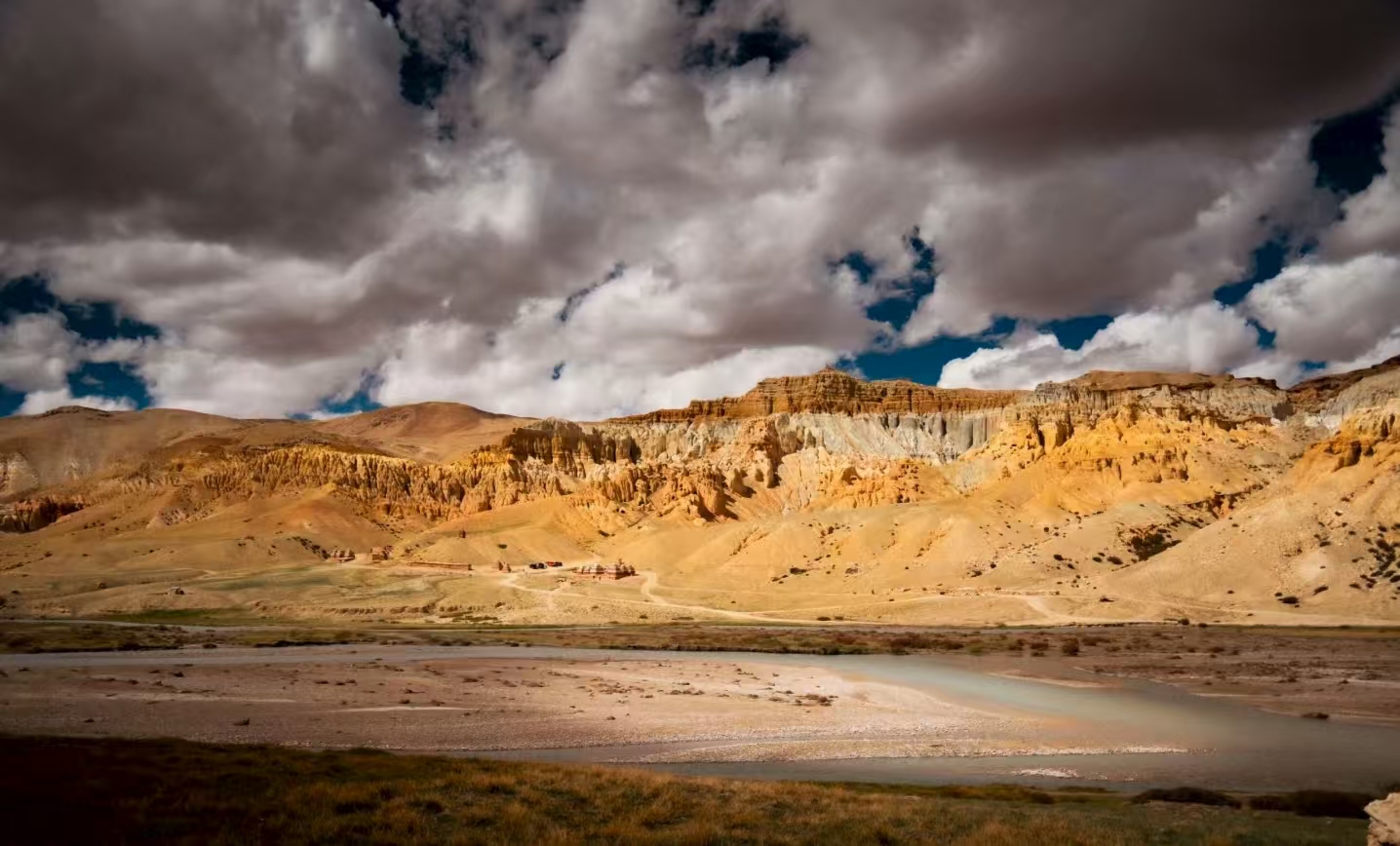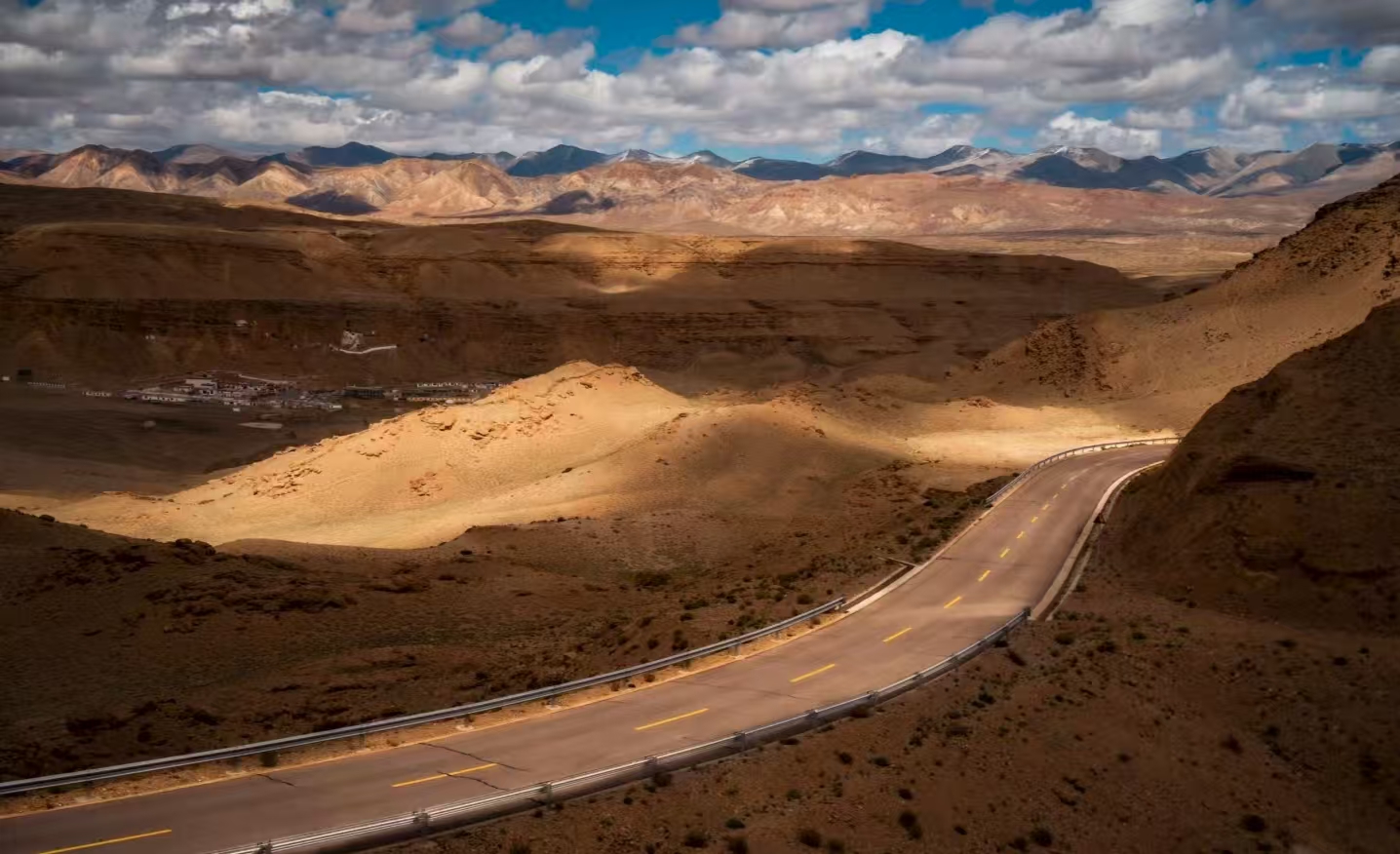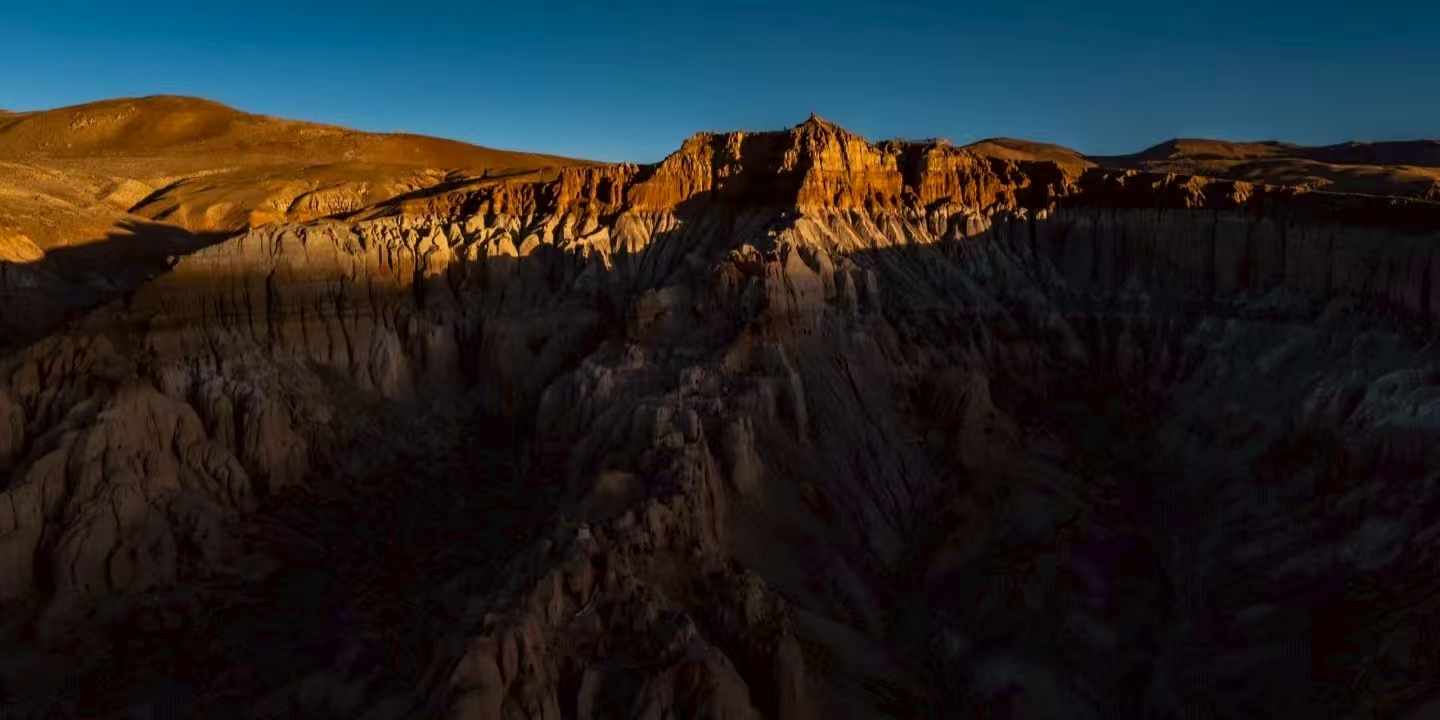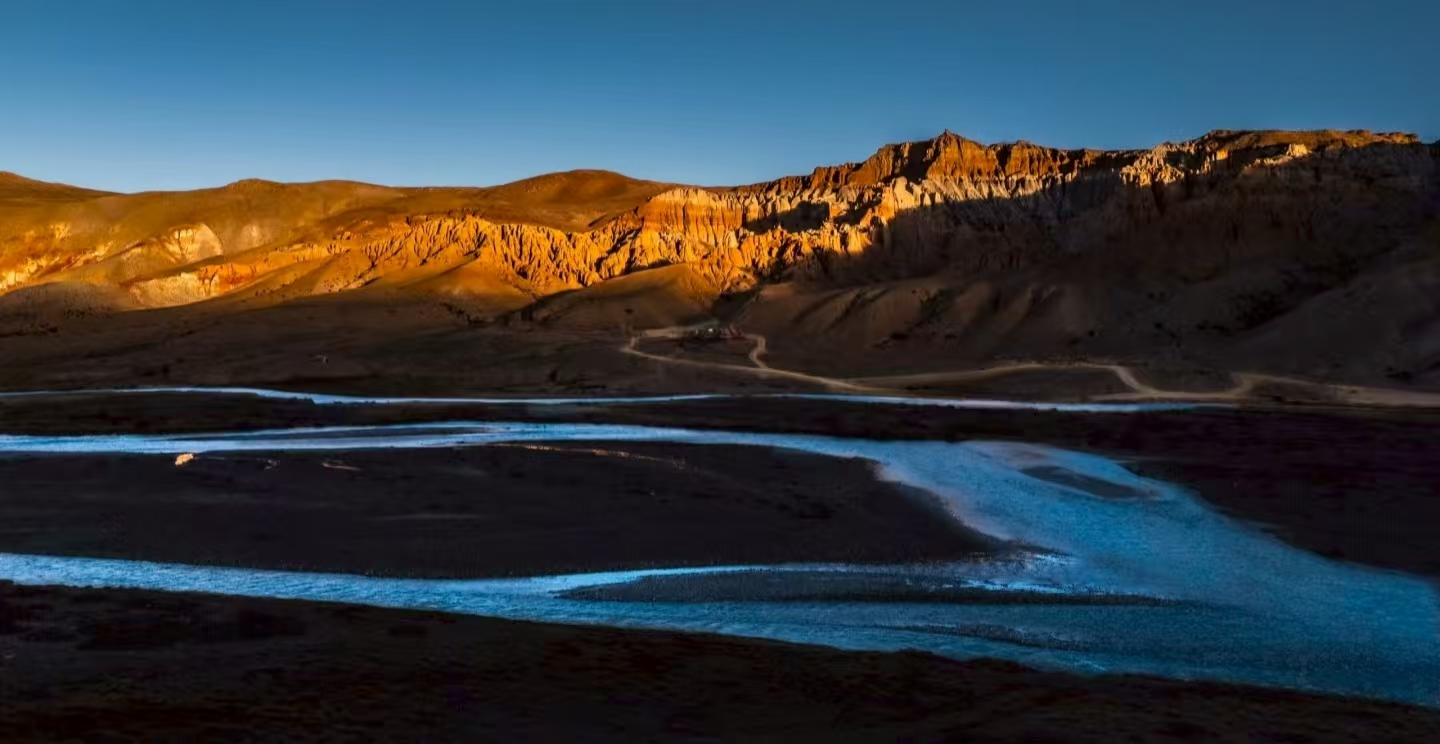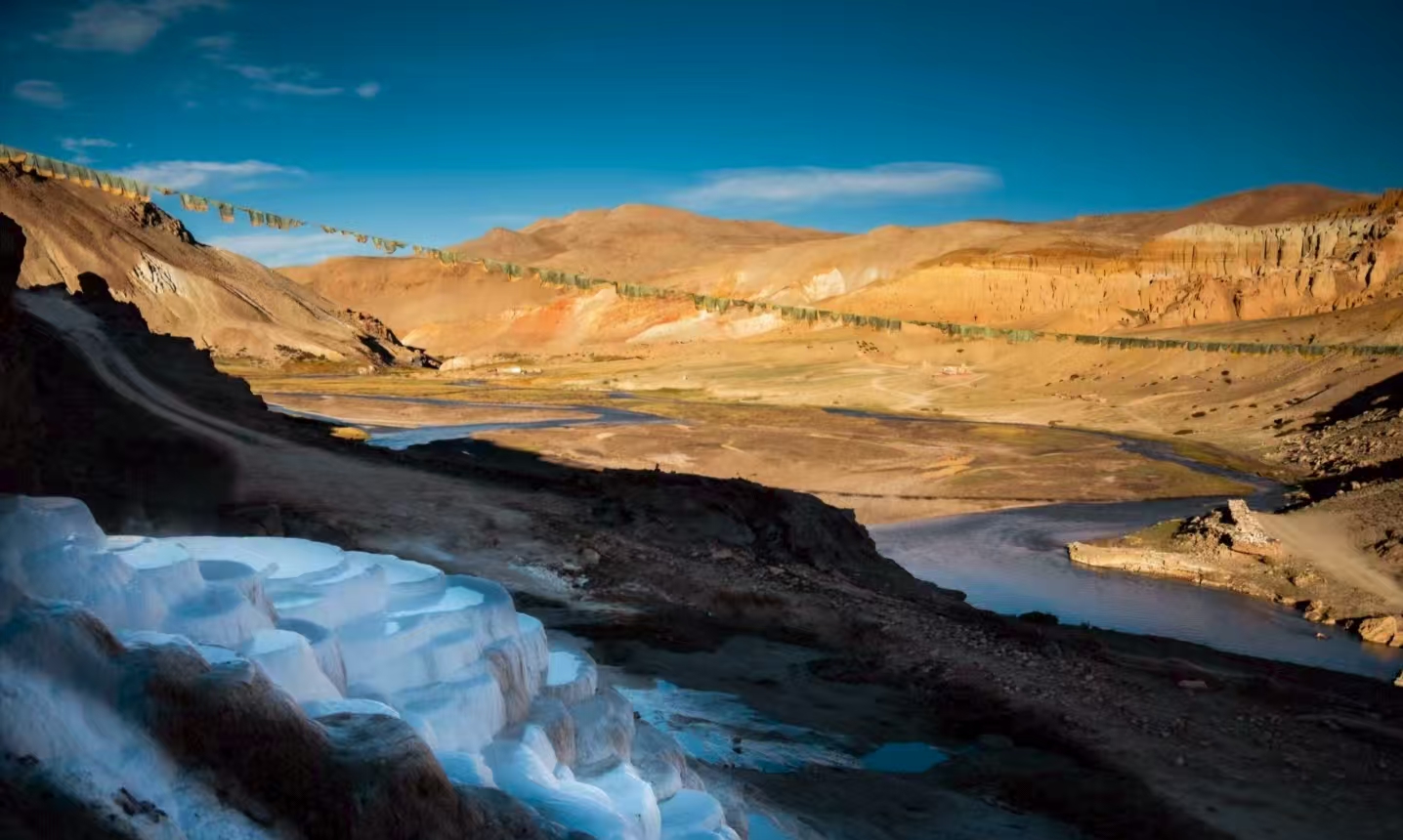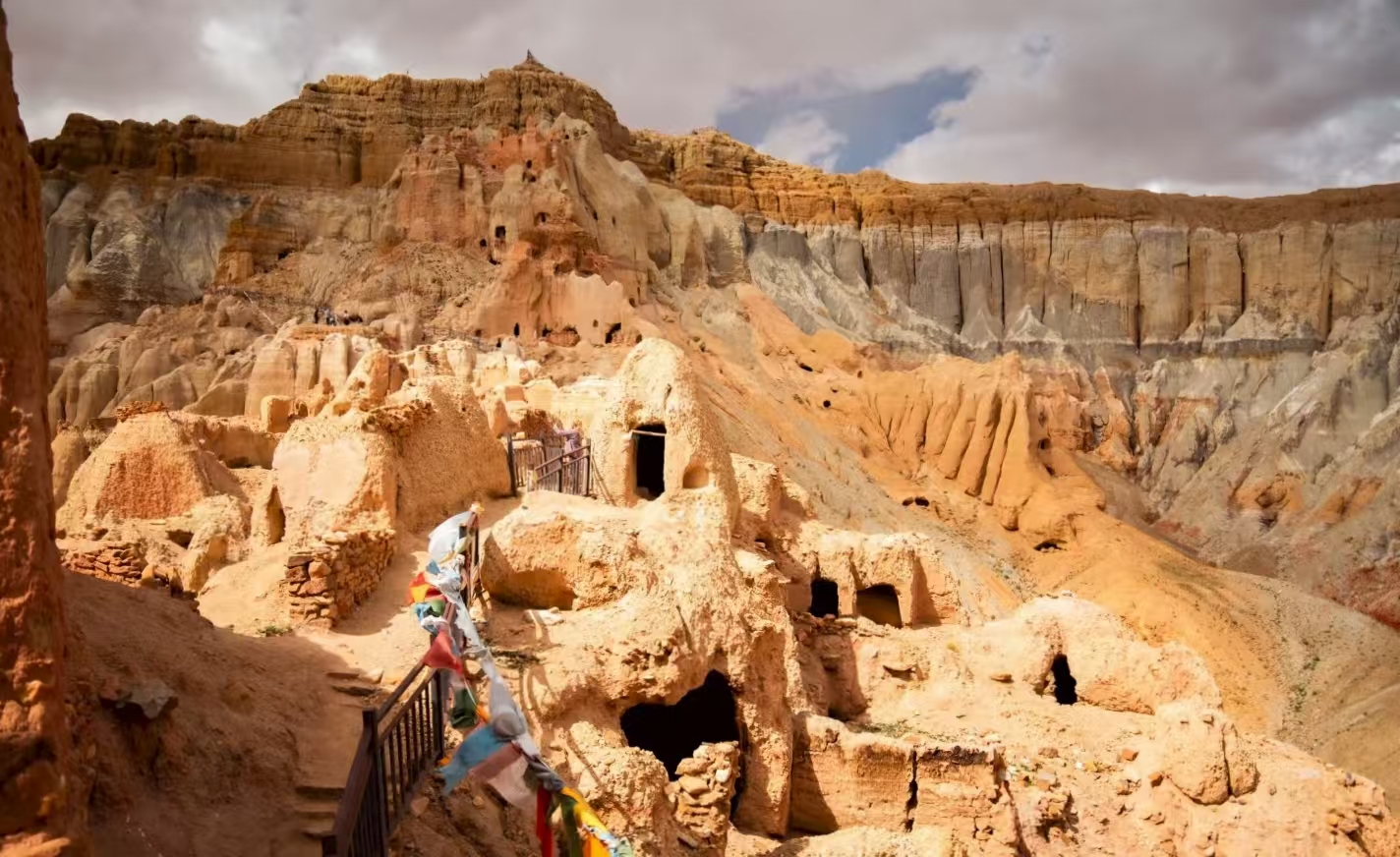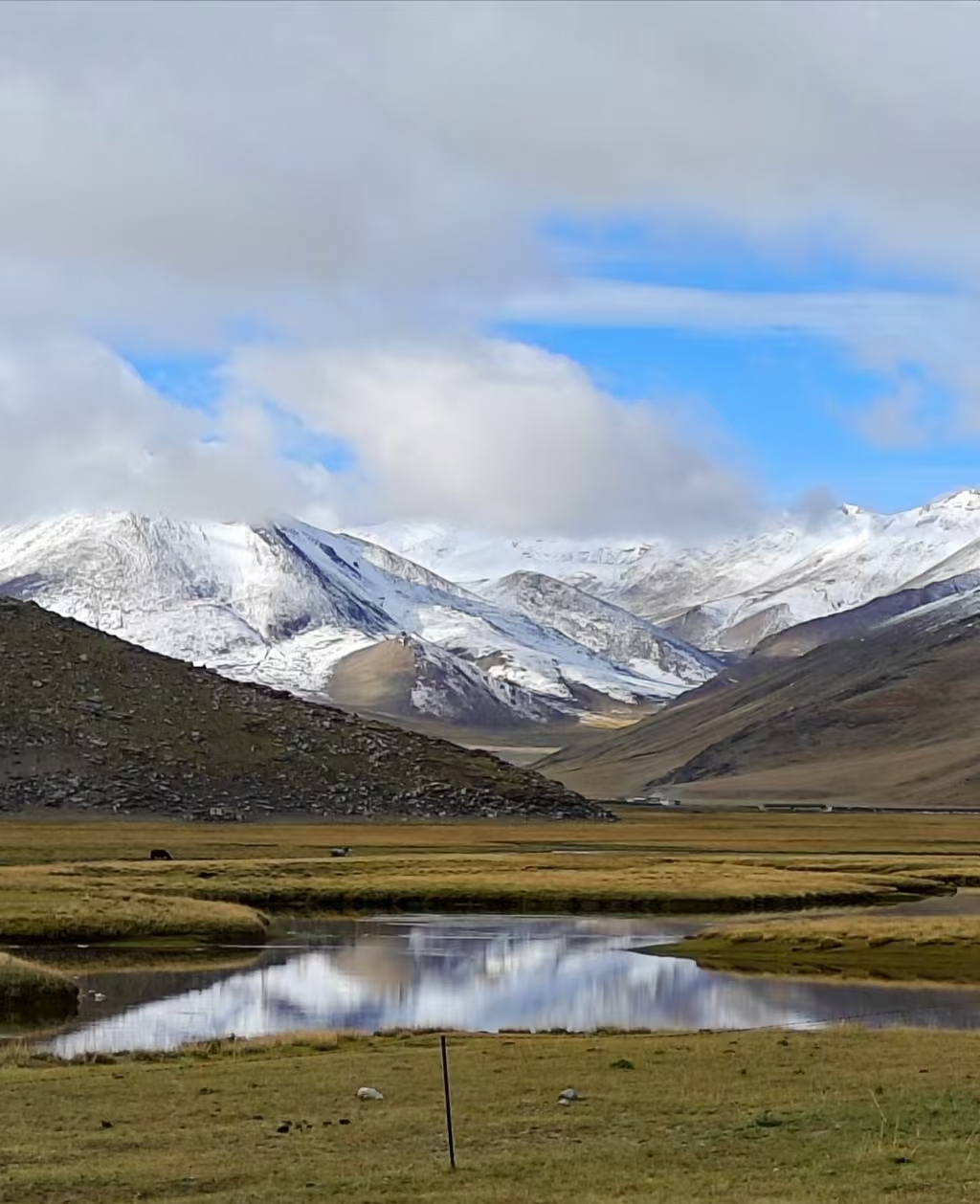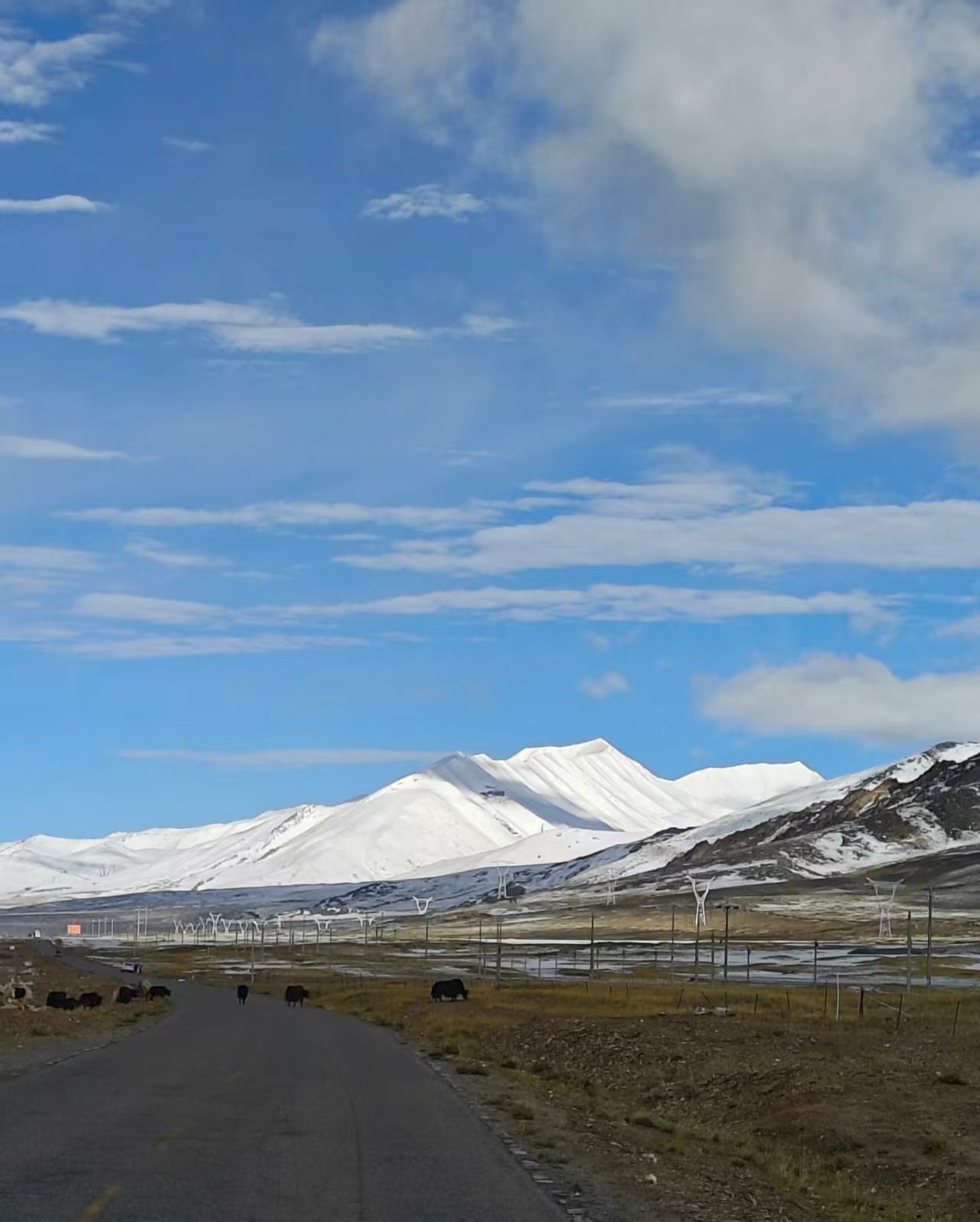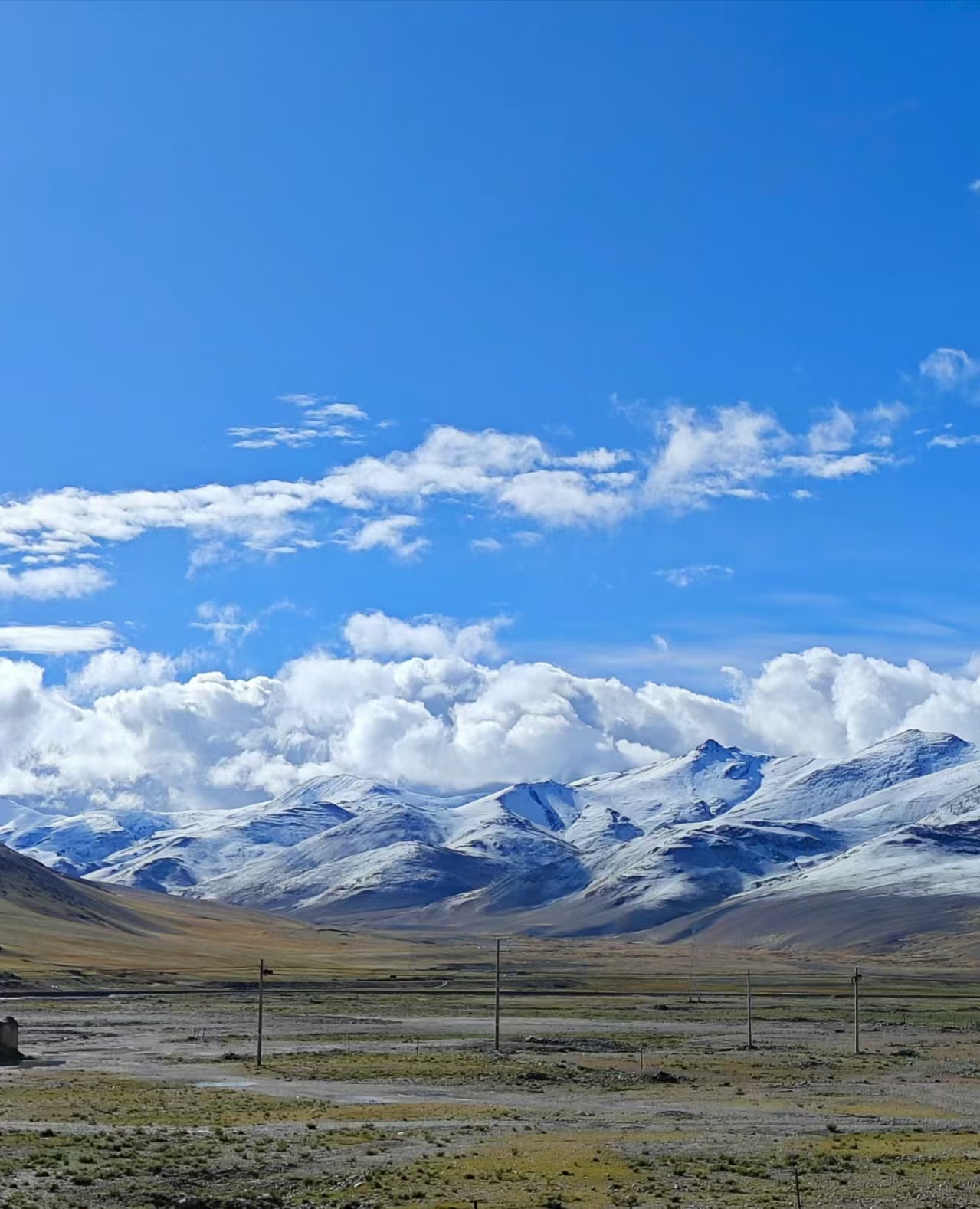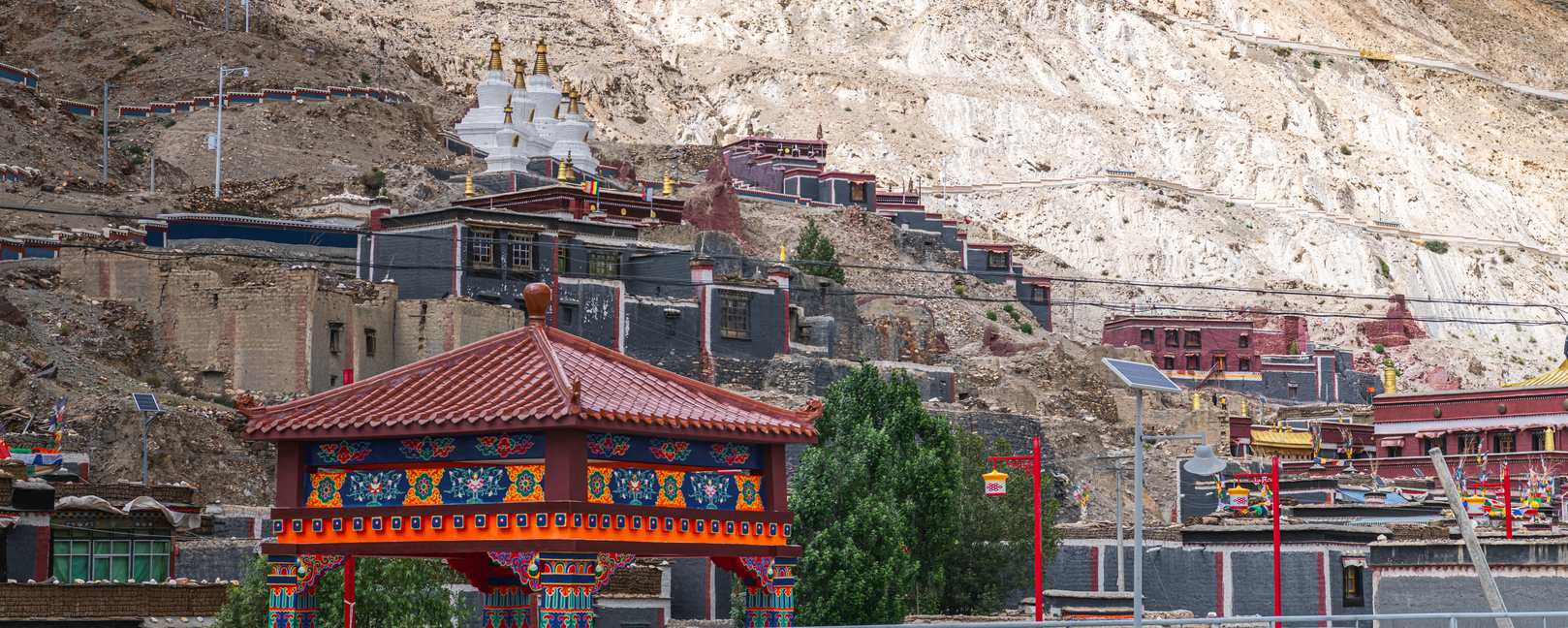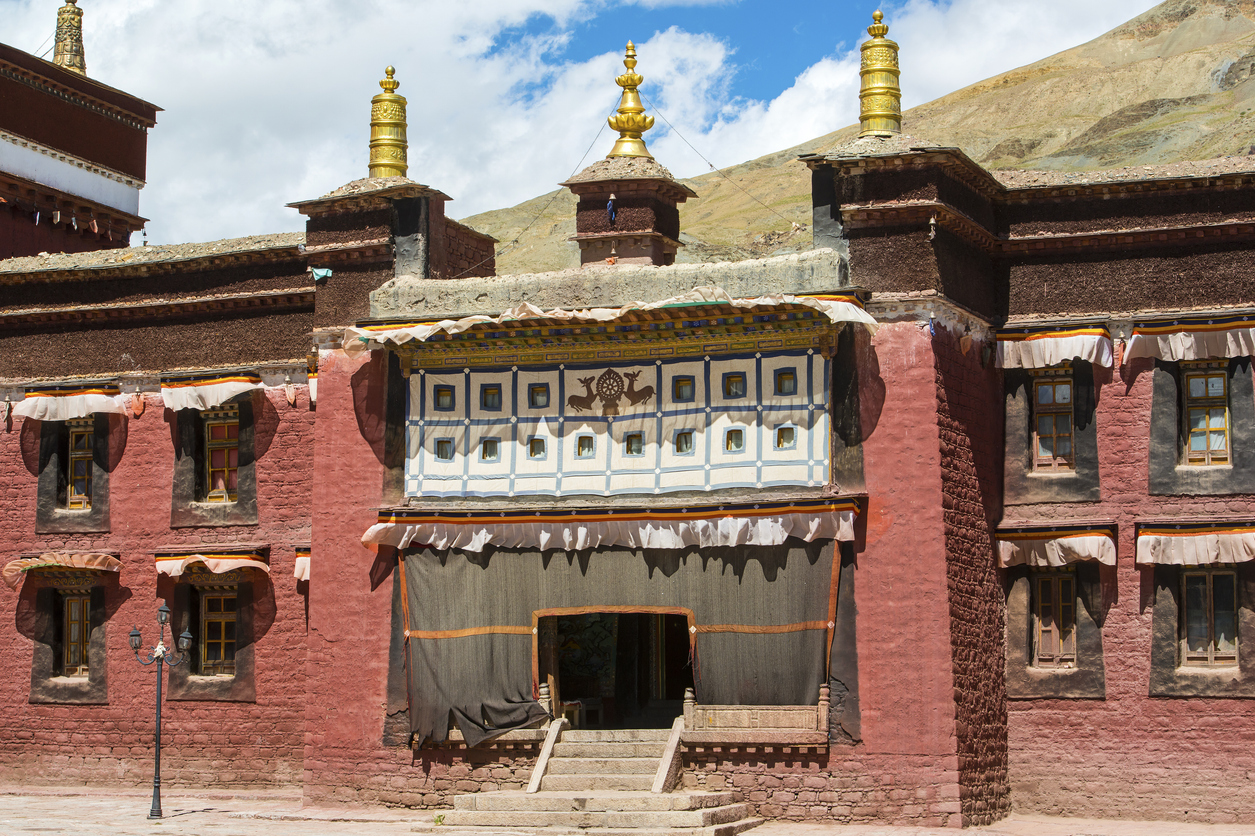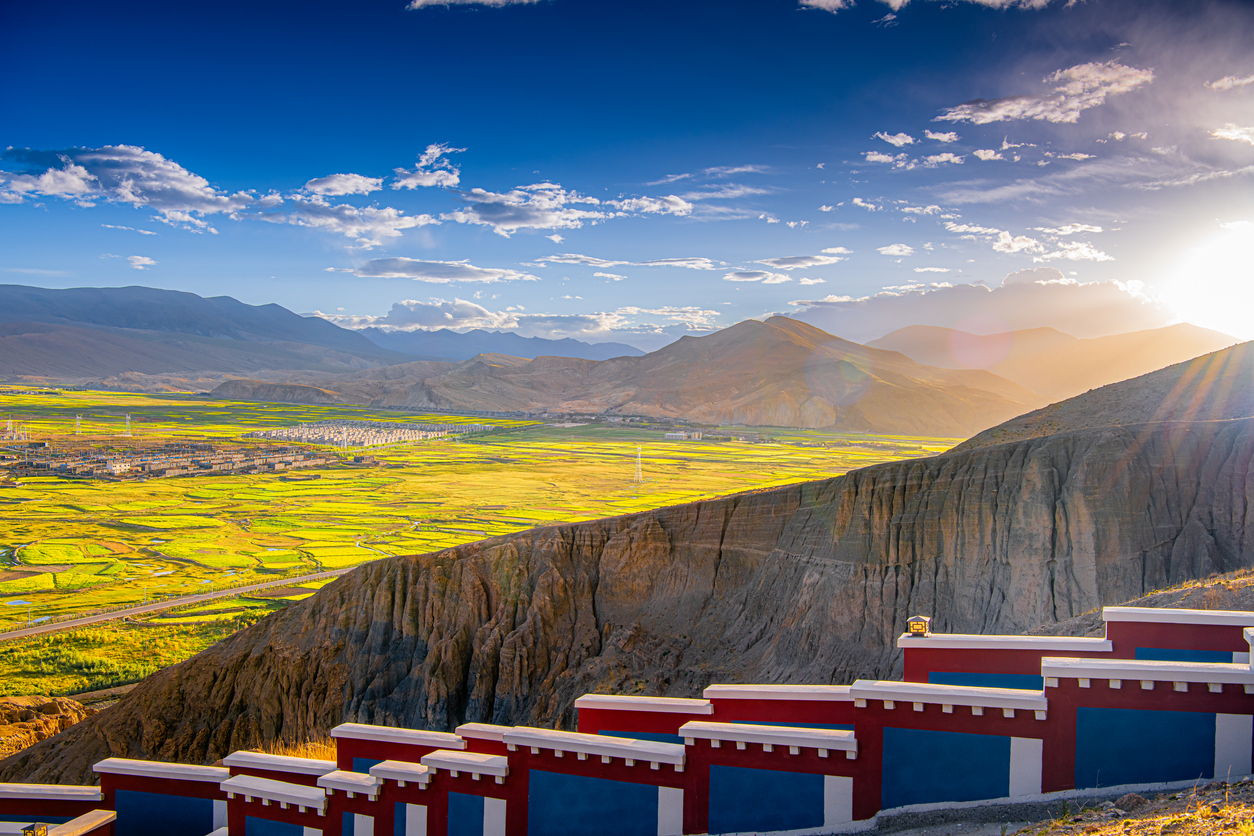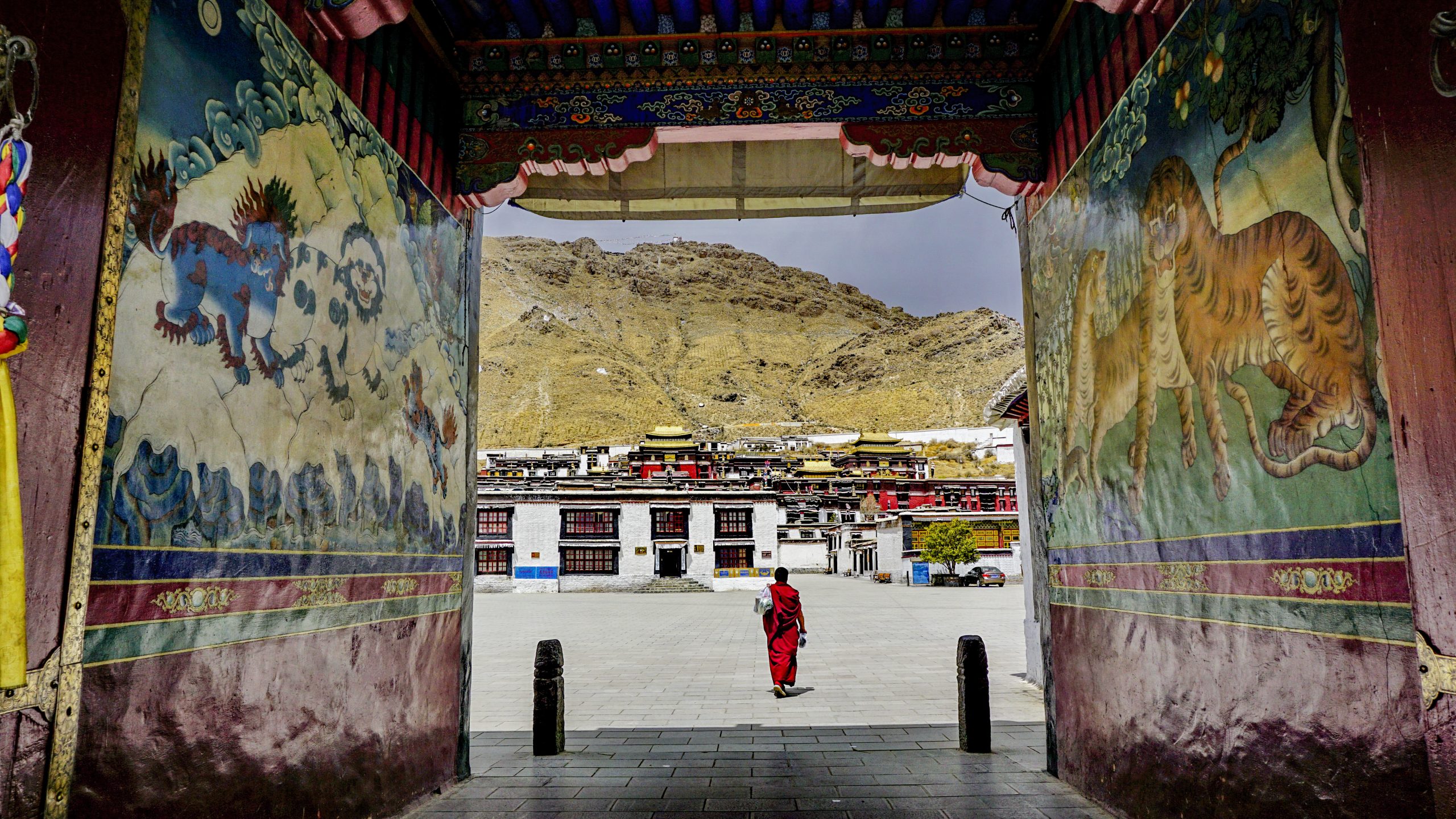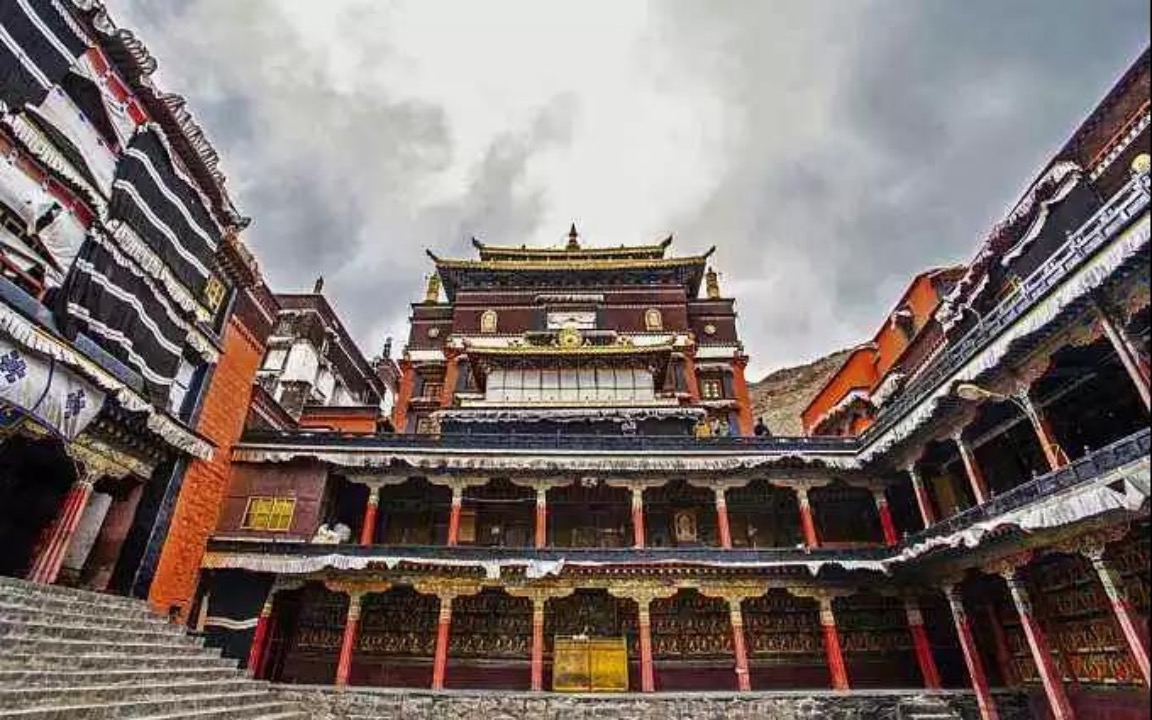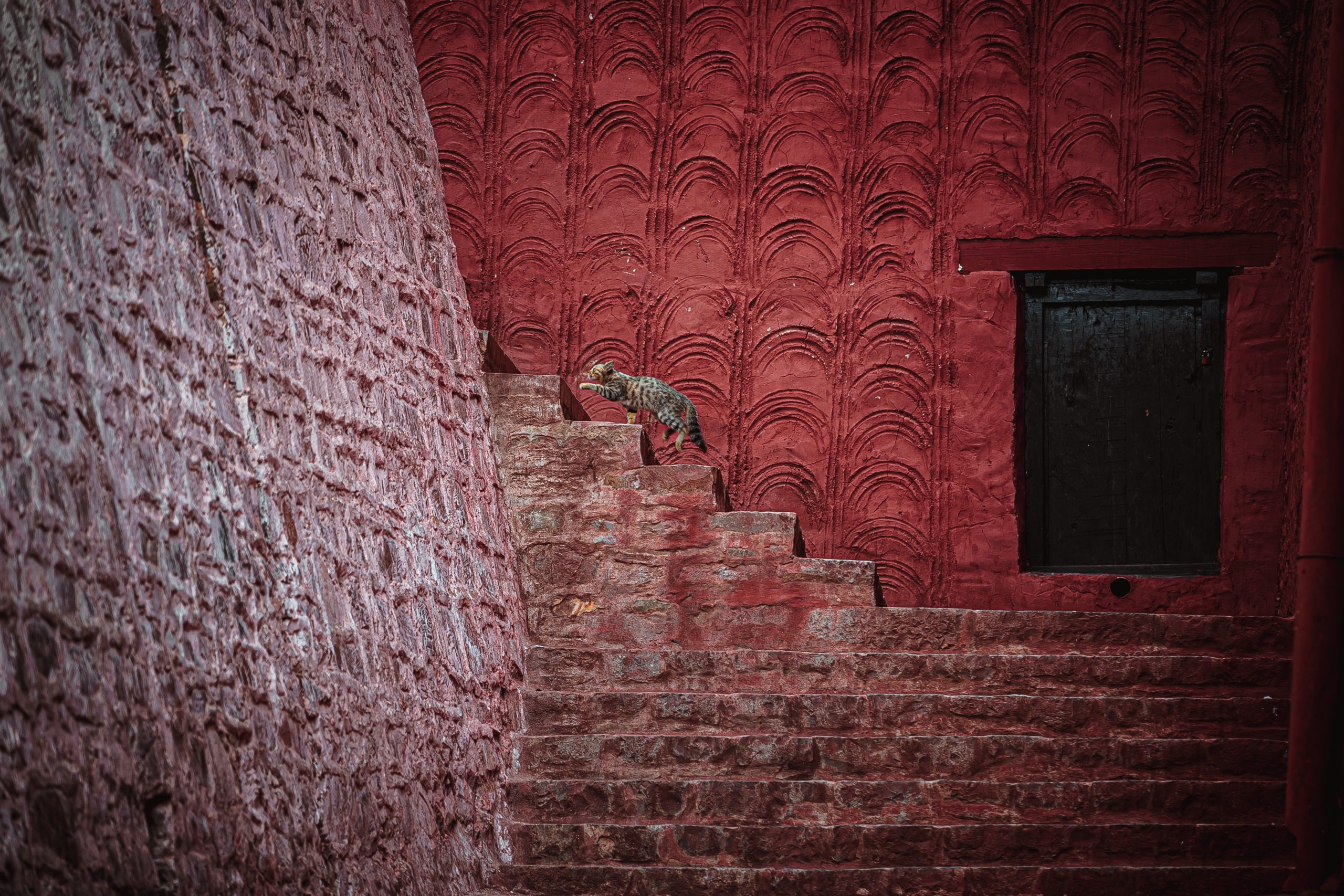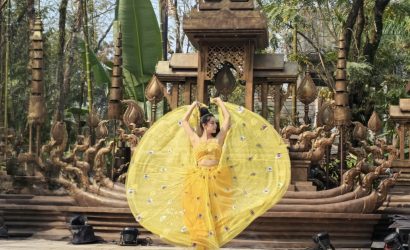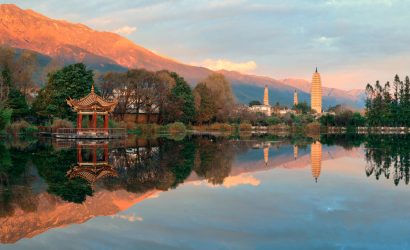The ultimate Tibet journey: Everest, Potala Palace, and holy lakes in 16 days.
-
Air-conditioned Coach
-
3-Star Hotels
-
Breakfast & Lunch
-
English, Chinese
-
Moderate to High
-
2-15
Editor's comment
I thought I knew Tibet from photos, but standing before Potala Palace, hiking under Everest, and watching sunrise over Lake Manasarovar felt unreal—like walking inside a legend. This journey wasn’t just sightseeing, it was a life milestone.
Highlights
- 🏰 Potala Palace – Step into Tibet’s golden wonder, once home to the Dalai Lama and filled with treasures.
- 🙏 Jokhang Temple & Barkhor Street – Join pilgrims at Tibet’s spiritual heart and stroll its vibrant marketplace.
- 💙 Yamdrok Lake – See one of the bluest, most breathtaking lakes on Earth, framed by snow-capped peaks.
- 🕍 Palcho Monastery & Kumbum Stupa – Explore Tibet’s grand “Ten-Thousand-Buddha Stupa” with 77 chapels.
- ⛰️ Everest Base Camp – Stand face-to-face with the world’s highest peak—an unforgettable bucket-list moment.
- 🕉️ Rongbuk Monastery – Visit the world’s highest monastery, set against the Everest skyline.
- 💎 Shishapangma & Paiku Co – Marvel at Tibet’s only 8,000m peak entirely in China and its sapphire-blue lake.
- 💧 Lake Manasarovar & Lake Rakshastal – Contrast Tibet’s most sacred lake with its mysterious “ghost lake.”
- 🌄 Kailash Kora & Zhire Monastery – Walk Tibet’s most sacred pilgrimage route at the “roof of the world.”
- 🏜️ Guge Kingdom & Zanda Earth Forest – Explore haunting ruins among surreal natural earth pillars.
- 📚 Sakya Monastery – See the “Sea of Wisdom” scripture wall with over 84,000 priceless texts.
- 🕉️ Tashilhunpo Monastery – Admire the seat of the Panchen Lamas and the world’s largest bronze Buddha.
Itinerary
Welcome to Lhasa, the Sunlight City of Tibet! Upon your arrival at Lhasa Railway Station or Lhasa Gonggar Airport, your friendly tour guide will greet you at the exit, holding a welcome board with your name and presenting you with a traditional Hada scarf. You will then be escorted by car to your carefully selected hotel in downtown Lhasa. The rest of the day is free for you to relax, rest, and gently acclimatize to the high-altitude environment.
Potala Palace: The World’s Sweetest Palace
Sitting at 3,700 meters (12,100 feet) above sea level, Potala Palace is a symbol of Tibetan Buddhism and ancient Tibetan architecture. Originally built in the 7th century, this towering structure was once the winter residence of the Dalai Lama and remains a sacred site for pilgrims.
The palace’s striking white walls are not just ordinary paint—they are coated with a unique mixture of honey, sugar, milk, and saffron. Every year, locals gather to refresh the walls, an act of devotion and tradition. Curious visitors even touch or taste the walls to confirm the legend!
Inside, the palace is a dazzling sea of gold. Nearly everything—stupas, chapels, and statues—is covered in real gold, with an estimated amount said to be enough to buy three entire cities the size of Shanghai.
Jokhang Temple: The Spiritual Center of Lhasa
Jokhang Temple is regarded as the spiritual center of Lhasa and the holiest temple in Tibet. It holds supreme significance for Tibetan Buddhists, drawing thousands of devoted pilgrims who prostrate themselves in worship.
Built in 647 AD, the temple enshrines its most sacred treasure: the life-sized 12-year-old Buddha Shakyamuni statue, brought by Princess Wencheng from China. This revered relic made Jokhang Temple a key center for Tibetan Buddhism.
Surrounding the temple, Barkhor Street grew into a thriving hub of commerce and culture. Pilgrims, merchants, and artisans transformed the area into the lively heart of Lhasa that continues to flourish today.
Karola Glacier: A Towering Ice Masterpiece
Resting at the foot of Mount Nojin Kangsang, one of Tibet’s four sacred mountains, Karola Glacier is a breathtaking sight. Towering at 7,191 meters, the snow-covered peaks remain frozen year-round, with layers of ice slowly shifting and forming magnificent glaciers.
Palcho Monastery: The King of Tibetan Stupas
Palcho Monastery is the only temple in Tibet that unites three major sects—Sakya, Gelug, and Buton—within a single complex. Alongside the Potala Palace in Lhasa and Sakya Monastery in Shigatse, it is considered one of Tibet’s three great artistic treasures.Built during the Ming Dynasty, the monastery houses well-preserved murals and clay sculptures from that era. Its most remarkable feature is the grand Kumbum Stupa, also known as the “Ten-Thousand-Buddha Stupa.” Standing nine stories high, it contains 77 chapels, 108 doorways, and an astonishing collection of over 100,000 Buddhist statues and sculptures.
Gyatso La Pass: Touching the Sky on the Road to Everest
At 5,248 meters (17,217 feet) above sea level, Gyatso La Pass is the highest point along the China–Nepal Friendship Highway and the official gateway to Everest National Nature Reserve. This isn’t just another mountain pass—it’s the moment your journey to the world’s highest peak truly begins.
Everest Base Camp: At the Foot of the World’s Highest Peak
Standing at the foot of Mount Everest (8,848 meters / 29,029 feet), you’ll find yourself face-to-face with the very roof of the world. Everest Base Camp (EBC) isn’t just a destination—it’s a once-in-a-lifetime moment where Earth meets sky in the most awe-inspiring way possible.
Rongbuk Monastery: The Highest Monastery on Earth
Perched at a staggering 5,154 meters (16,942 feet) above sea level, Rongbuk Monastery proudly holds the title of the world’s highest monastery. It’s also the only one where monks and nuns live together, making it truly unique.
Rongbuk has even had its moment of Hollywood fame. In the blockbuster 2012, its solemn silhouette appeared in the calm before global disaster, adding an air of mystery and grandeur to the scene.
Shishapangma: The Last of the 8,000ers
Soaring to 8,027 meters (26,335 feet), Shishapangma is the only 8,000-meter peak located entirely within China—and the last of these giants to be conquered by climbers. Its name in Tibetan means “harsh climate and ever-changing weather,” a fitting description for a mountain that guards its beauty fiercely. Surrounded by dazzling snow peaks and surreal ice pinnacles, Shishapangma feels like a secret frozen kingdom waiting for the bold to discover.
Paiku Co: The Sapphire of the Himalayas
At 4,590 meters (15,059 feet) above sea level, Paiku Co is the largest inland lake in the Everest Nature Reserve—a shimmering jewel surrounded by mountains on three sides. Its Tibetan name means “Auspicious Lake,” and it certainly lives up to it. From the shore, you can gaze across its crystal waters to the snow-covered peak of Shishapangma, creating a postcard-perfect view.
Lake Manasarovar: The Unconquerable Jade of Tibet
Nestled between the sacred Mount Kailash and the snow-clad Naimona’nyi Peak, Lake Manasarovar is the clearest freshwater lake in China and the crown jewel of Tibet’s three holy lakes. Revered as the “Mother of the World’s Rivers,” it is the ultimate spiritual destination for Tibetan pilgrims.
Lake Rakshastal: The Mysterious “Ghost Lake”
Separated from the holy freshwater Lake Manasarovar by just a single road, Lake Rakshastal offers a strikingly different scene. Its Tibetan name translates to “Poisonous Black Lake,” reflecting its slightly saline waters that neither humans nor animals can drink.
Gyiwu Monastery: Serenity Above the Sacred Lake
Perched on a hillside by the shores of Lake Manasarovar, Gyiwu Monastery may be modest in size, but it holds deep spiritual resonance. Legend says that Guru Rinpoche—a revered 8th-century Buddhist master—once meditated in a cave here for seven days, leaving a footprint in the rock that remains to this day.
Chugu Monastery: A Remote Sanctuary by the Sacred Lake
Set beside the holy Lake Manasarovar, Chugu Monastery faces the sacred Mount Kailash and rests under the shadow of Mount Naimona’nyi. With over 400 years of history, this modest monastery houses just over a dozen monks and is surrounded by miles of empty wilderness.
Perched at 4,500 meters (14,760 feet), it stands in a place of cold winds, thin air, and complete isolation—perfect for those seeking a glimpse of pure spiritual solitude.
Serelung Monastery: A Drikung Kagyu Jewel on Lake Manasarovar’s Eastern Shore
Located on the eastern bank of the sacred Lake Manasarovar, Serelung Monastery belongs to the Drikung Kagyu school of Tibetan Buddhism. Its peaceful setting, with the lake’s shimmering waters at its feet and distant snow peaks on the horizon, makes it a serene stop for both pilgrims and travelers.
Zhire Monastery: Key Rest Stop on the Kailash Kora
Perched at 5,080 meters (16,666 feet) above sea level, Zhire Monastery faces the stark northern slopes of the sacred Mount Kailash, with rugged peaks as its backdrop. Once a humble stop for local pilgrims, it has now become the most important overnight halt for travelers on the Kailash kora—whether they take the traditional three-day route or the faster two-day trek. Its location offers one of the best vantage points to admire Mount Kailash in all its grandeur.
Zutrul Monastery: Third Stop on the Kailash Kora
Located at 4,810 meters (15,780 feet) in Purang County, Zutrul Monastery sits on the eastern side of Mount Kailash along the kora route. Facing east toward the gentle flow of the Zhongqu River, it’s just a short climb from the nearby pilgrims’ guesthouse to the main hall. Steeped in history and legends tied to Mount Kailash, Zutrul is the third monastery encountered on the sacred circuit, offering both spiritual pause and sweeping mountain views.
Darchen: Gateway to the Kailash Kora
Perched between the southern slopes of Mount Kailash and the northern shore of Lake Manasarovar at around 4,600–4,700 meters (15,100–15,400 feet), Darchen is the starting and ending point of the sacred Kailash kora. Its name means “Great Prayer Flag” in Tibetan, reflecting its role as a gathering place for pilgrims from across the Himalayas. While Kailash itself is hidden from view here, Darchen offers stunning sunrises and sunsets over the nearby Mount Naimona’nyi.
Tholing Monastery: The “Sky Monastery” of the Ancient Guge Kingdom
Founded in 996 AD on the banks of the Sutlej River in Zanda County, Tholing Monastery was the first Buddhist monastery built in the Ngari region of western Tibet. Its name means “Flying in the Sky, Never Falling,” a poetic nod to its lofty setting and enduring spirit. As the religious center of the ancient Guge Kingdom, it played a pivotal role in the revival of Tibetan Buddhism during the later dissemination period.
Zanda Earth Forest: The World’s Largest Natural Sculpture Garden
Covering around 2,464 square kilometers, the Zanda Earth Forest is the world’s largest and most striking formation of earth pillars. These natural “trees” rise in all shapes and sizes, some towering like castle walls, others tapering into spires — a landscape so surreal it feels like walking through a kingdom carved by giants.
There are no paved roads here; visitors follow winding natural trails through labyrinthine valleys. A thousand years ago, this land was home to the mighty Guge Kingdom, a civilization that flourished and then mysteriously vanished about 300 years ago, leaving only ruins scattered among the pillars.
Guge Kingdom — Tibet’s Lost Kingdom Among the Earth Pillars
Deep in Tibet’s vast Zanda Earth Forest lies the haunting ruins of the ancient Guge Kingdom. Founded around the 10th century by Tubo dynasty descendants, this kingdom thrived for over 700 years before mysteriously disappearing in the 17th century. Legend says tens of thousands vanished overnight, leaving behind a silent city of crumbled palaces and temples. Surrounded by towering natural earth pillars, Guge offers a surreal glimpse into Tibet’s forgotten past.
Qionglong Silver City — The Ancient Mystery of Tibet’s Shangshung Civilization
Nestled by the Xiangquan River, Qionglong Silver City is a vast, ancient ruin believed to be the capital of the legendary Shangshung Kingdom—older and even grander than the famous Guge Kingdom. Unlike Guge, it holds few artifacts or murals, but thousands-year-old caves and castle-like structures rise dramatically among towering cliffs. This hidden highland secret features giant canyons, colorful calcified terraces, and steaming hot springs, telling stories of a mysterious civilization that thrived 4,000 years ago.
Sakya Monastery – The “Dunhuang of Tibet”
In the quiet heart of Shigatse, Sakya Monastery rises from the land it’s named after—Sa meaning “earth” and Kya meaning “gray-white soil.” Founded in 1073, it has stood for nearly a thousand years, safeguarding not just Tibetan Buddhism, but an unparalleled treasury of knowledge. Behind its great assembly hall lies the legendary Sea of Wisdom Scripture Wall—a towering, 60-meter-long bookshelf holding over 84,000 volumes of priceless scriptures.
Tashilhunpo Monastery – The “Little Potala Palace
”In the historic city of Shigatse, Tashilhunpo Monastery stands as the largest monastery in the region and the revered seat of successive Panchen Lamas. Founded in 1447, it is famed for housing the world’s largest bronze sitting statue — the 30-meter-tall Maitreya Buddha — whose eyebrows alone are adorned with 1,400 diamonds and pearls. Within its golden-roofed halls lie resplendent stupas of past Panchen Lamas, alongside treasures of gold, silver, and centuries-old Buddhist scriptures.
Your guide will transfer you to the airport, marking the end of your memorable journey. Safe travels and see you next time!
What’s Included
- Breakfast & Lunch
- Hotel accommodations
- Professional English-speaking tour guide
- Drivers & air-conditioned vehicles
- Entrance fees to tourist sites
What’s Excluded
- International and domestic airfares or train fares
- China Visa fee
- Travel and medical insurance
- Gratuities to guides and drivers
No, all foreigners must join a guided tour or hire a licensed guide to enter Tibet. Independent travel is not allowed.
Yes, you can fly into Lhasa from major Chinese cities or take the Qinghai-Tibet Railway for a scenic train journey.
Travelers usually fly from Kathmandu to Lhasa, as overland routes are restricted and require special permits.
Tibet has a high-altitude plateau climate with strong sun, dry air, and cold nights; summer is mild, and winter is very cold.
Tibetan is the main language, while Mandarin Chinese is widely understood in cities and tourist areas. English is limited outside guided tours.
Travel is restricted due to permits, high altitude, and limited infrastructure for foreigners, making planning essential.
Yes, Tibet is generally safe, but travelers should follow guides’ advice and respect local customs.
The high altitude (above 11,000 ft / 3,400 m) can cause shortness of breath and altitude sickness for some visitors.
Travelers with heart or blood pressure issues should consult a doctor before visiting due to altitude effects.
Yes, most hotels provide hot showers, but some remote guesthouses may have limited facilities.
Yes, alcohol is available, but many travelers prefer to drink moderately due to altitude effects.

